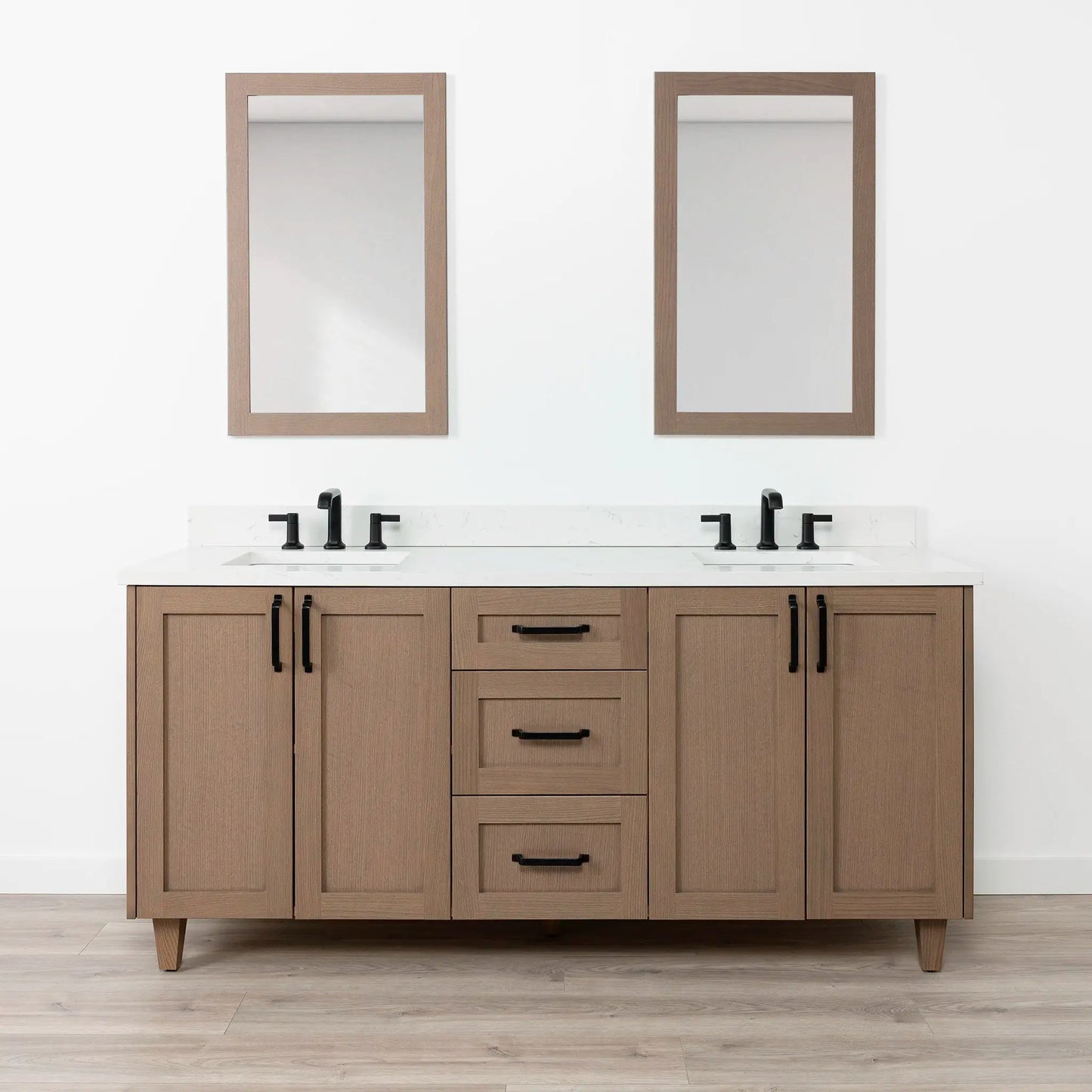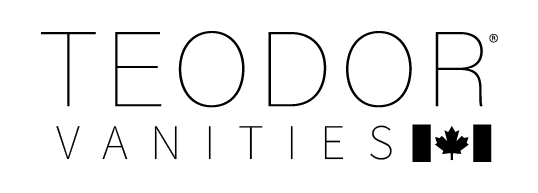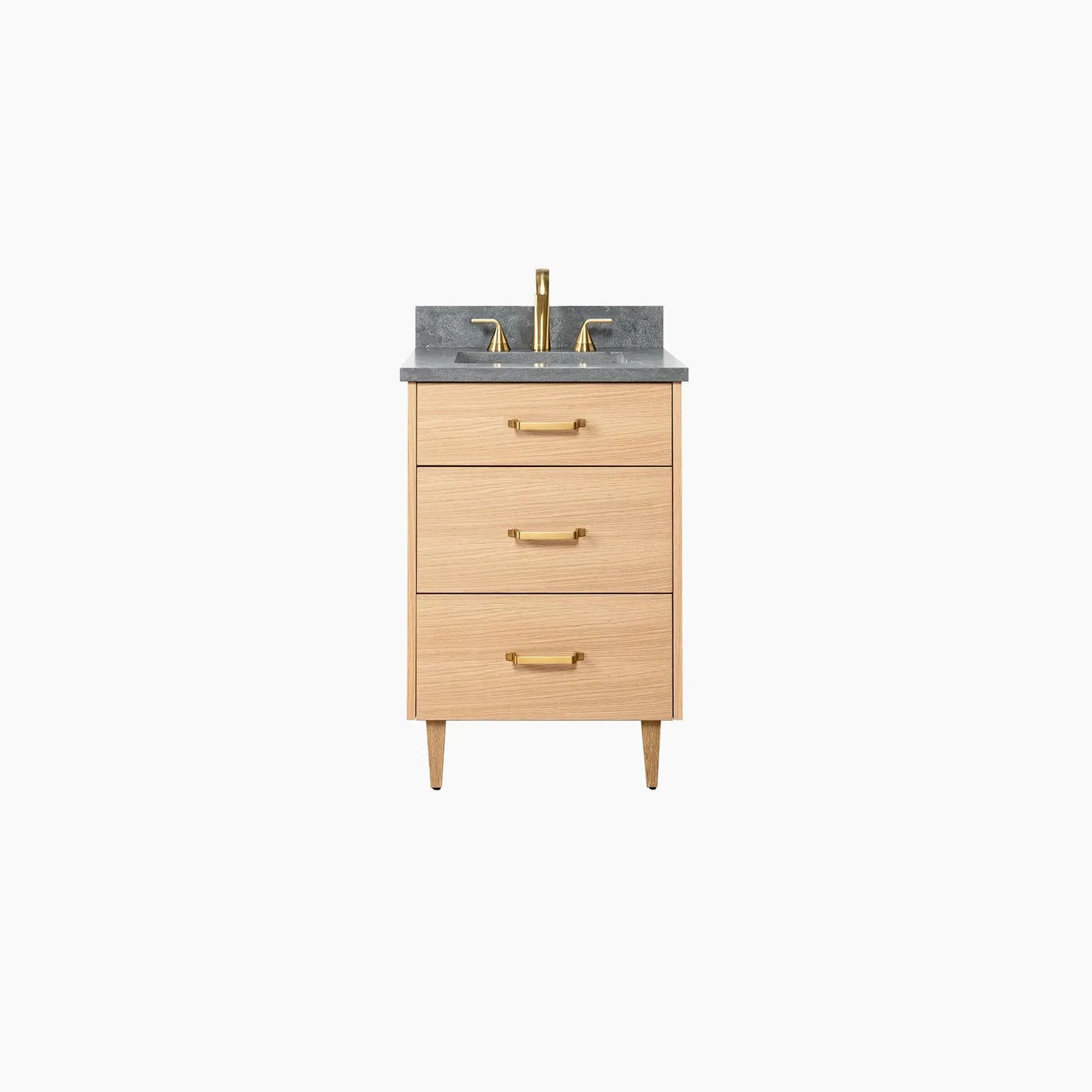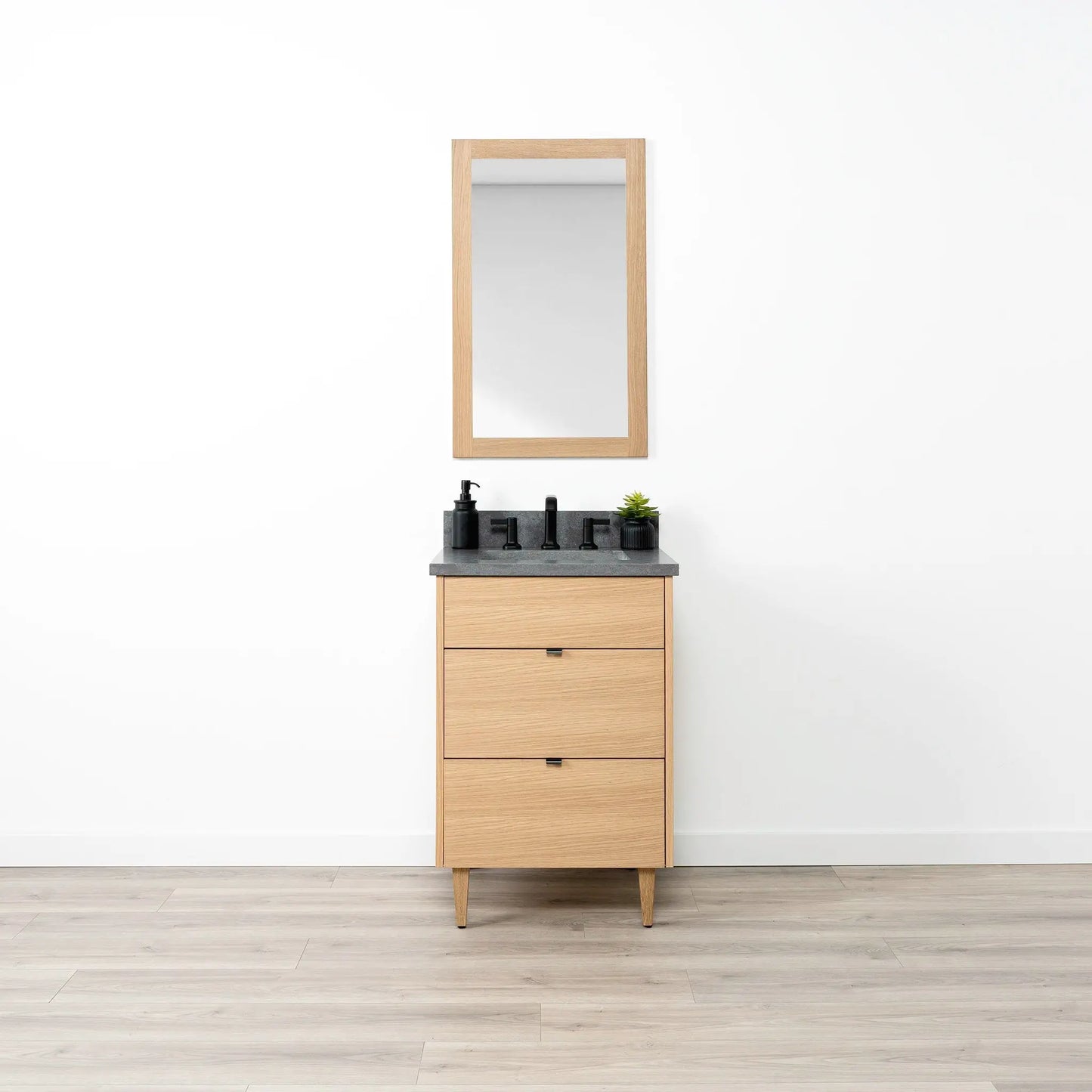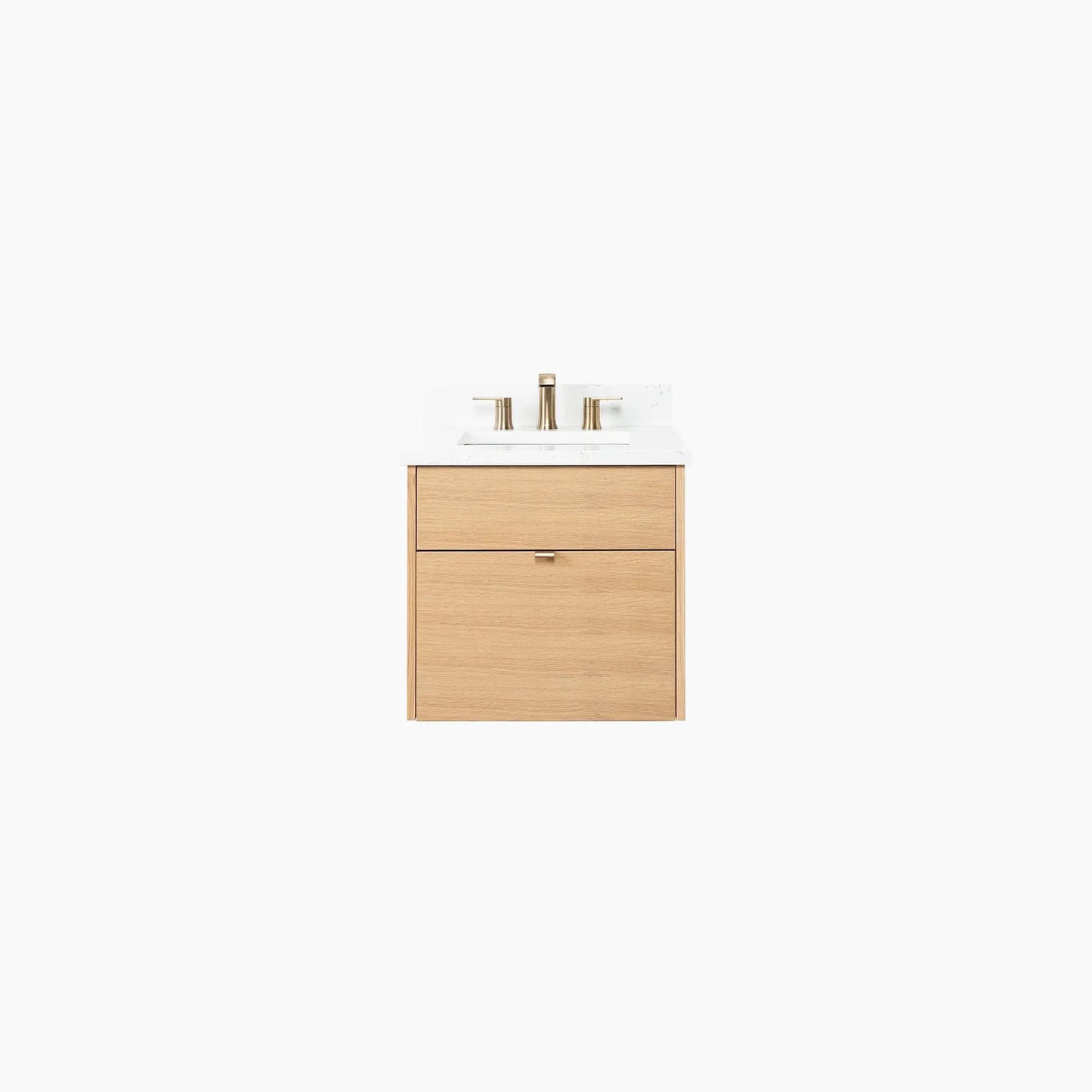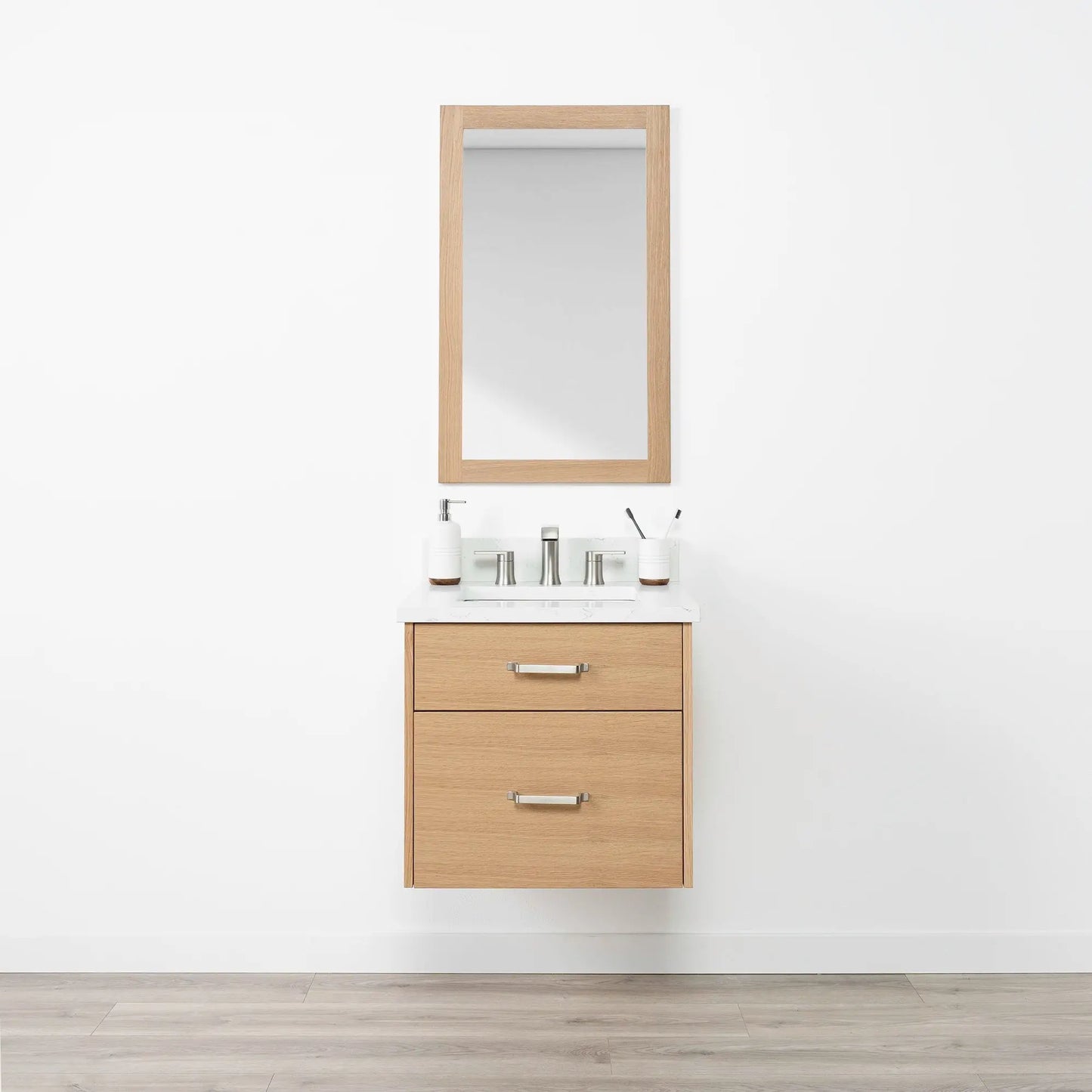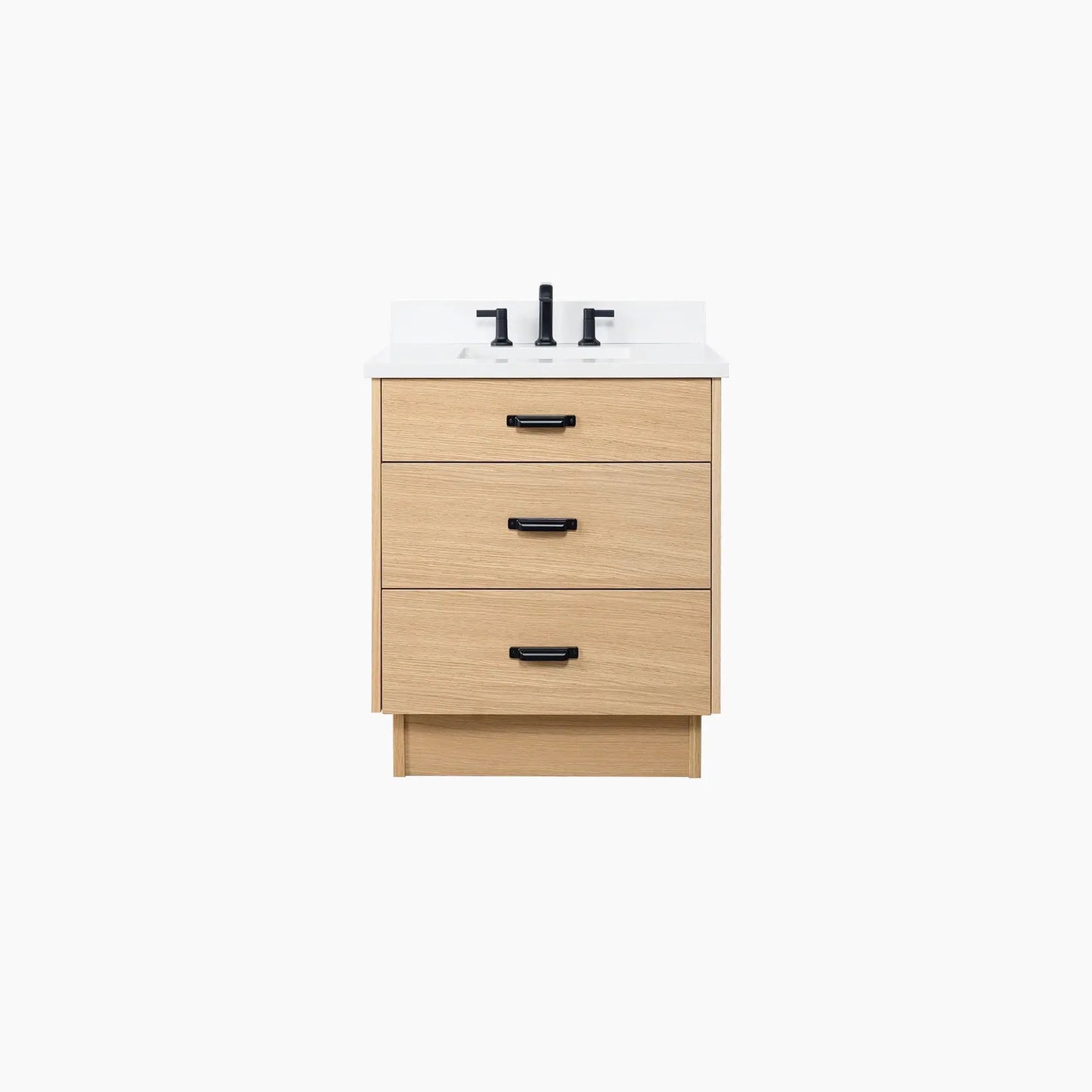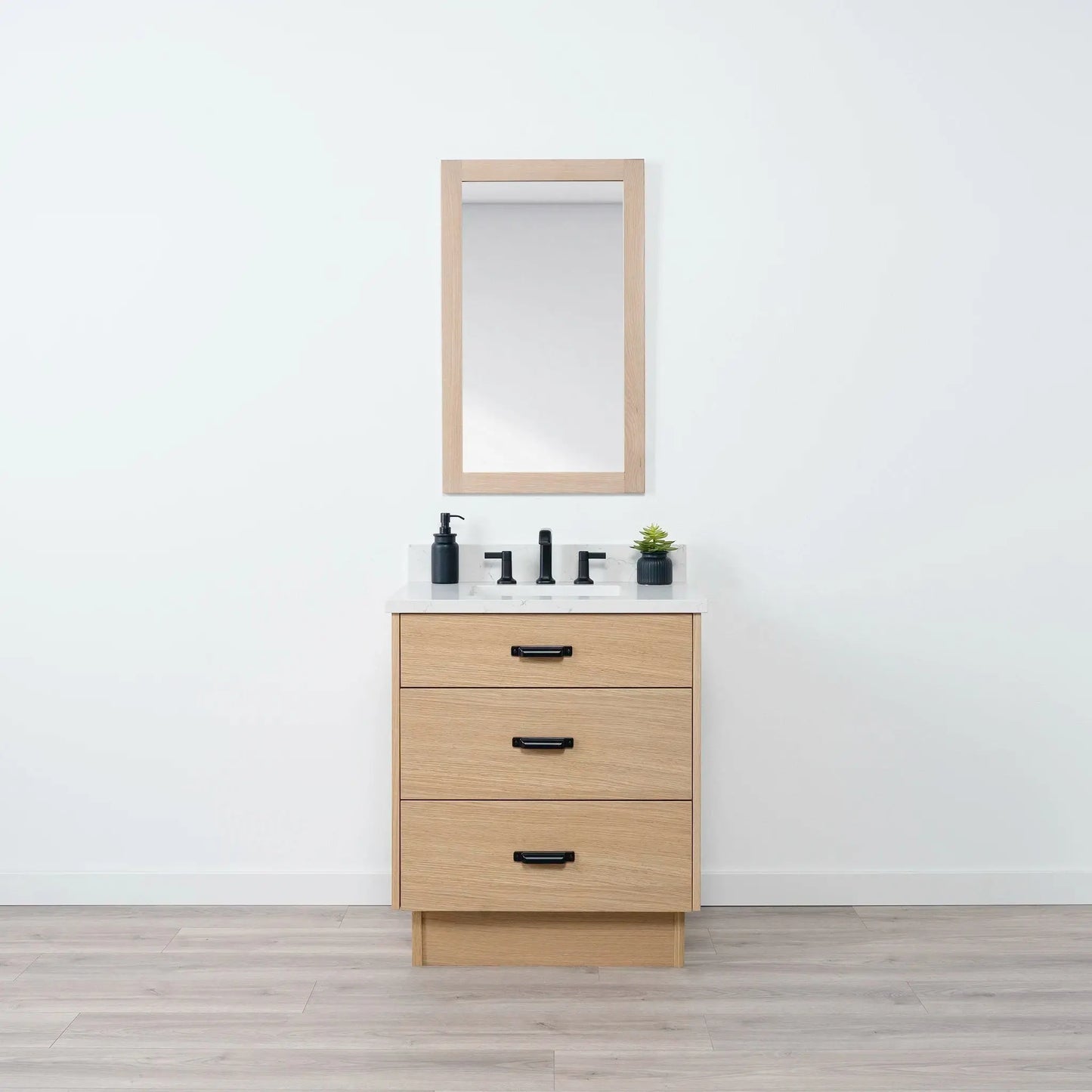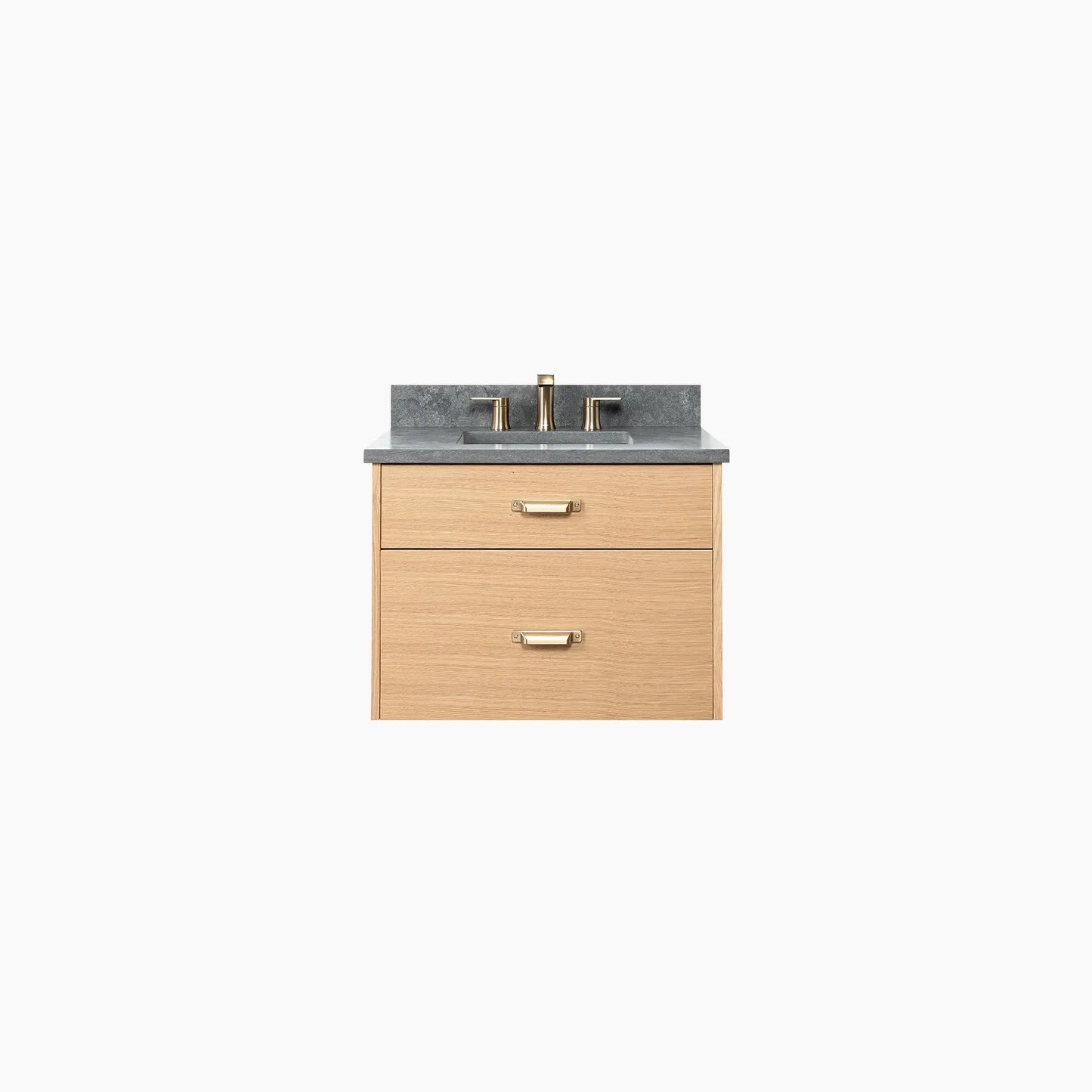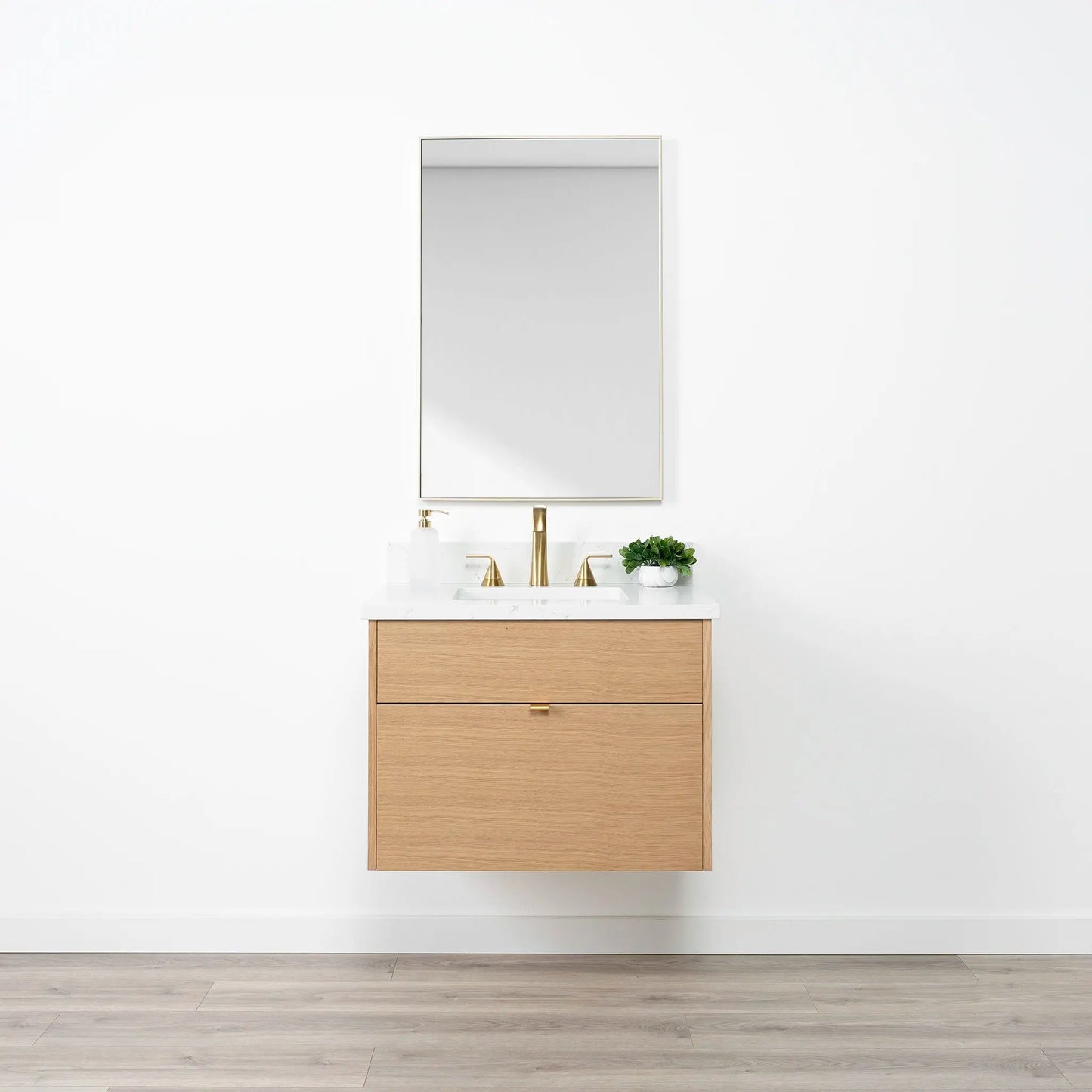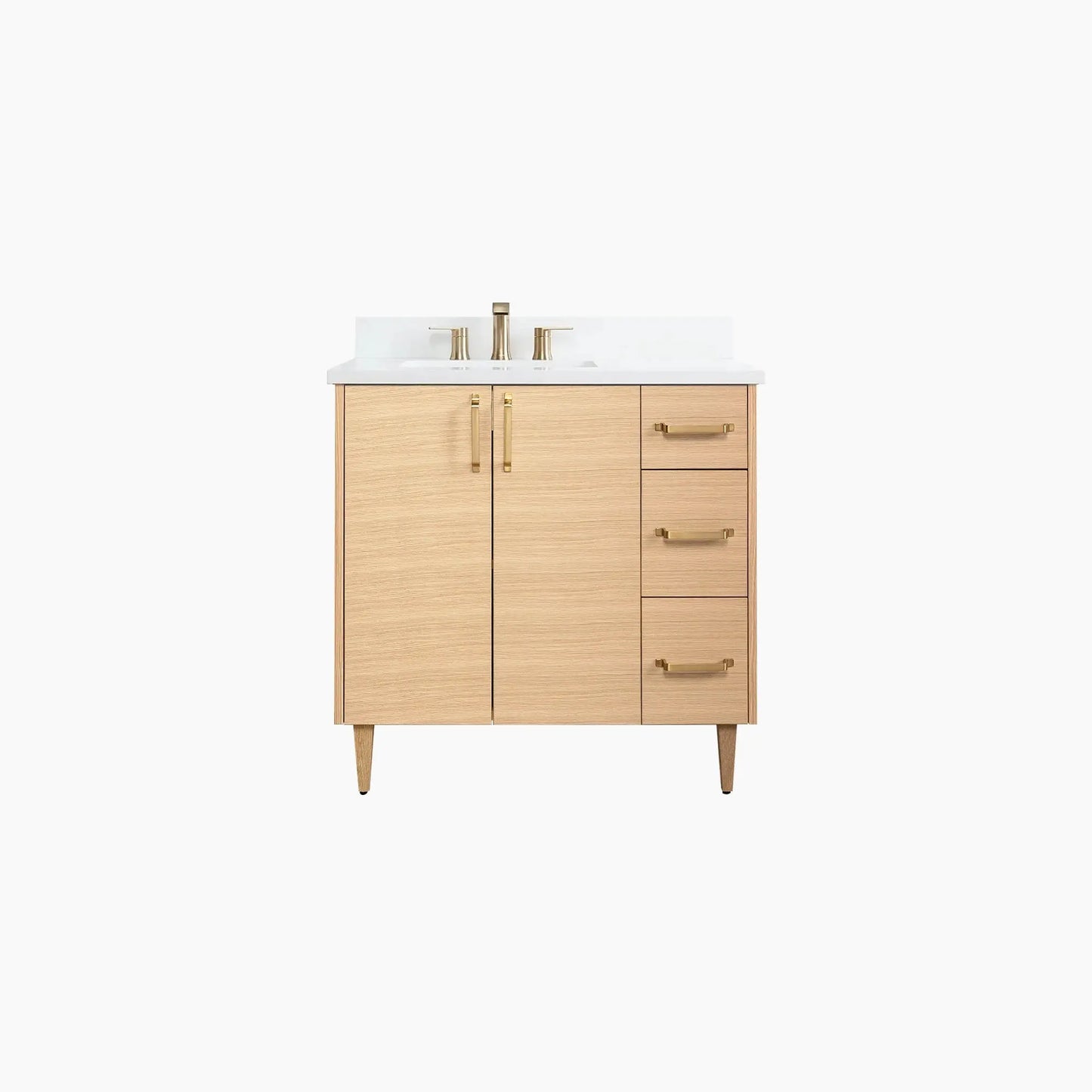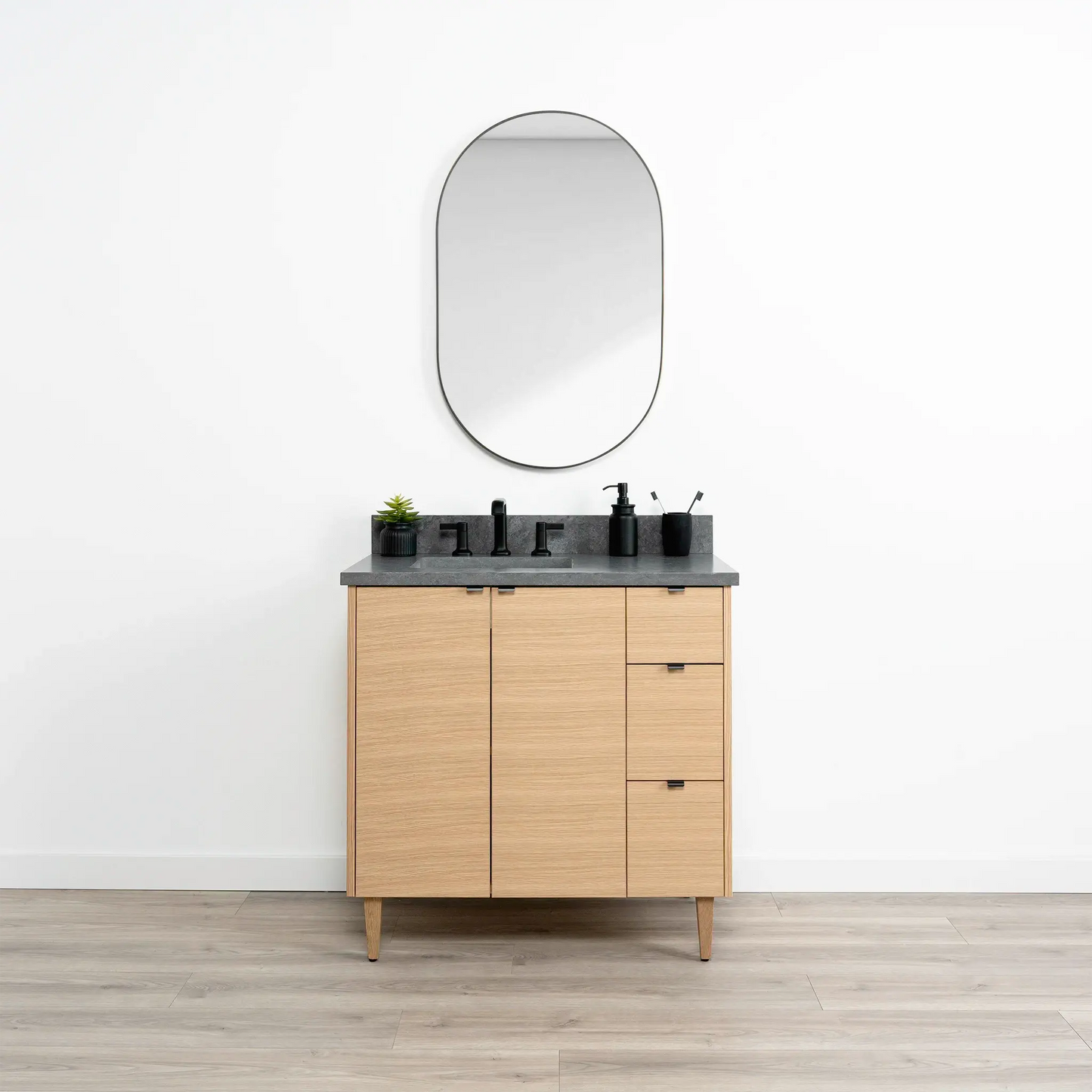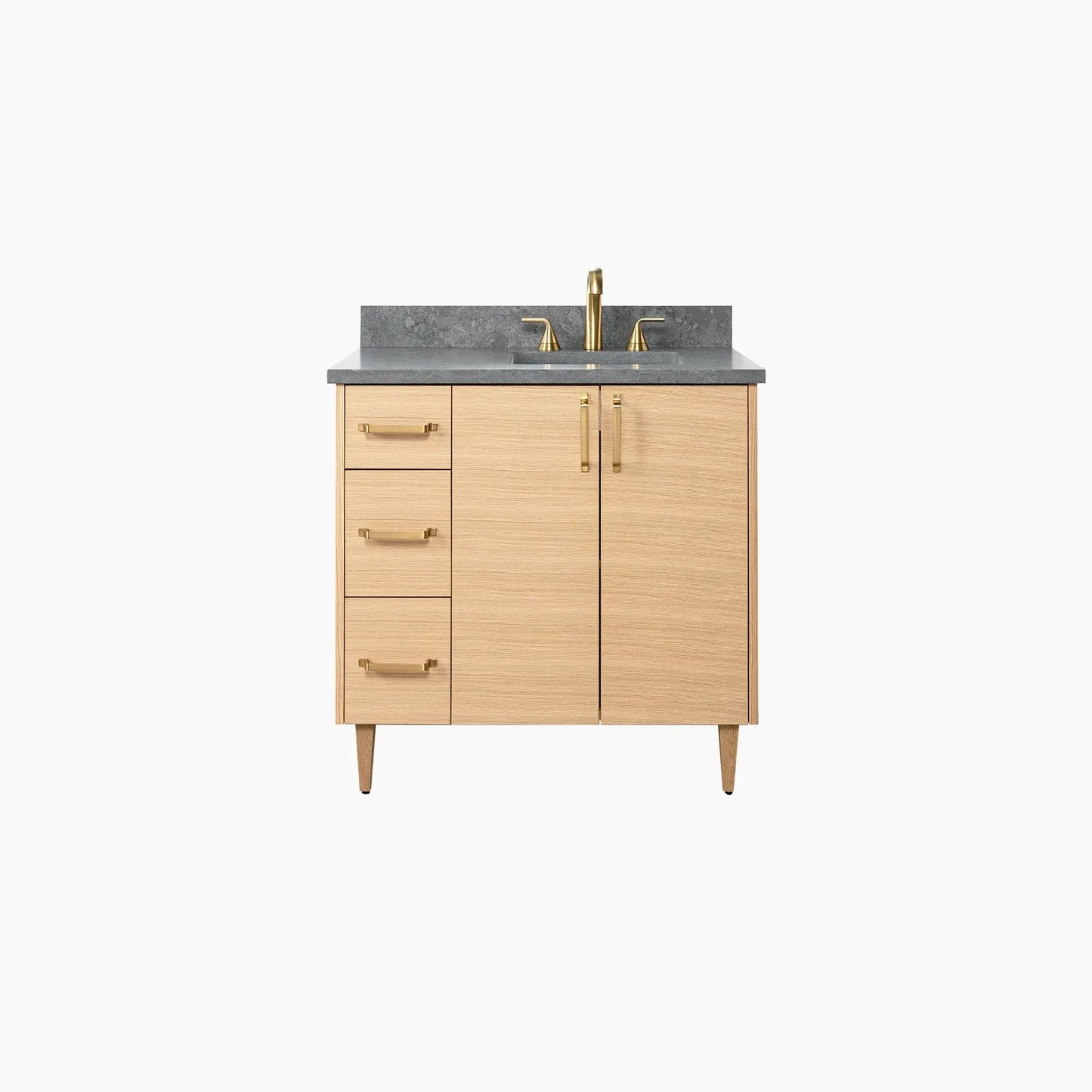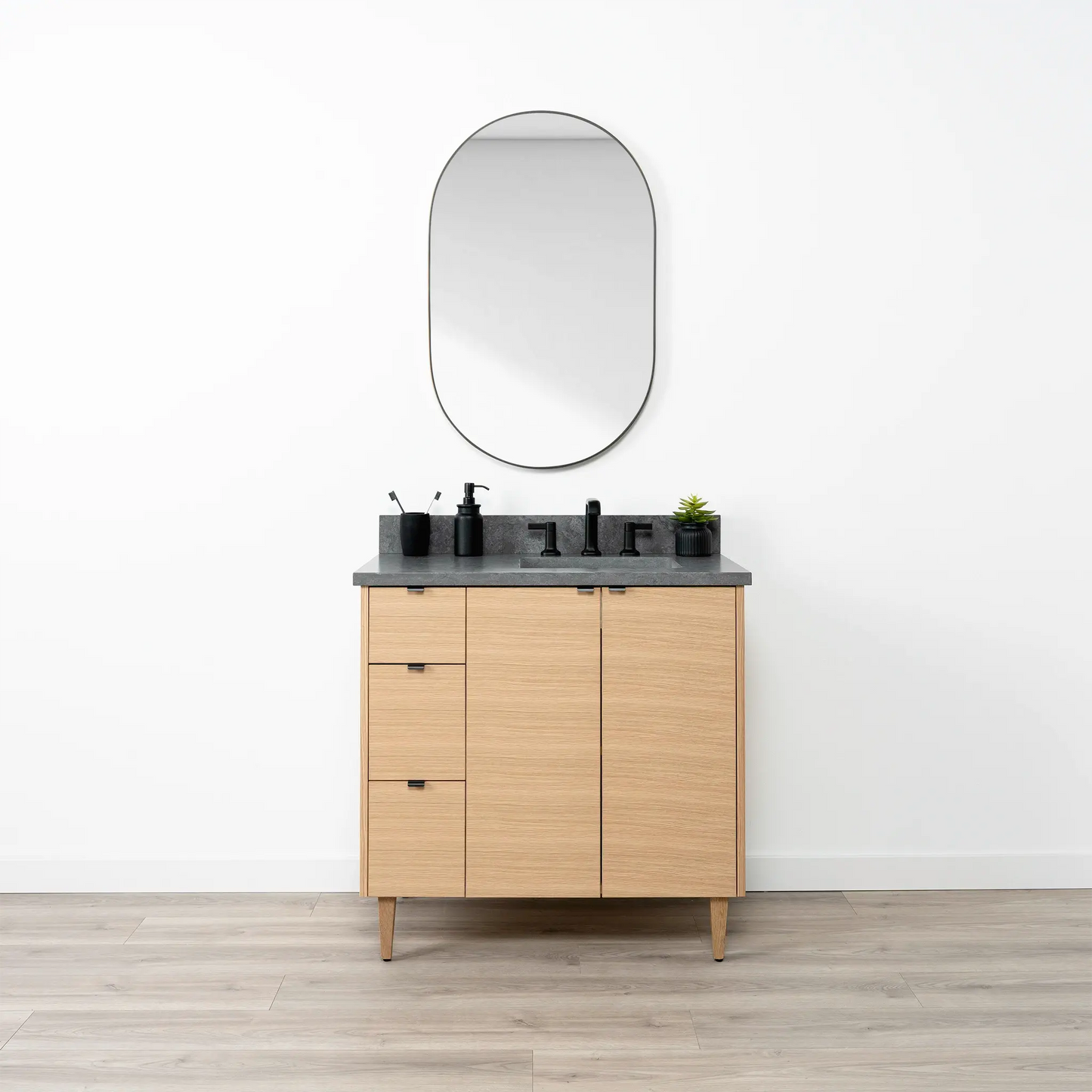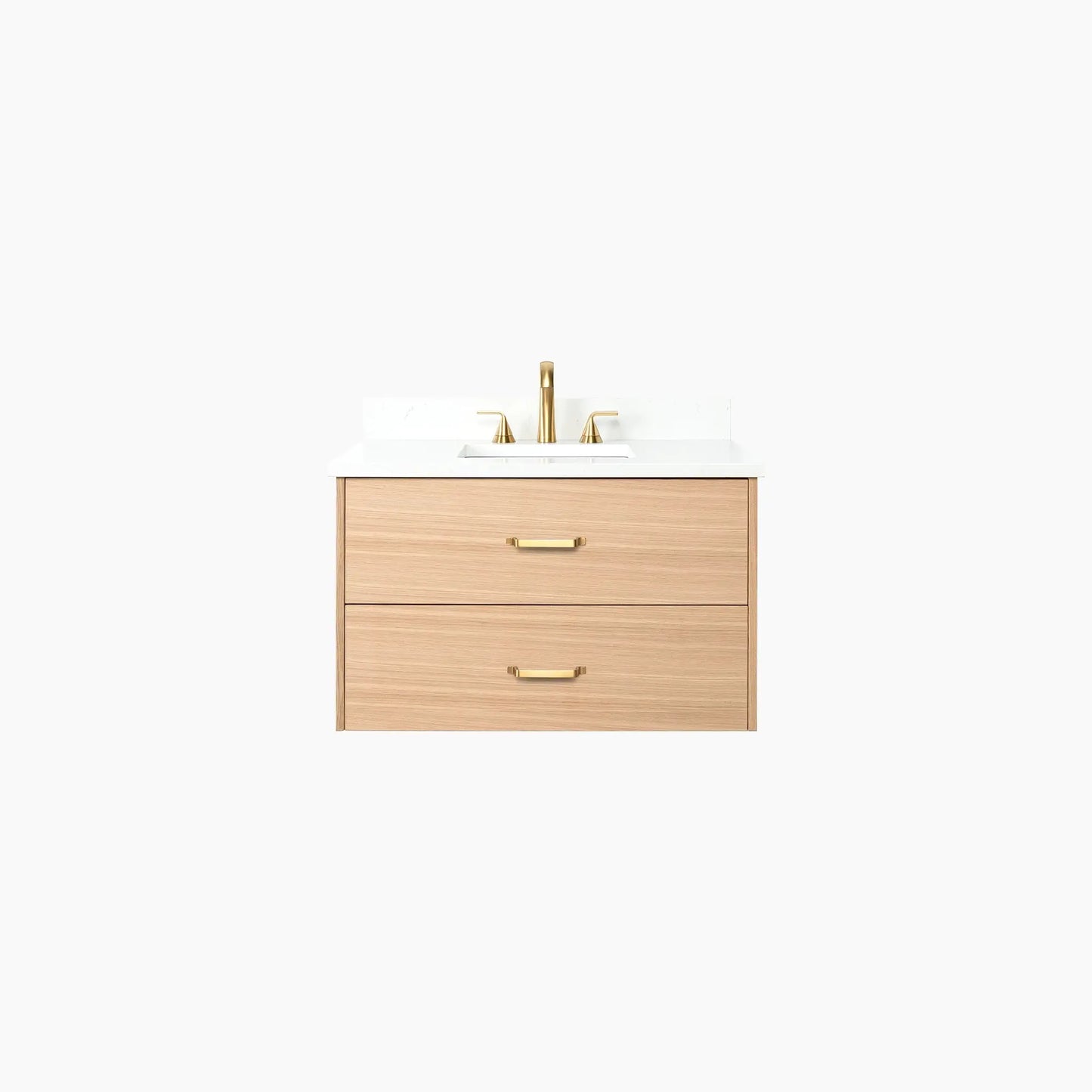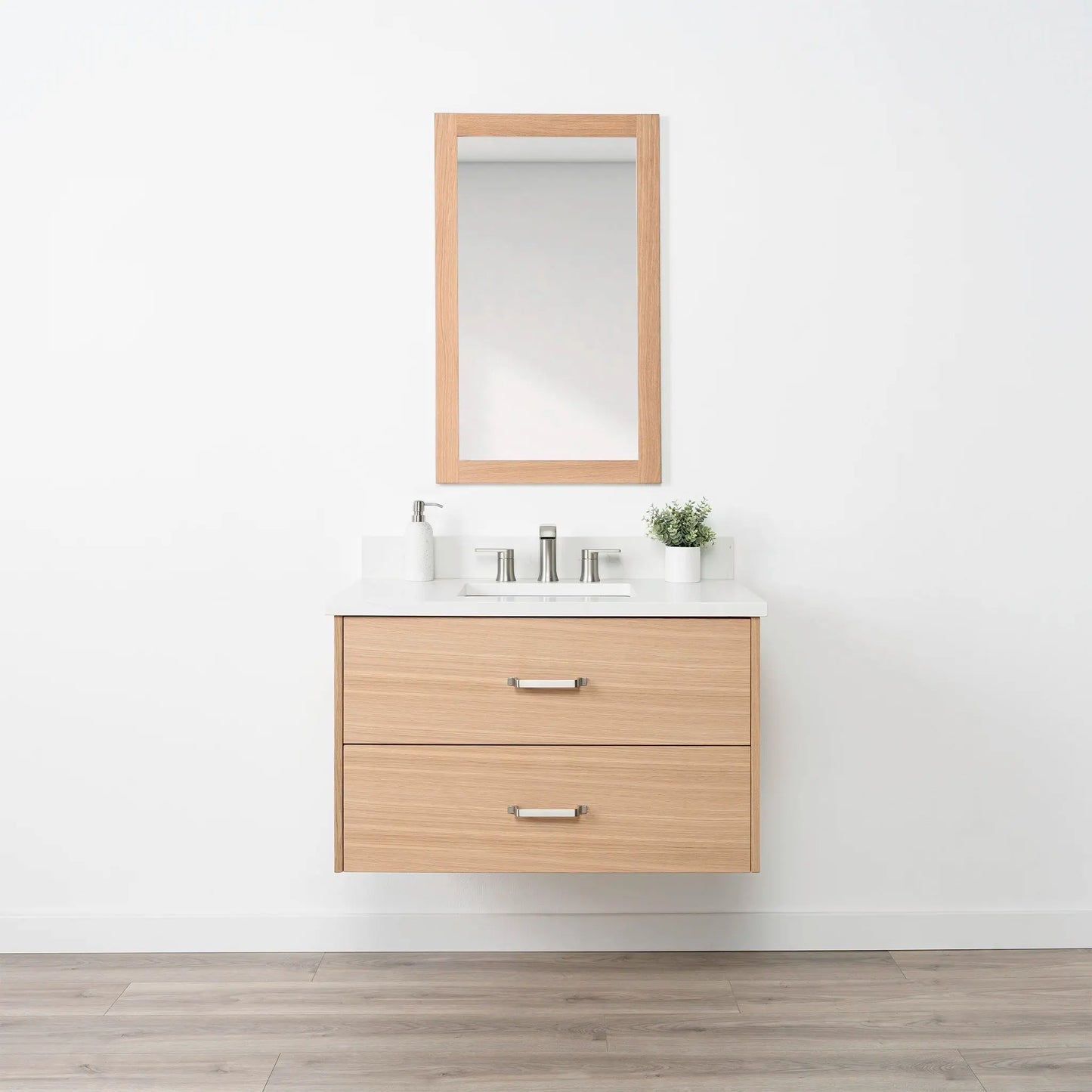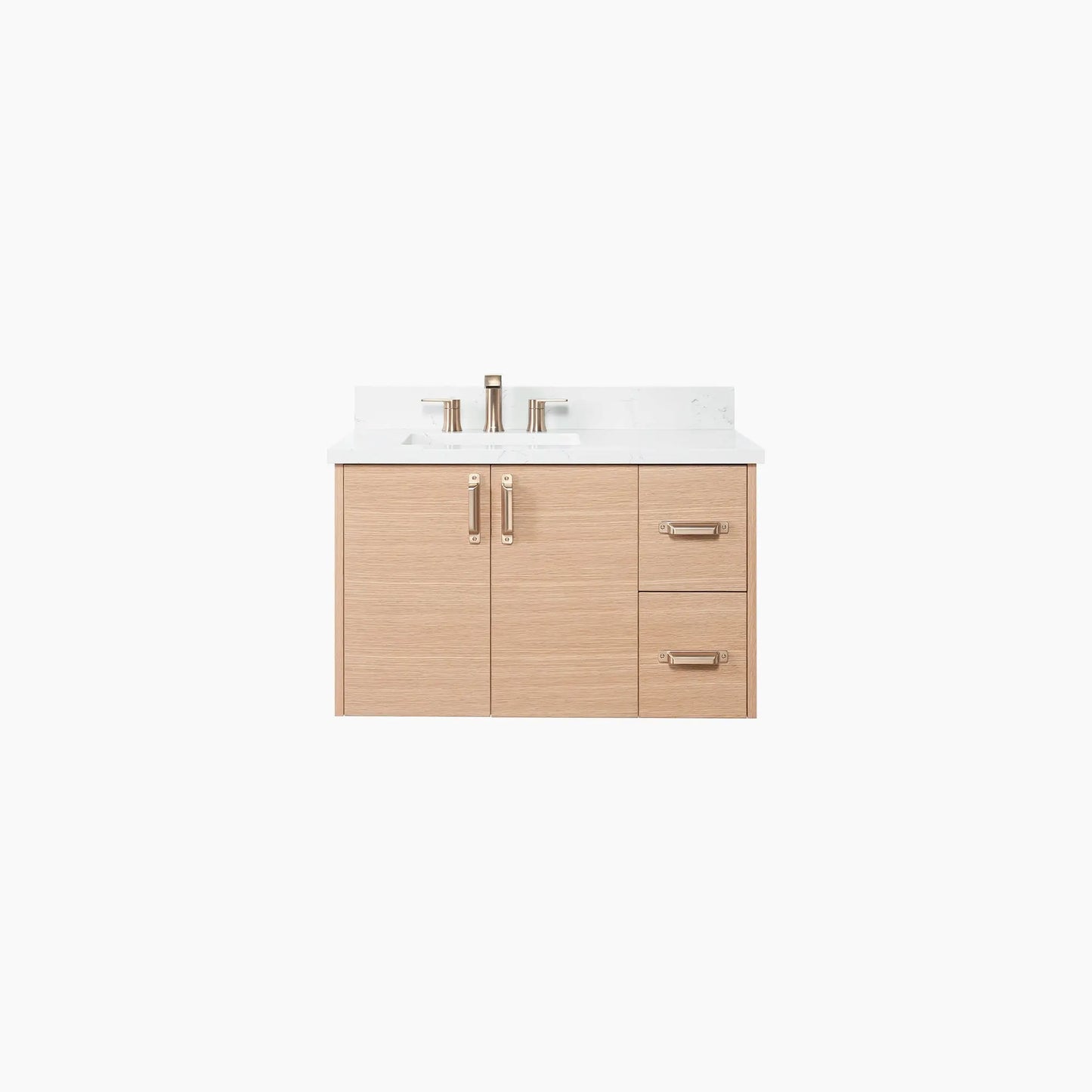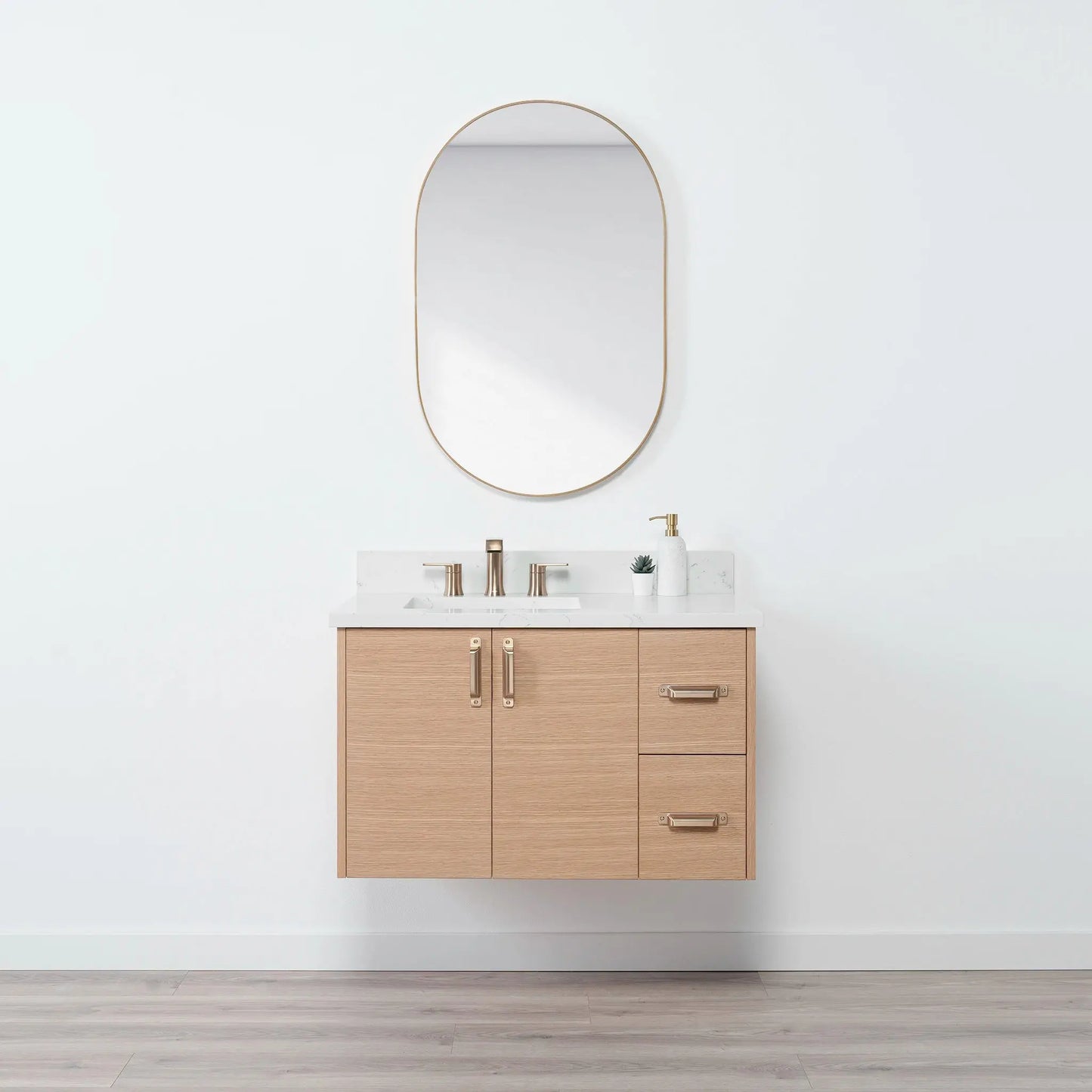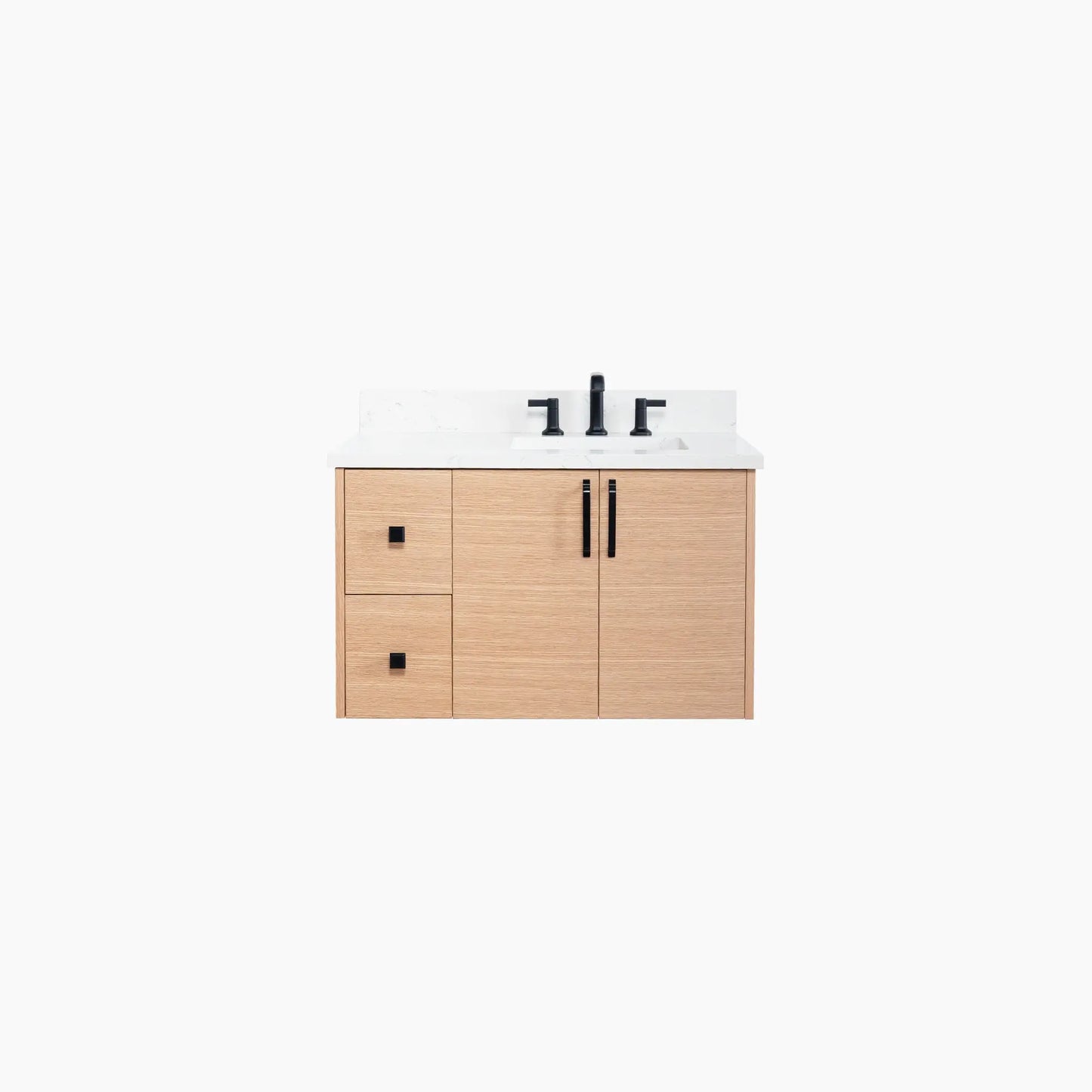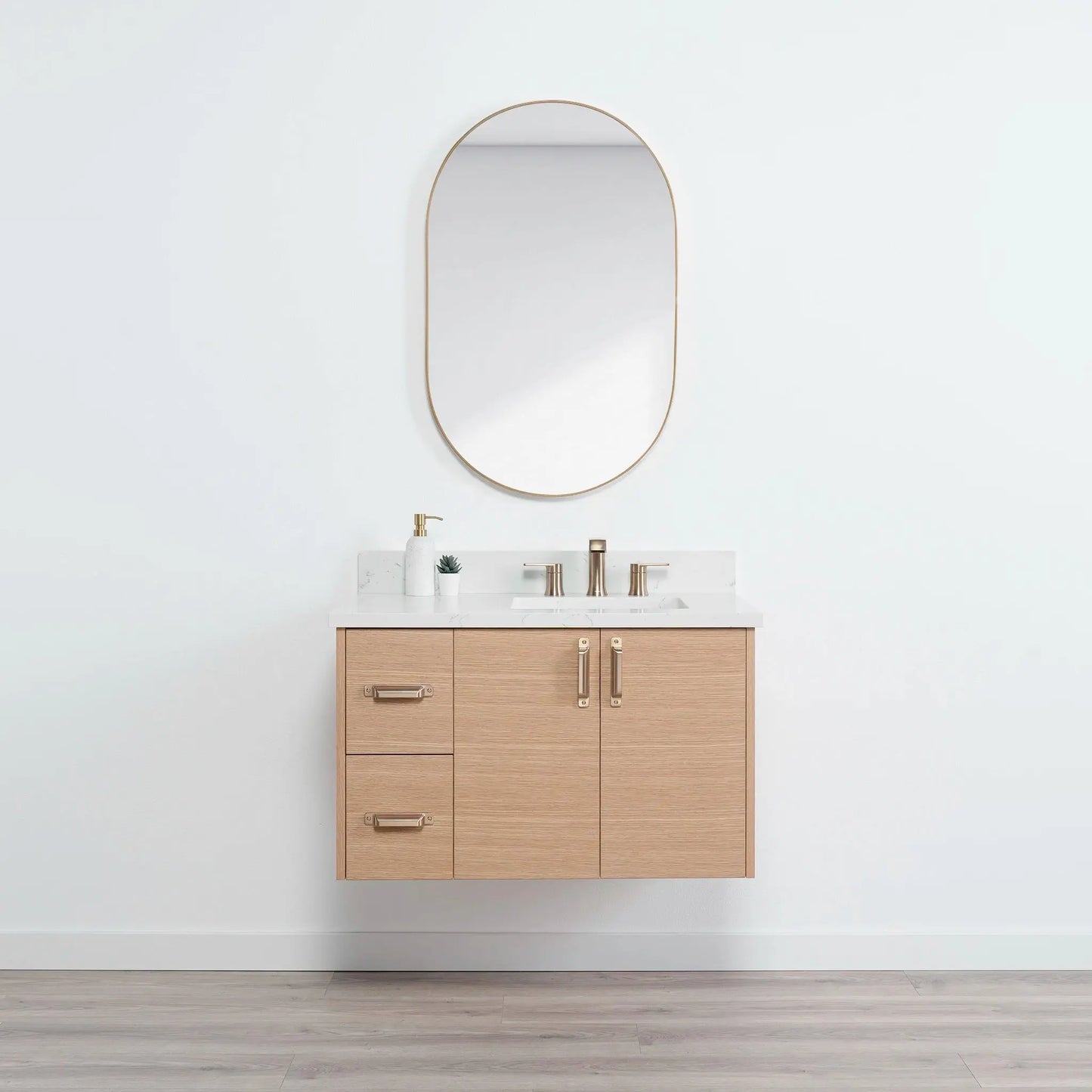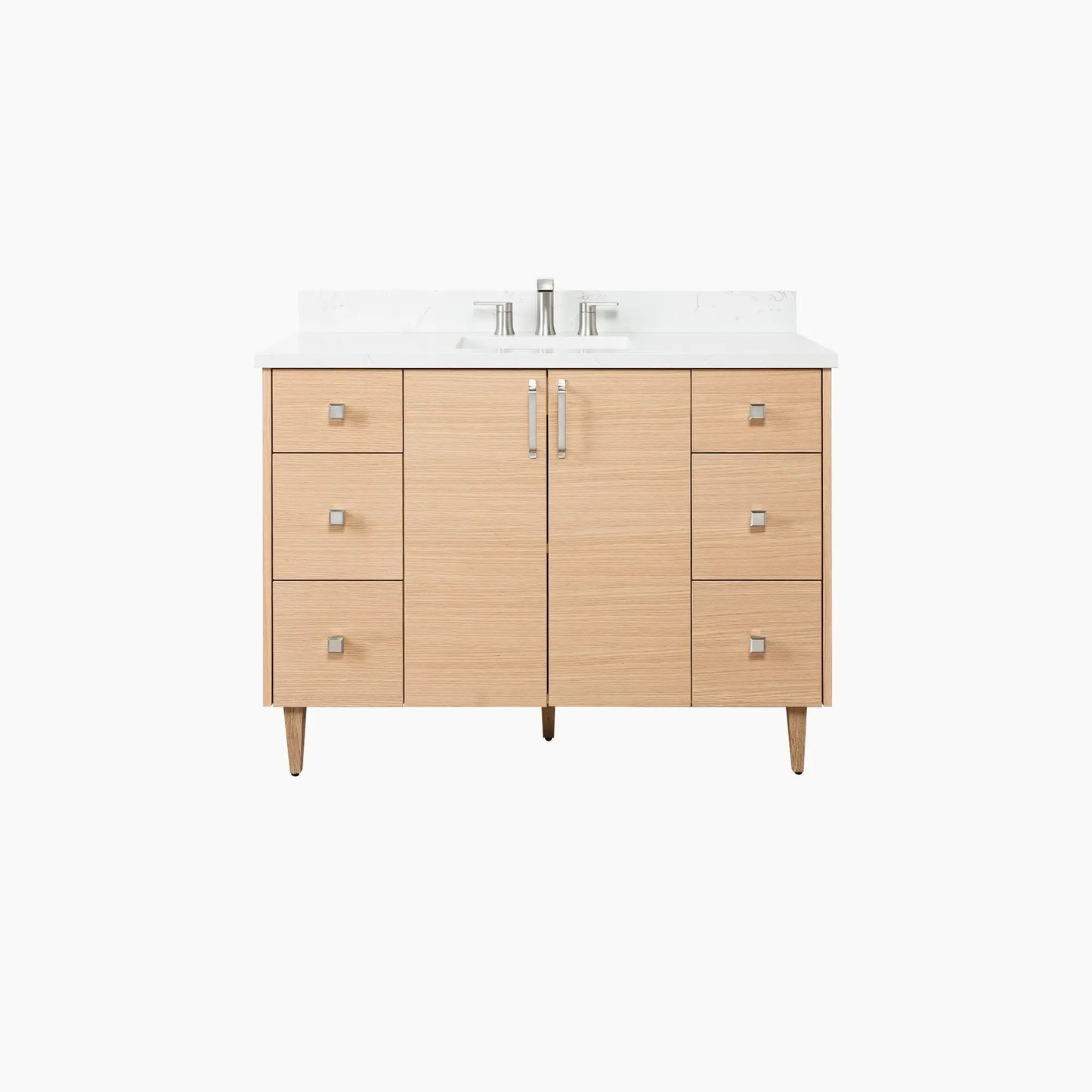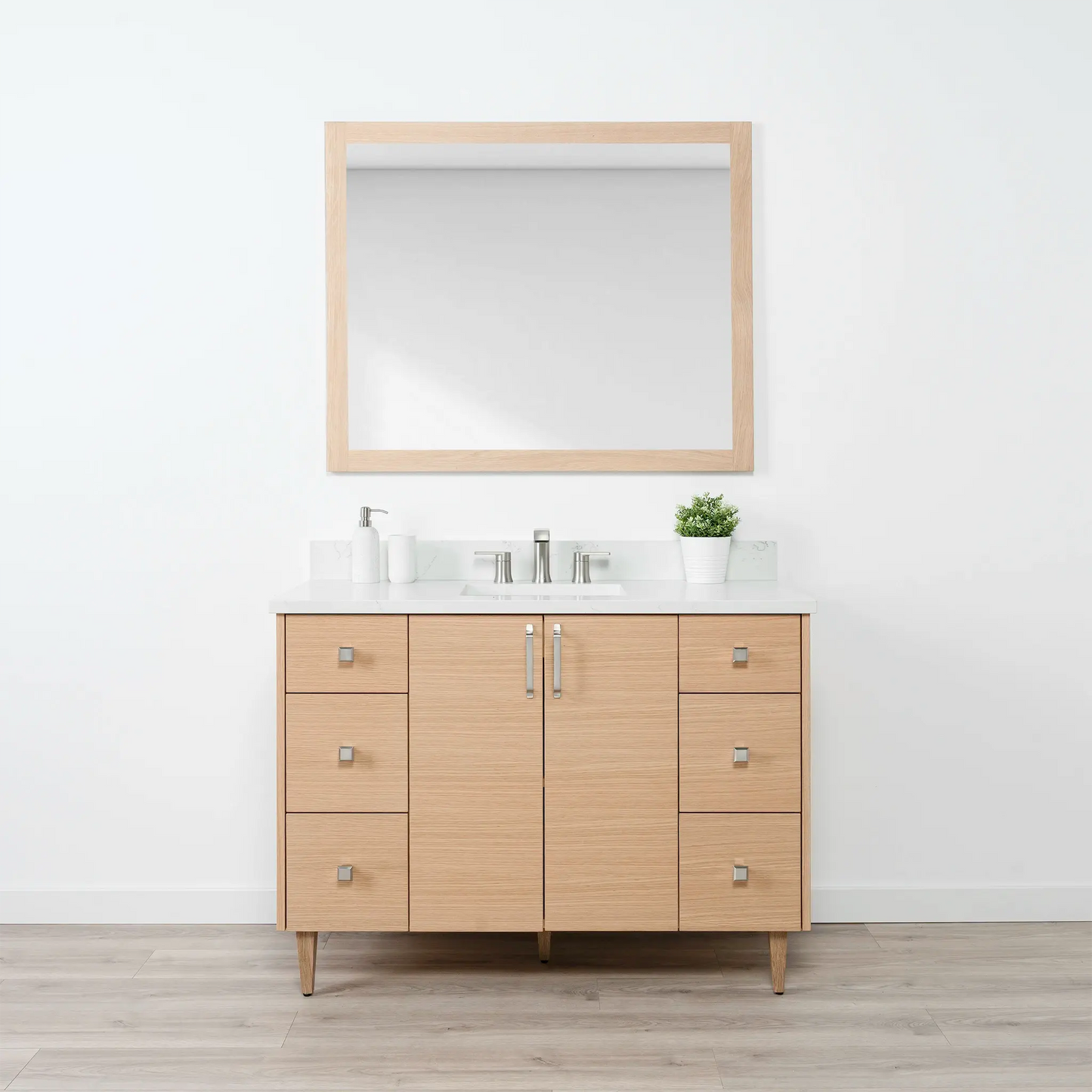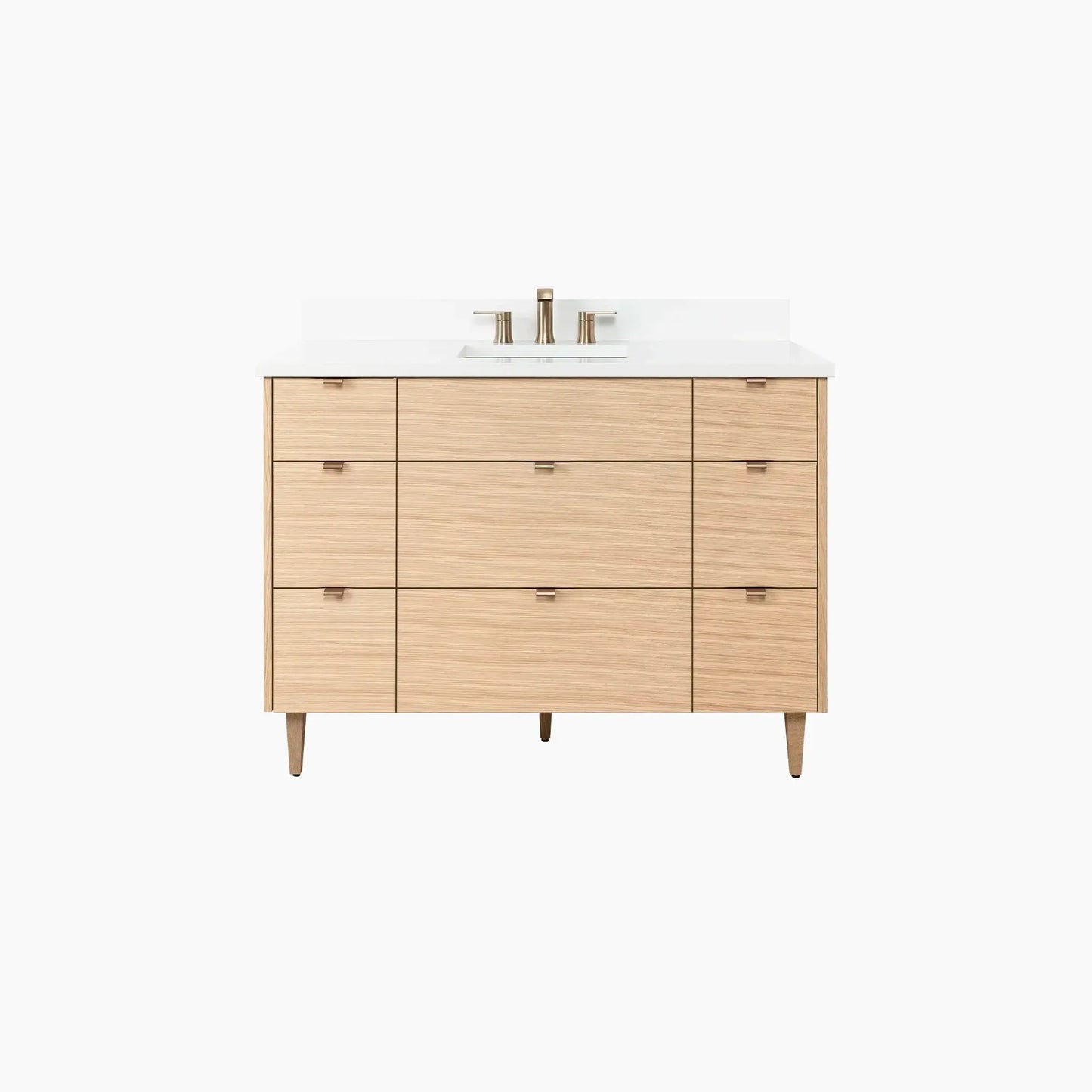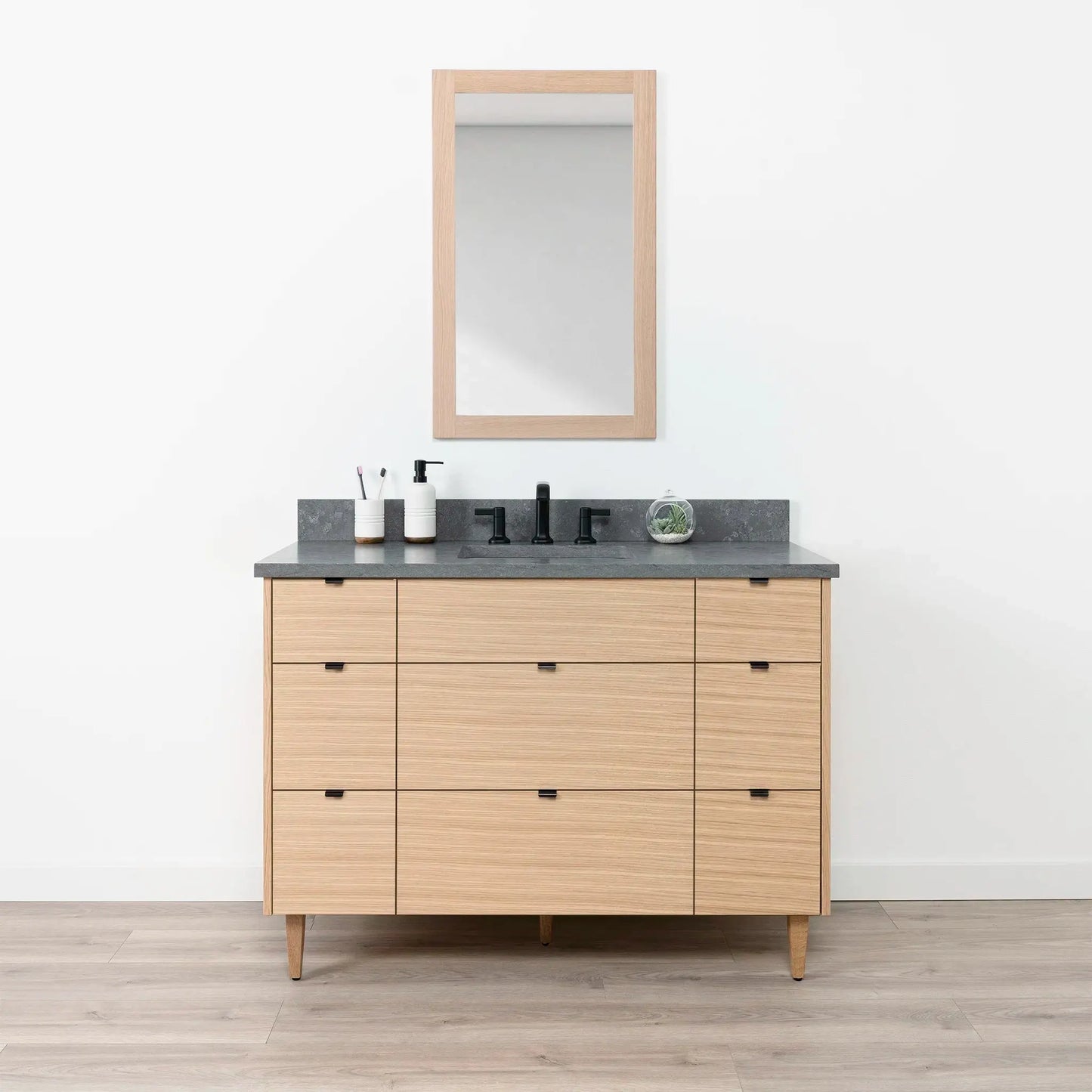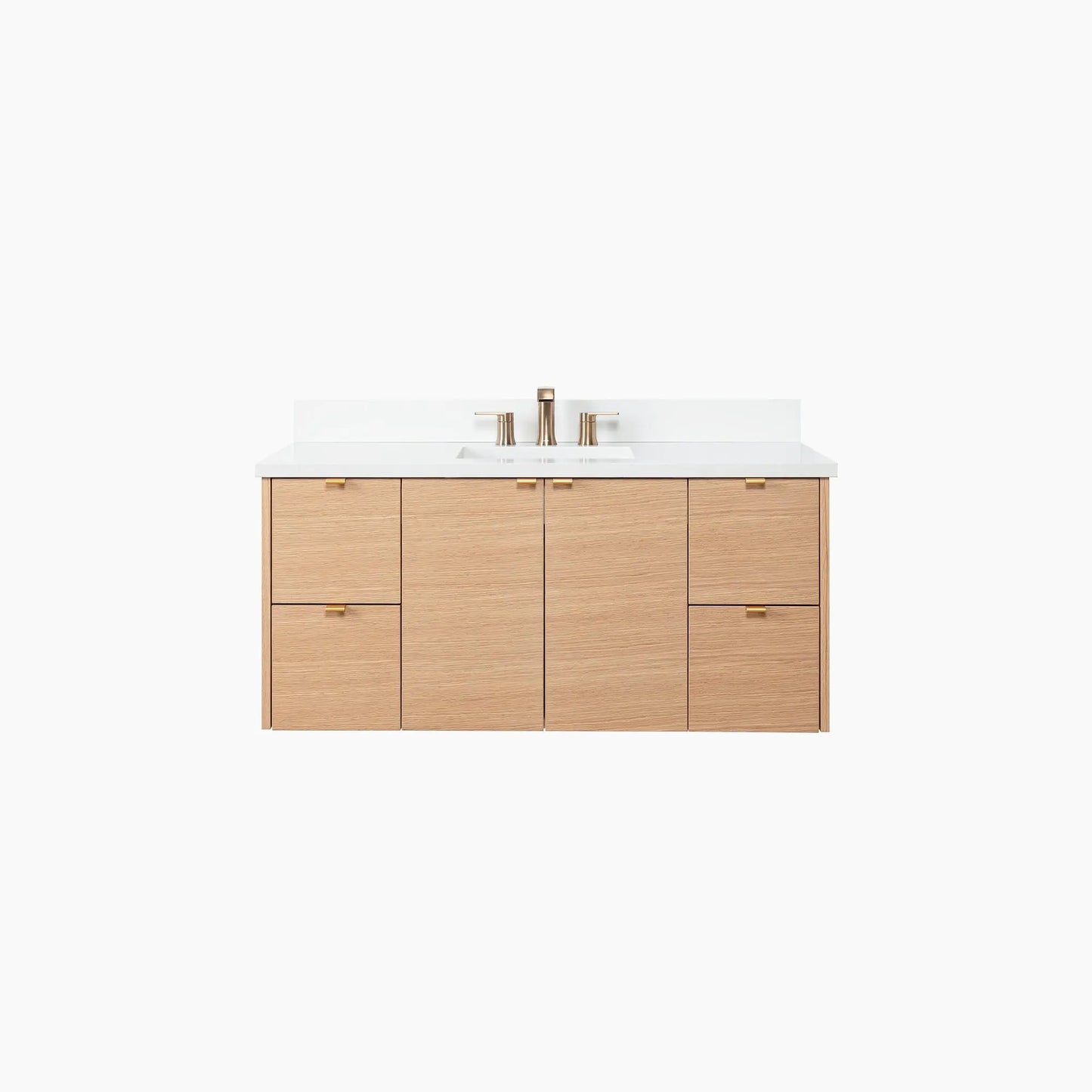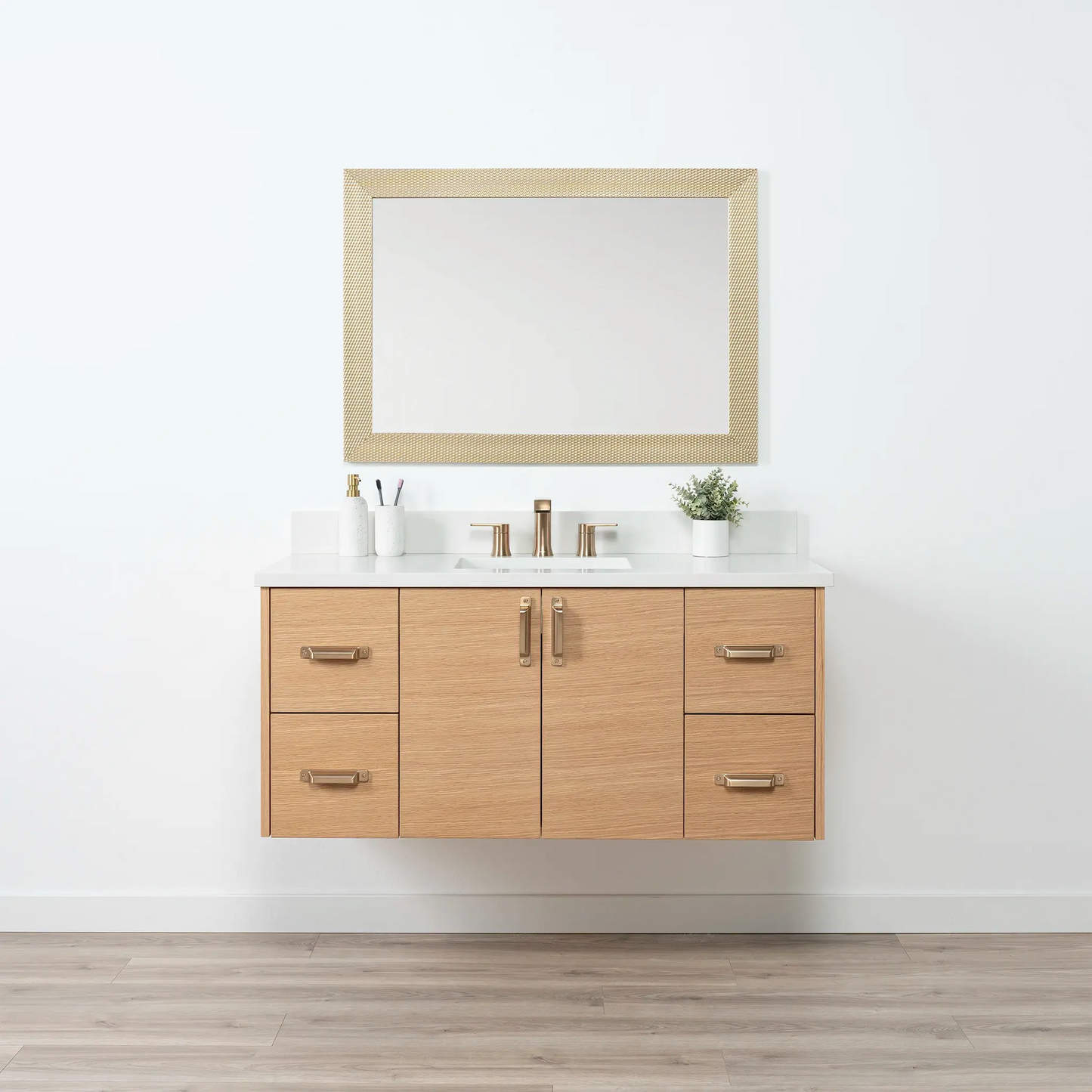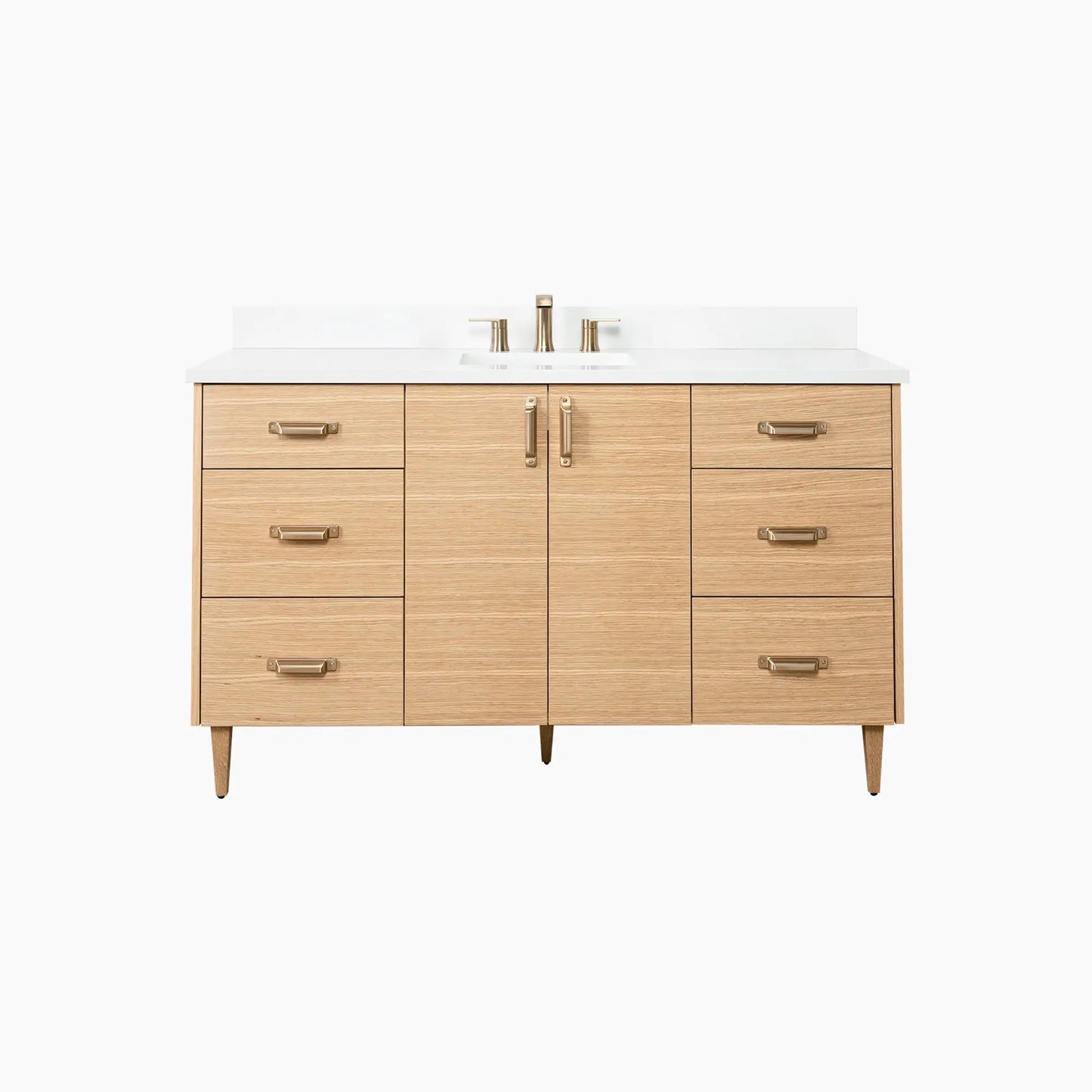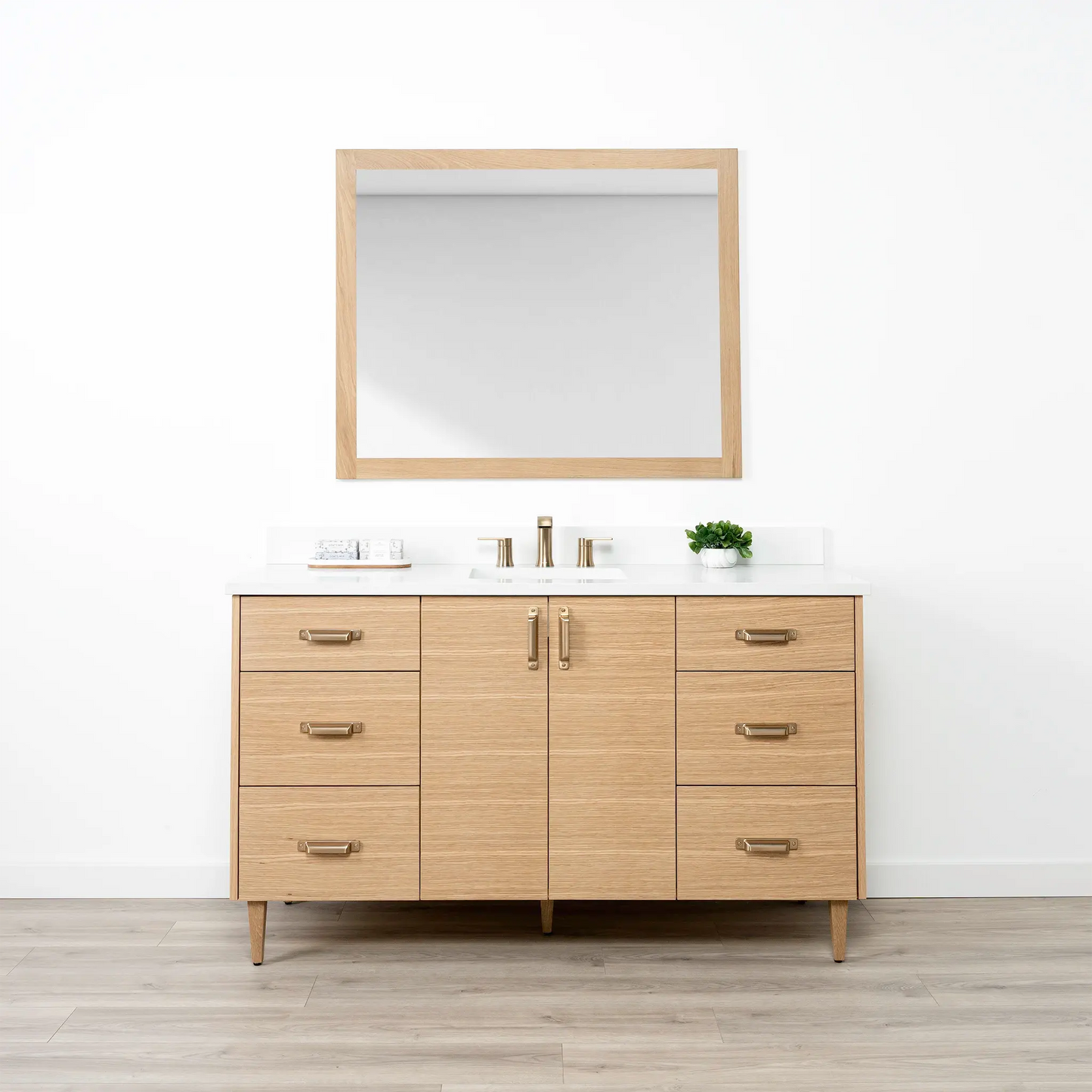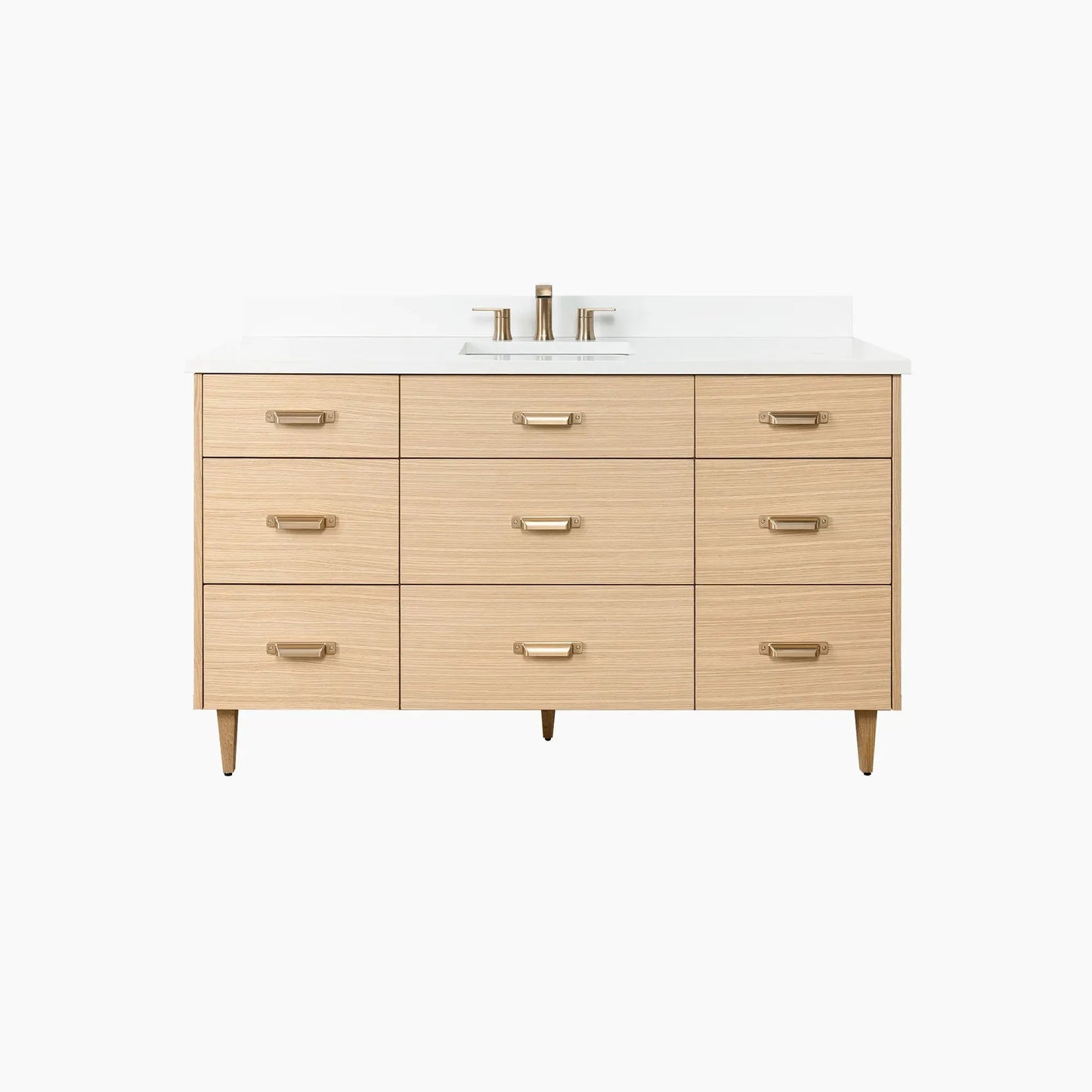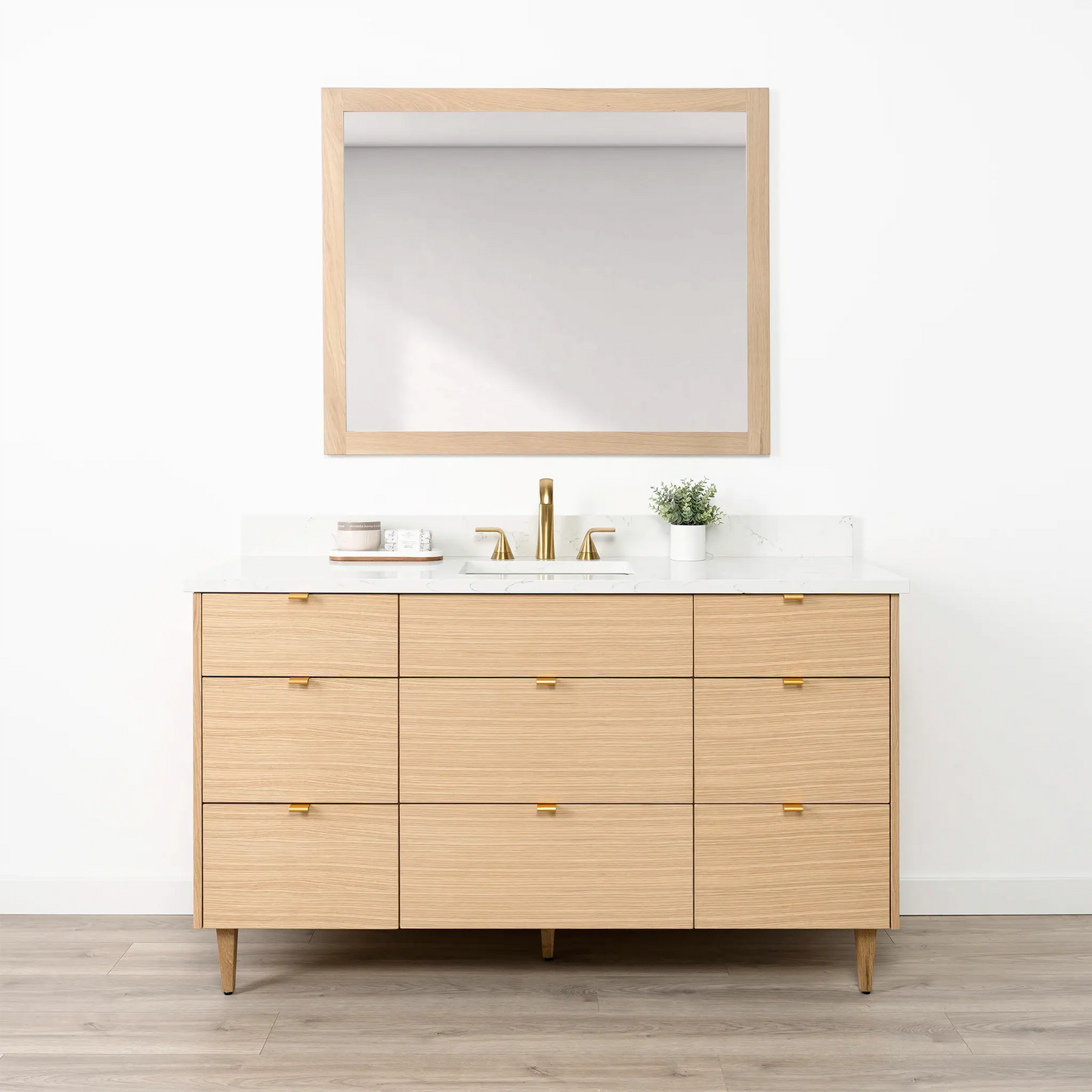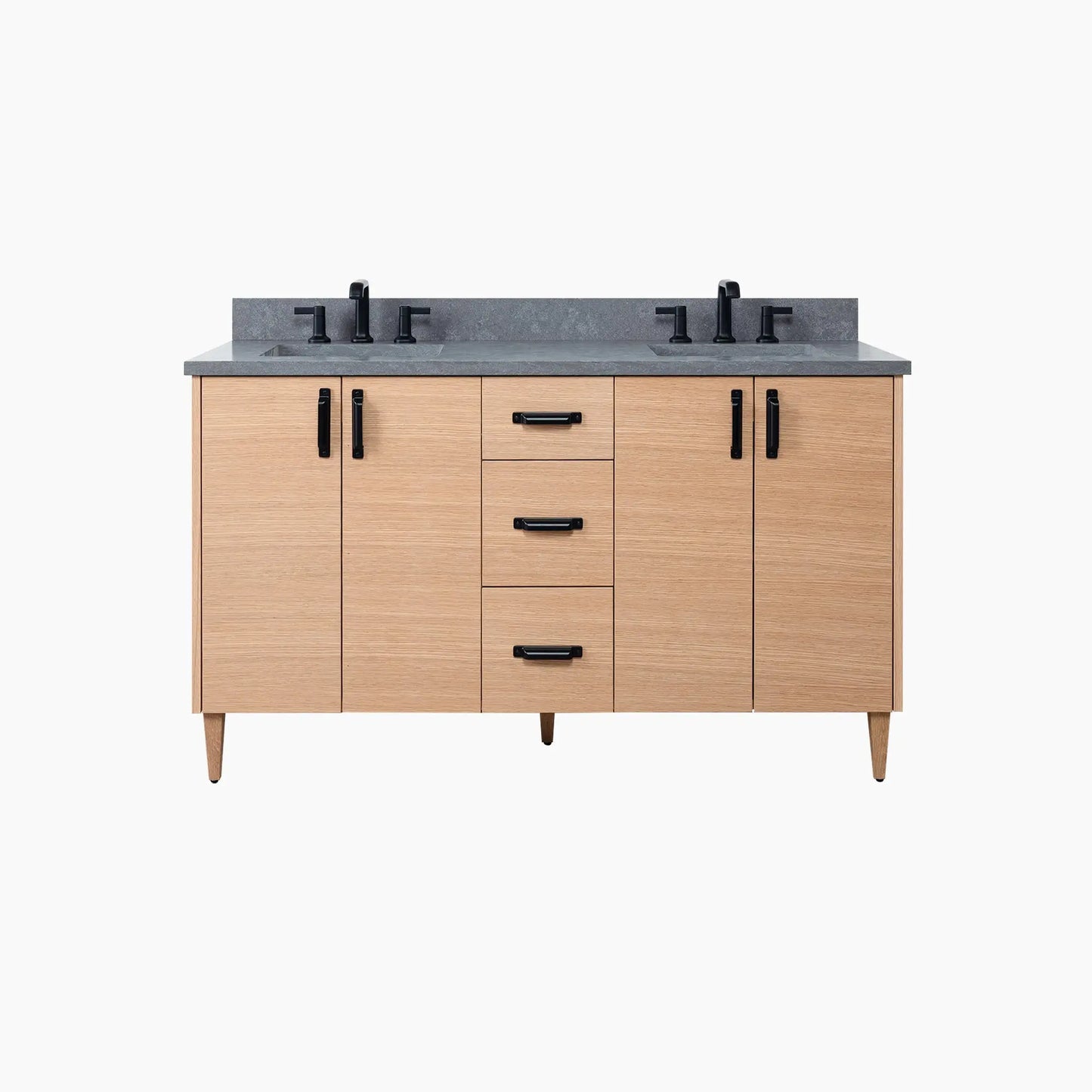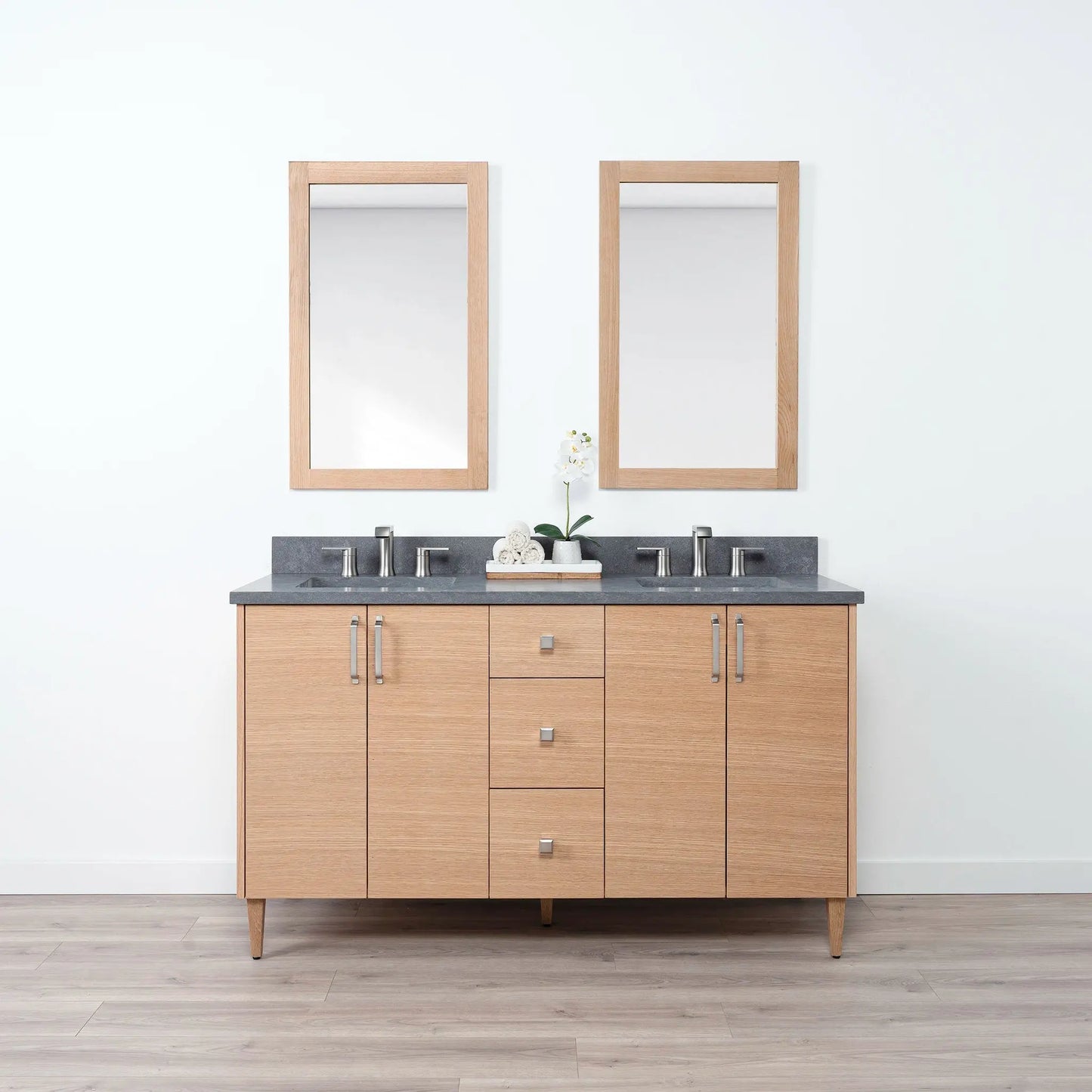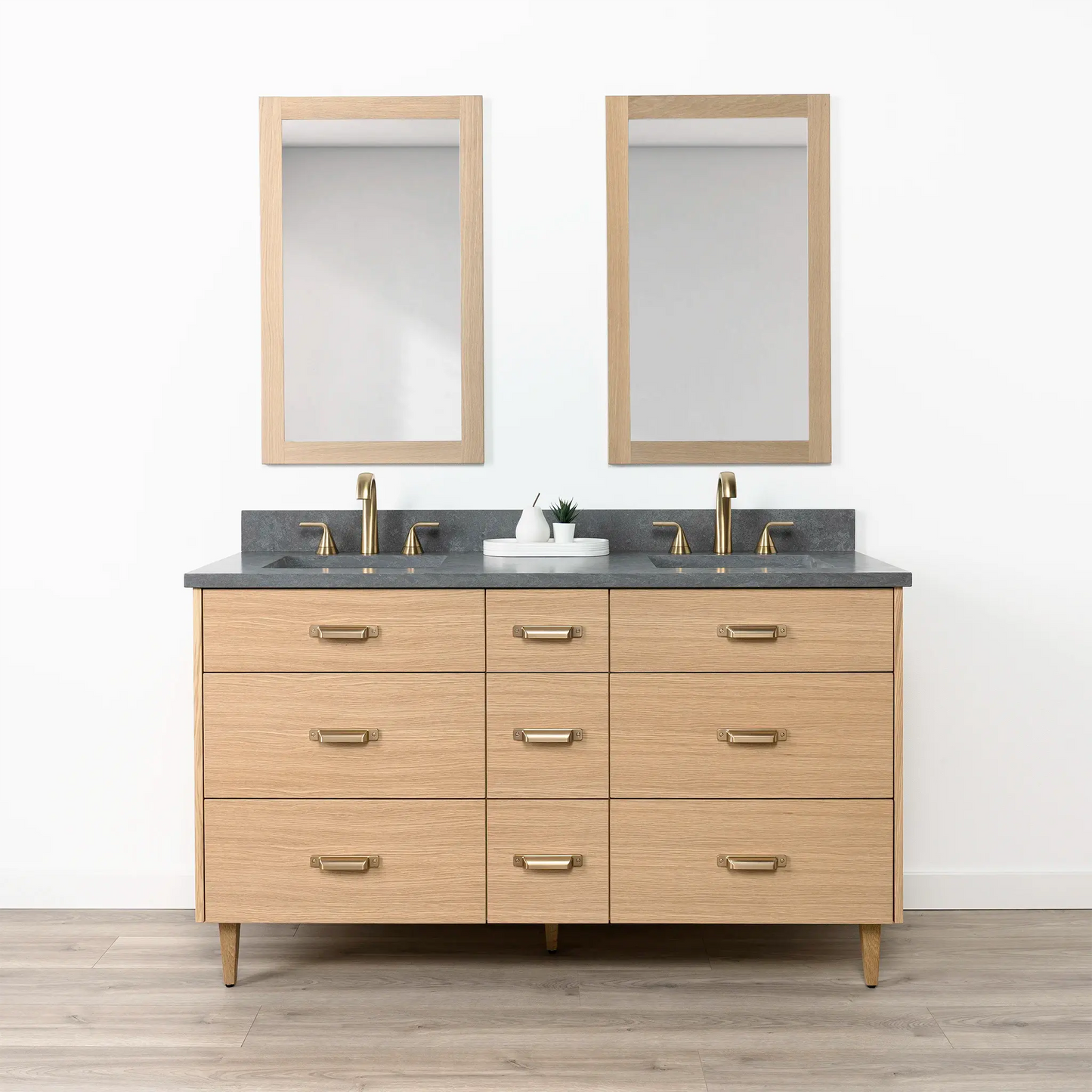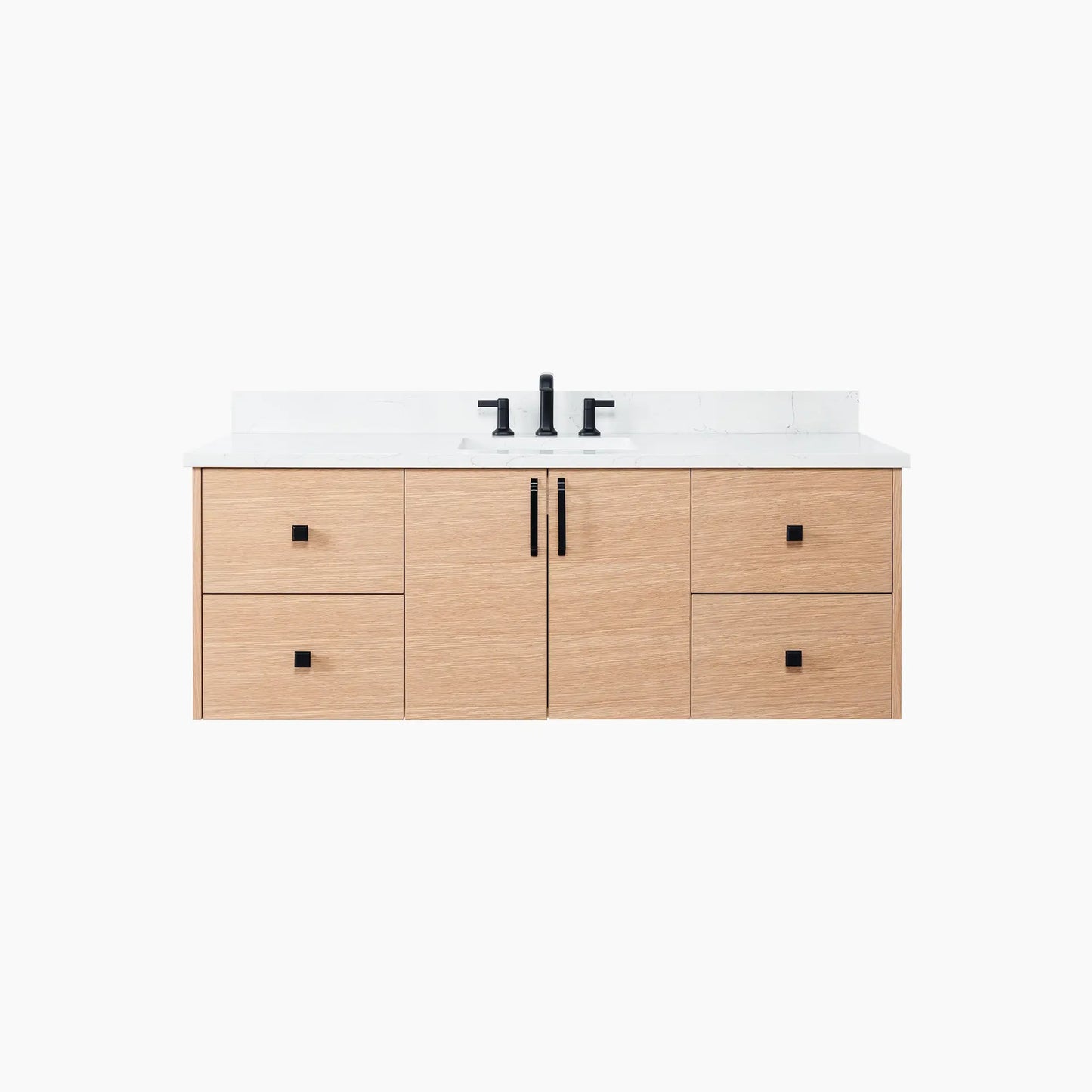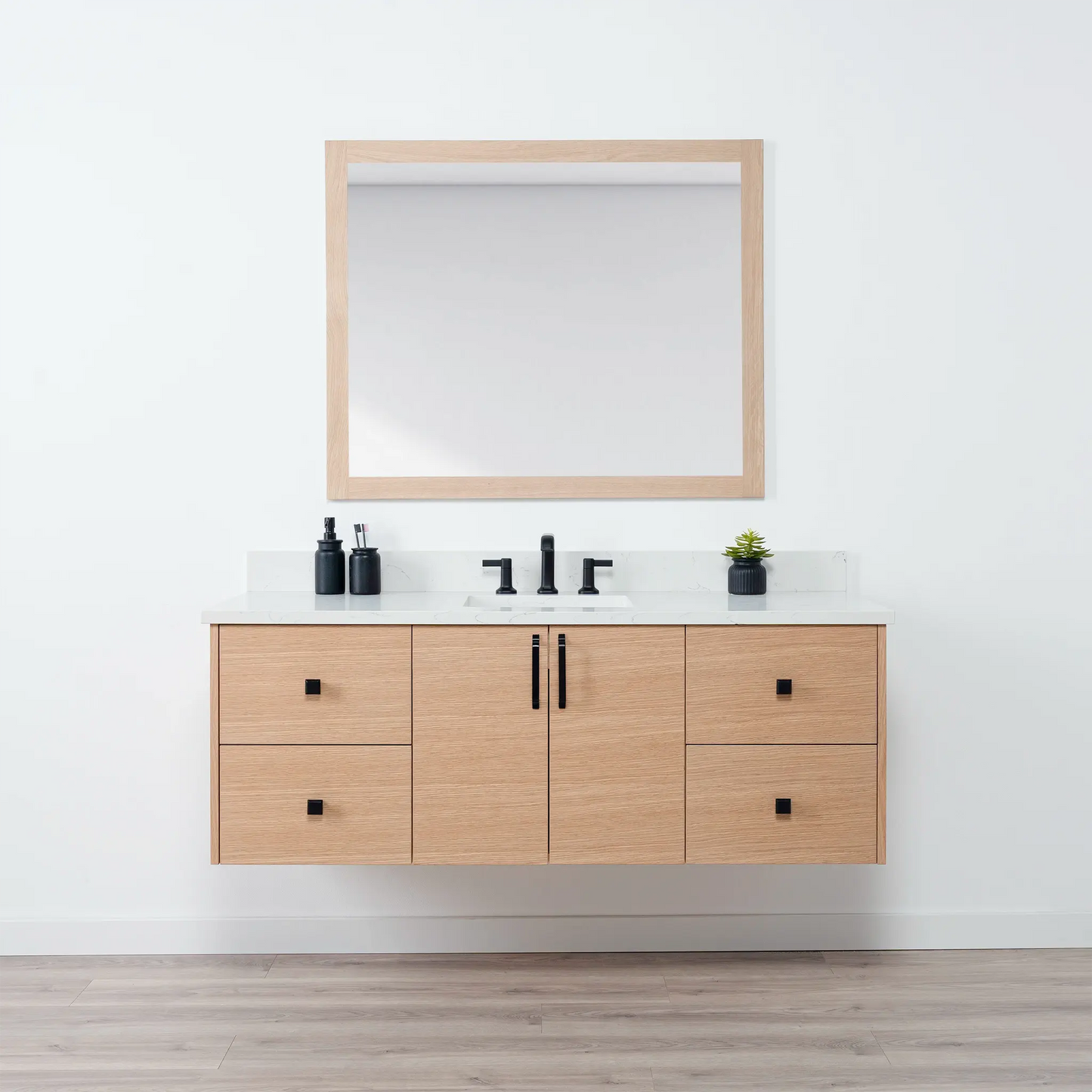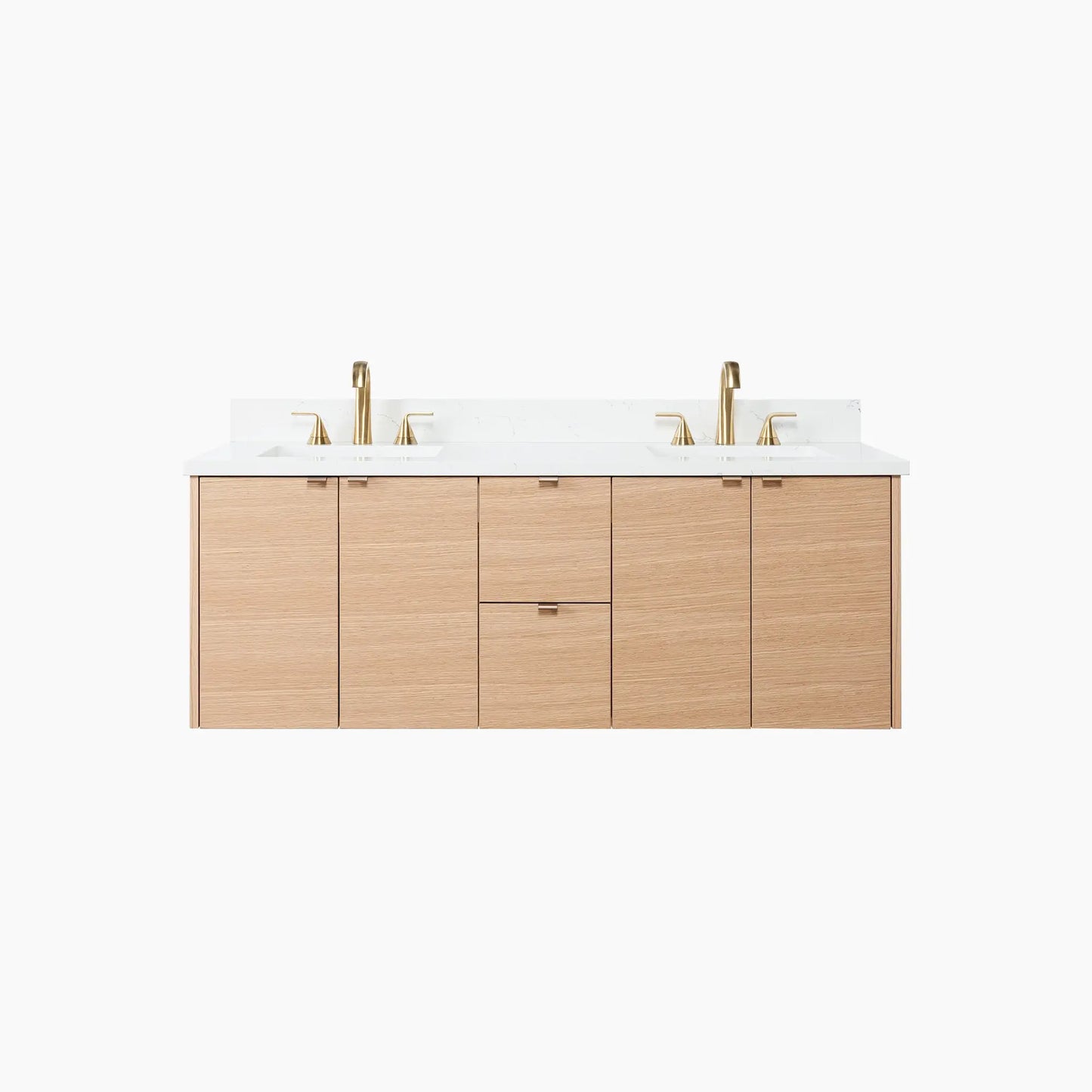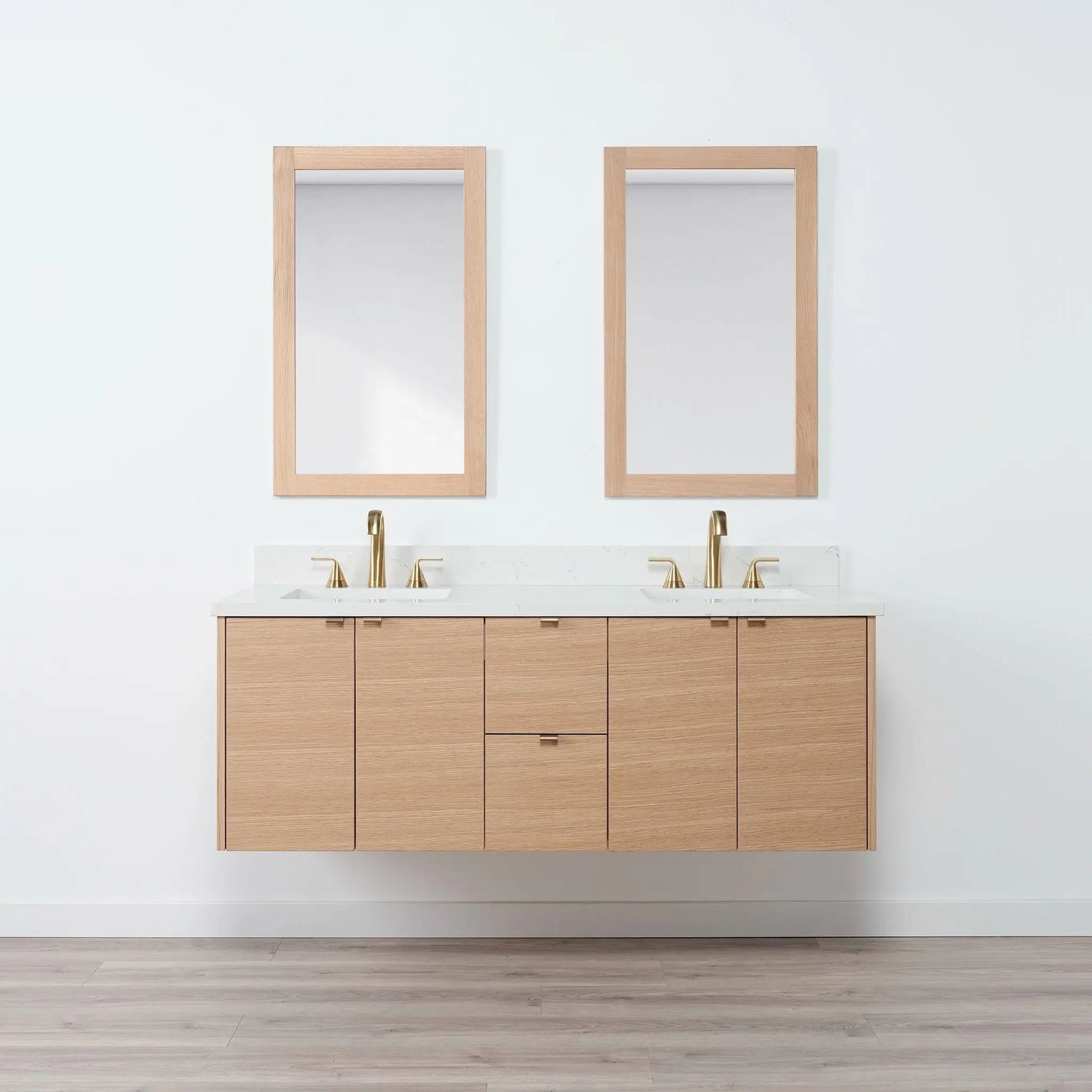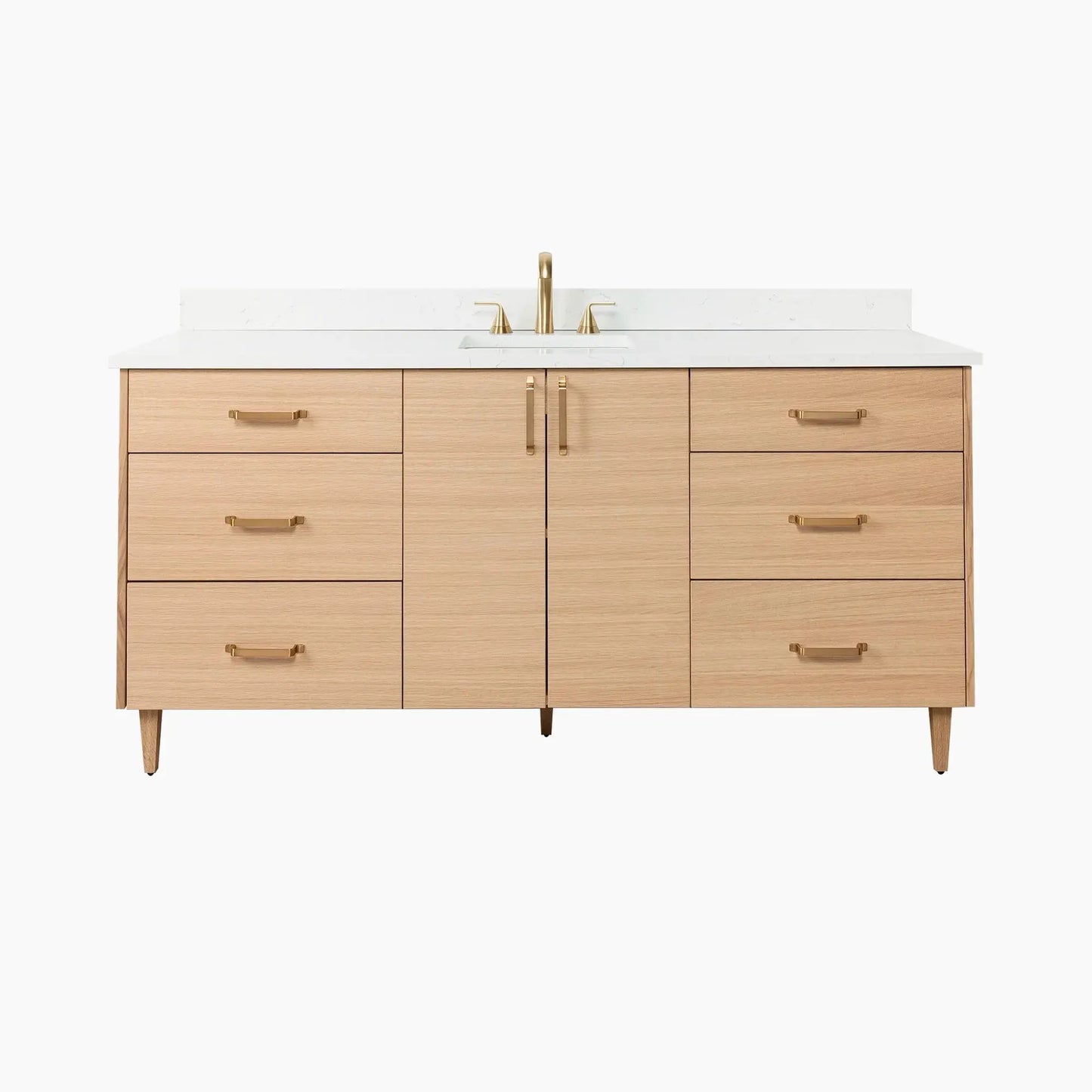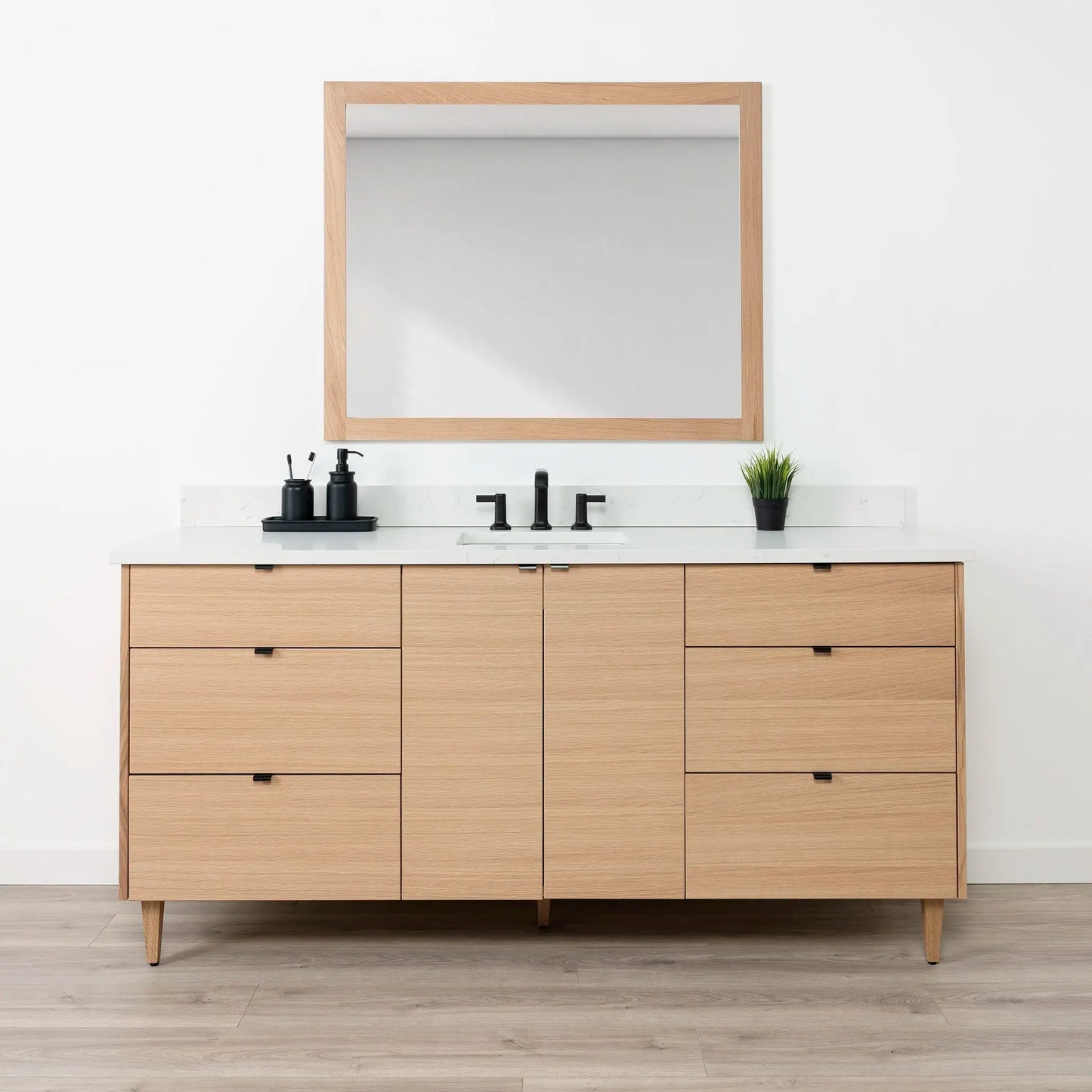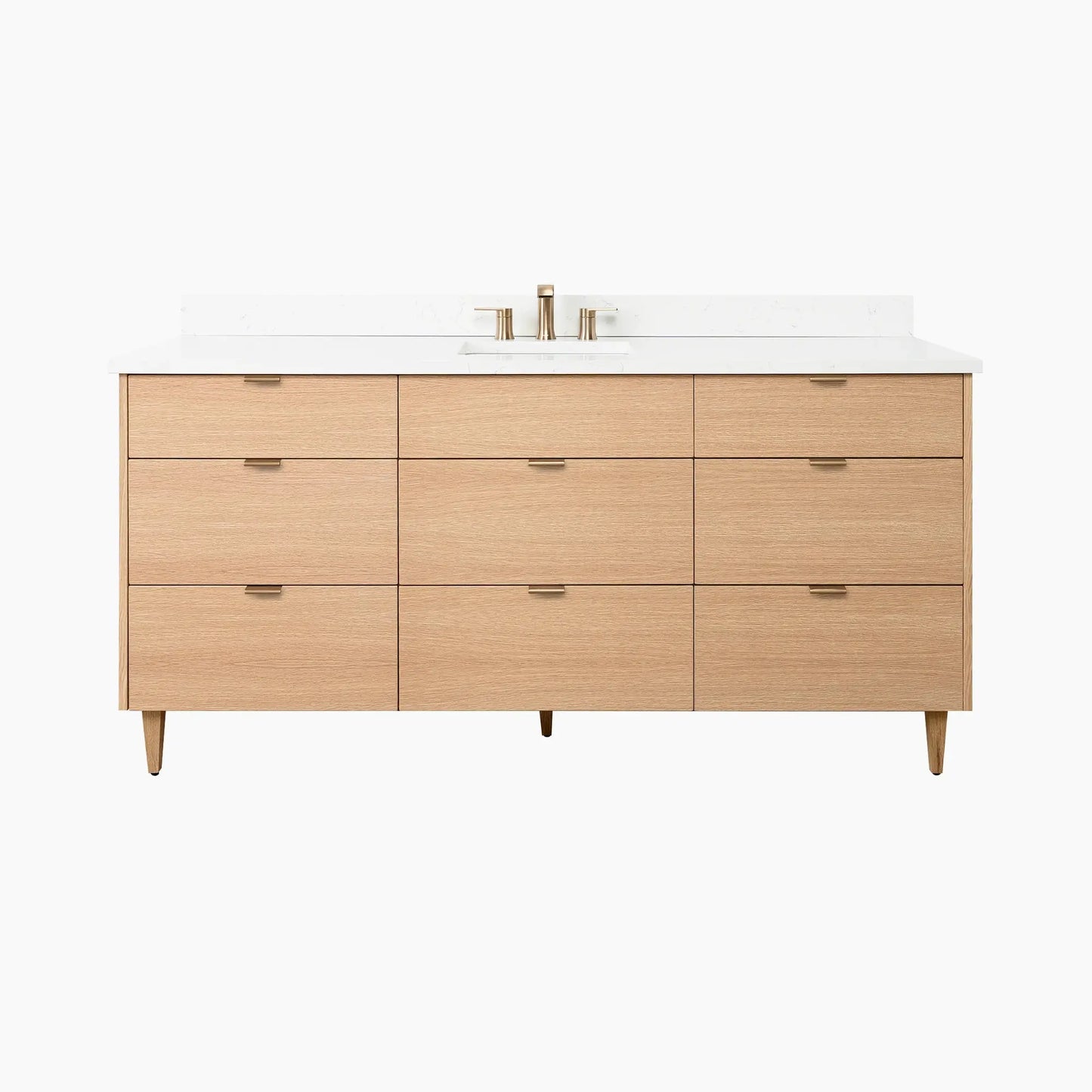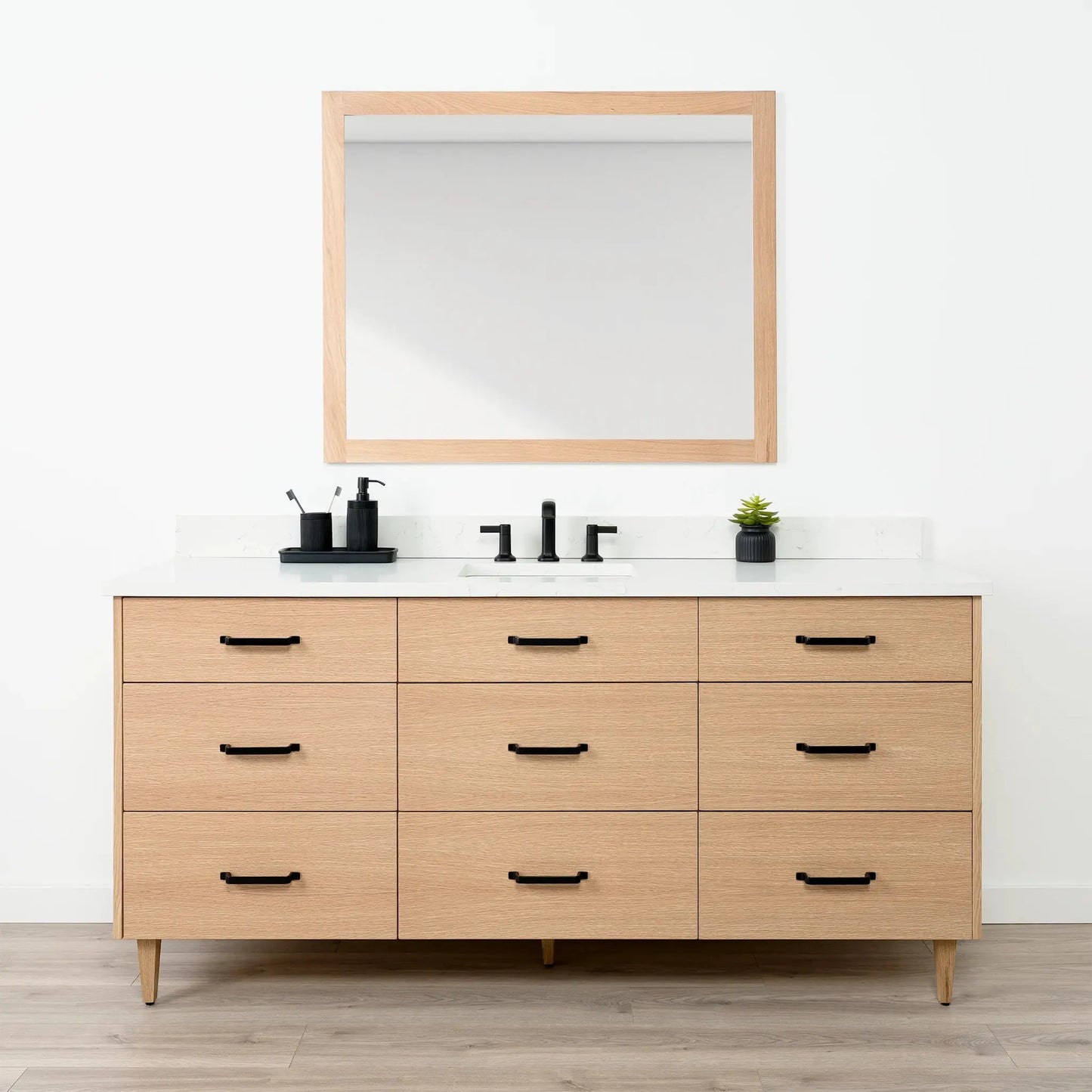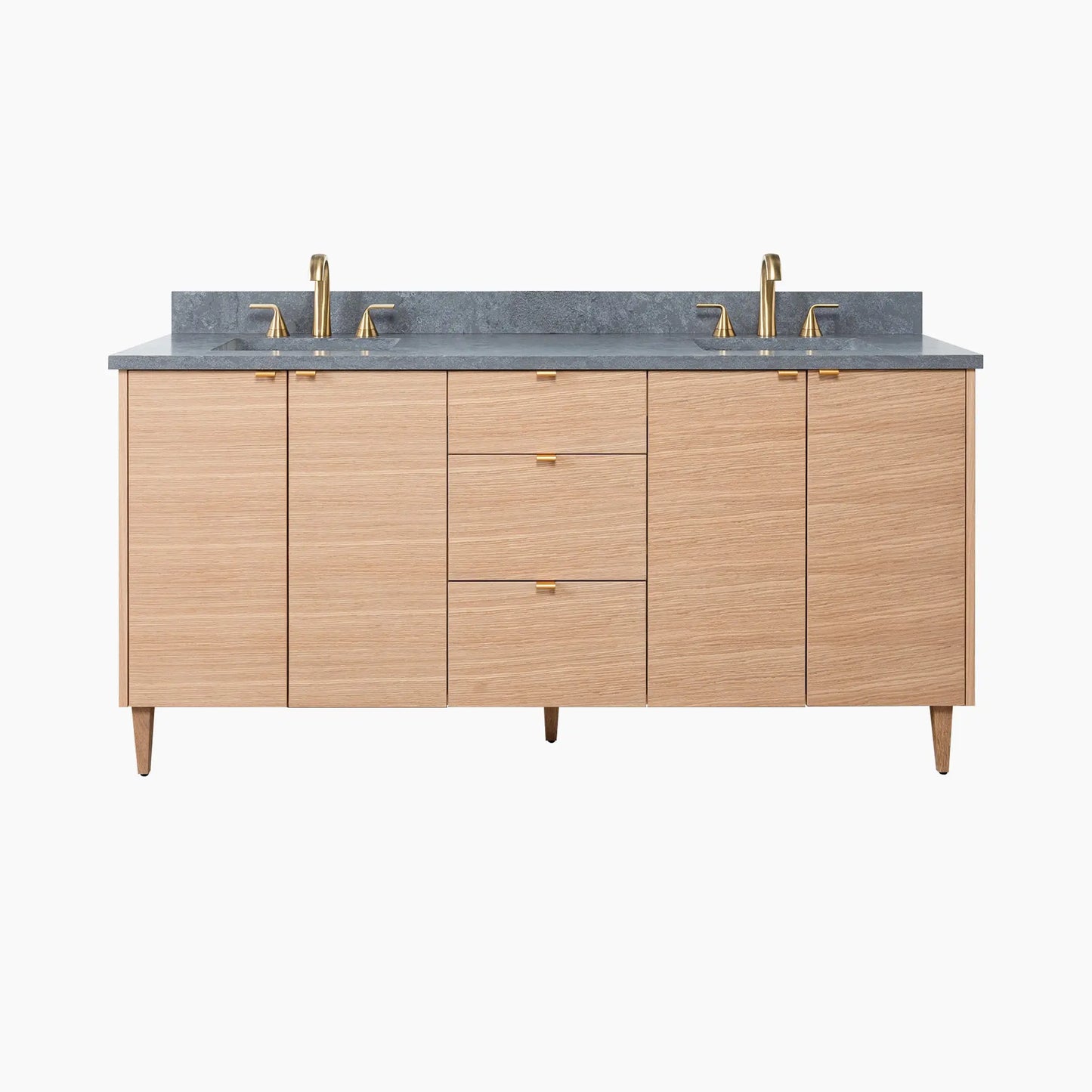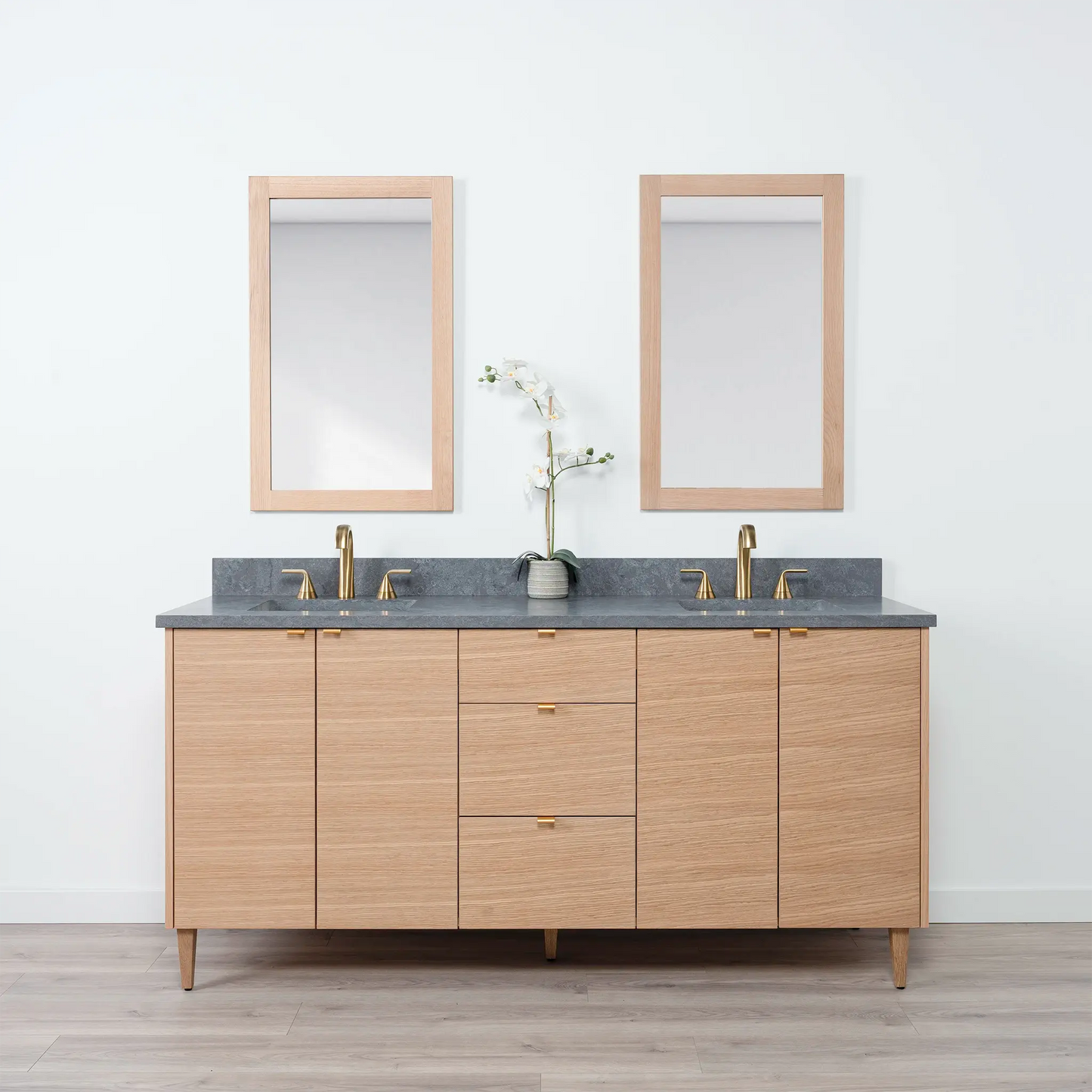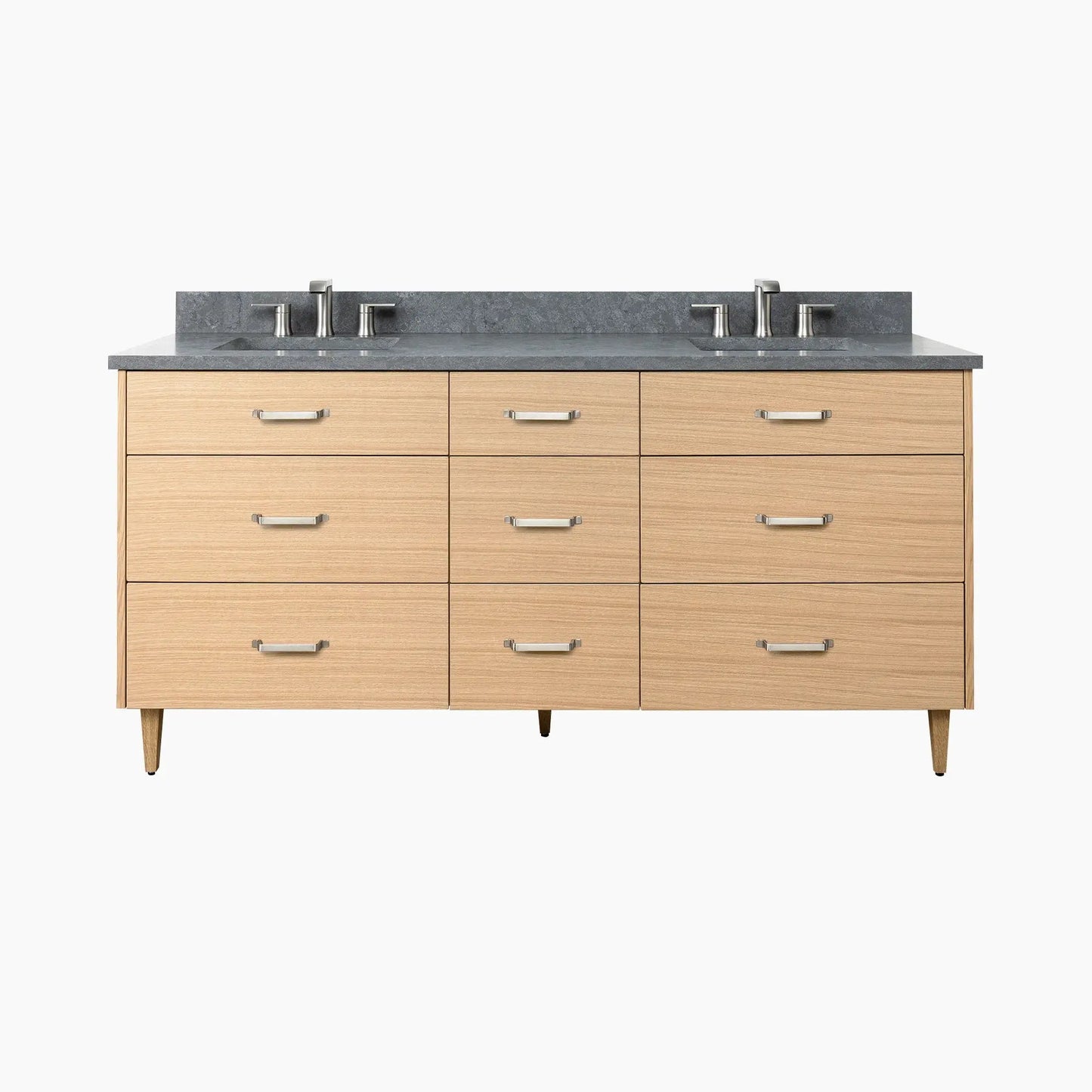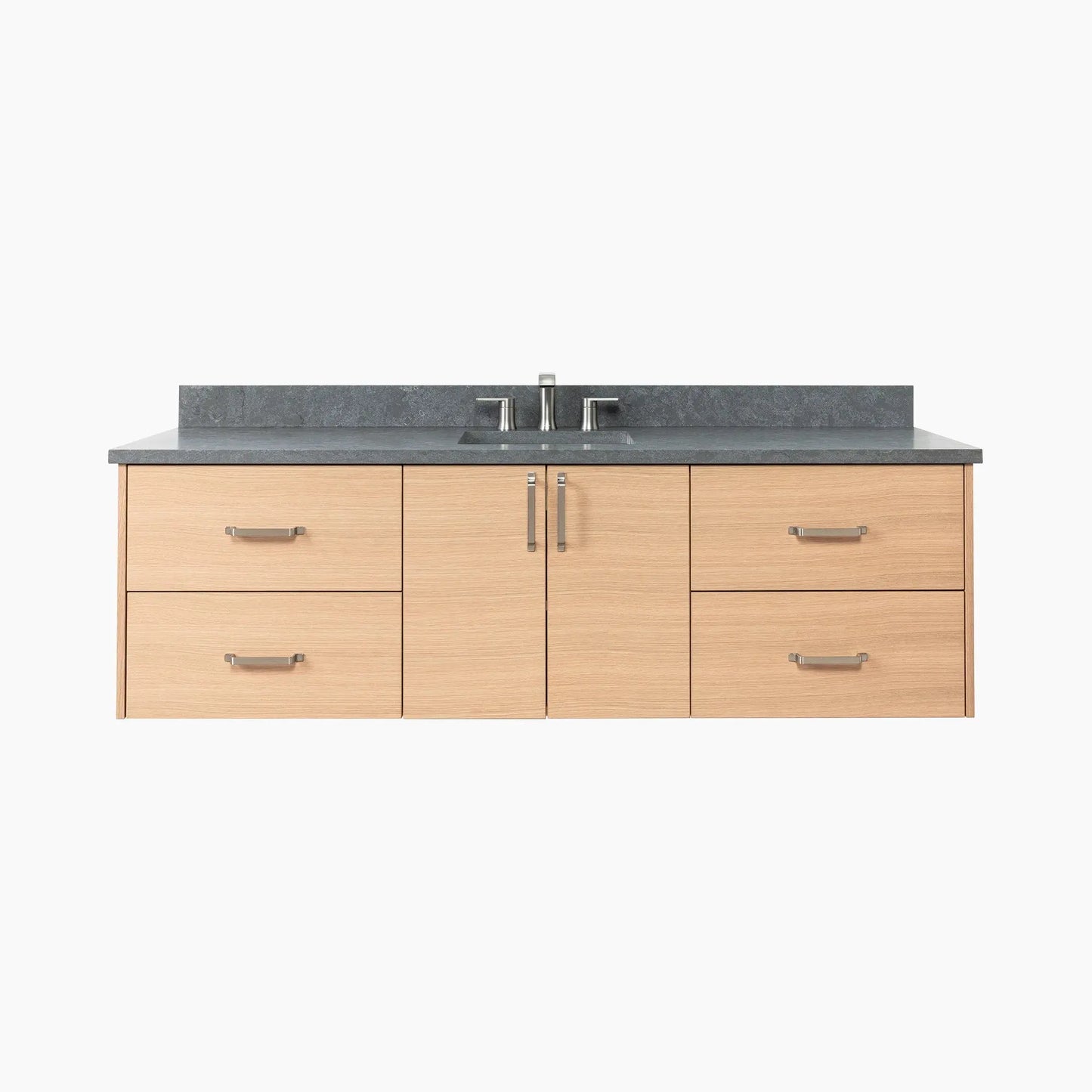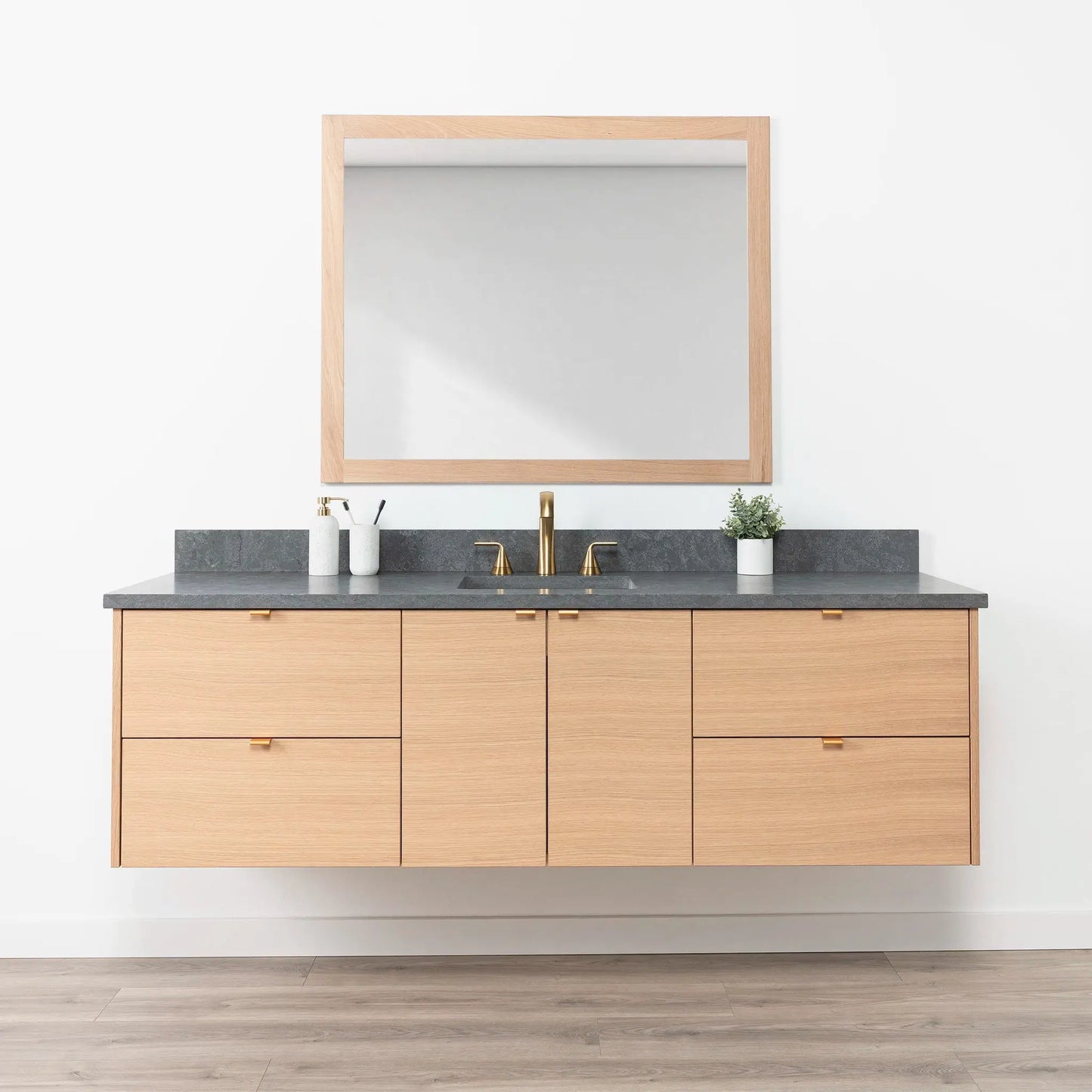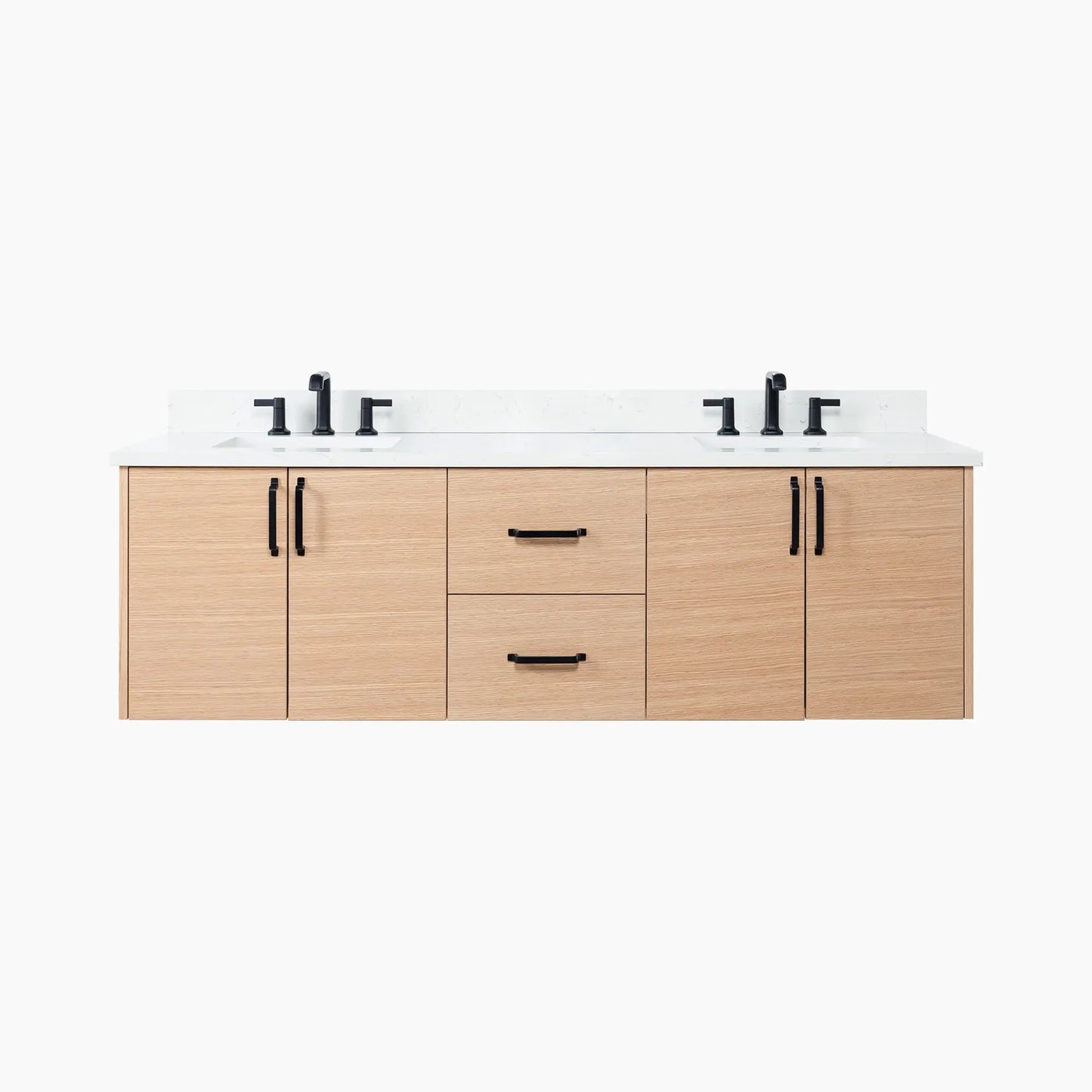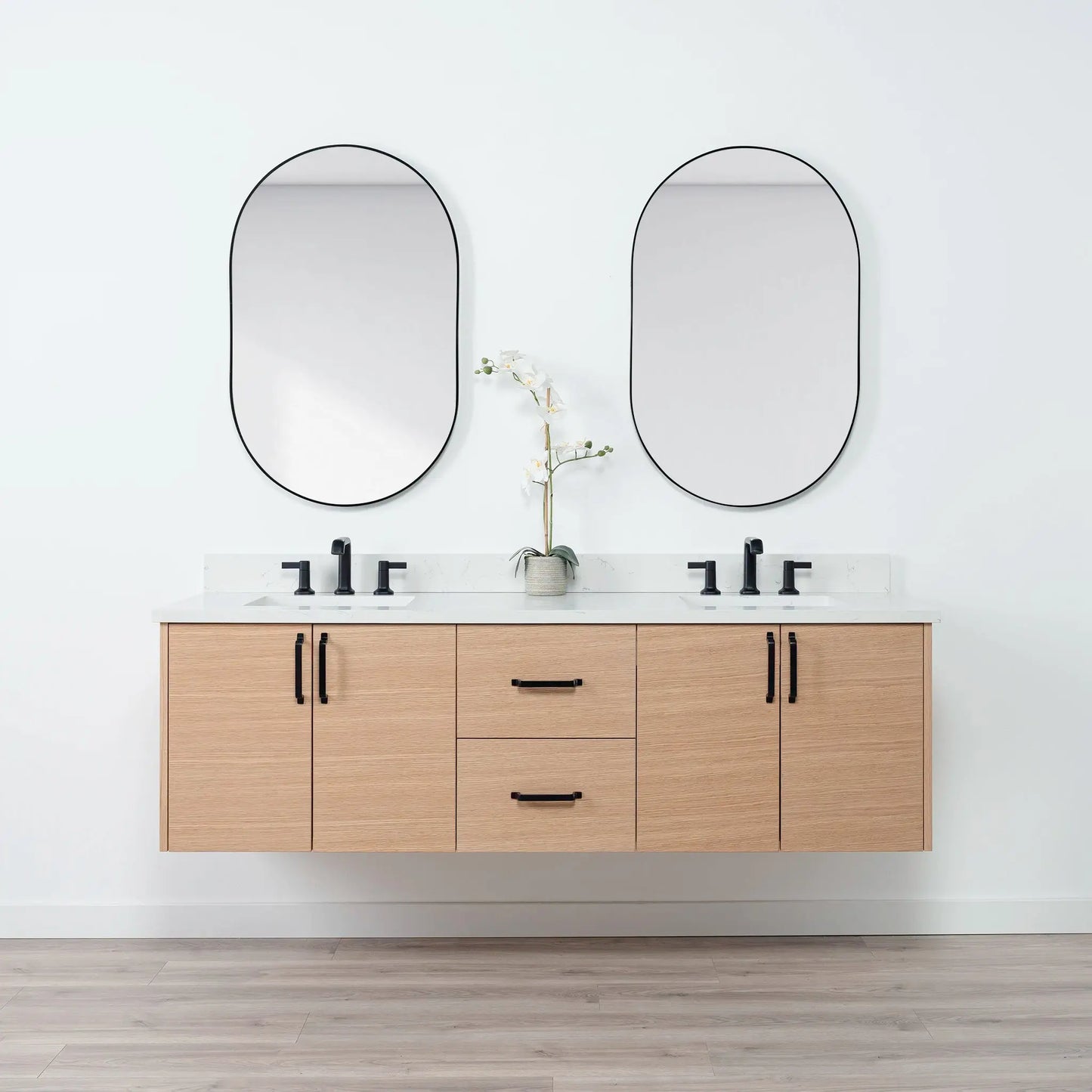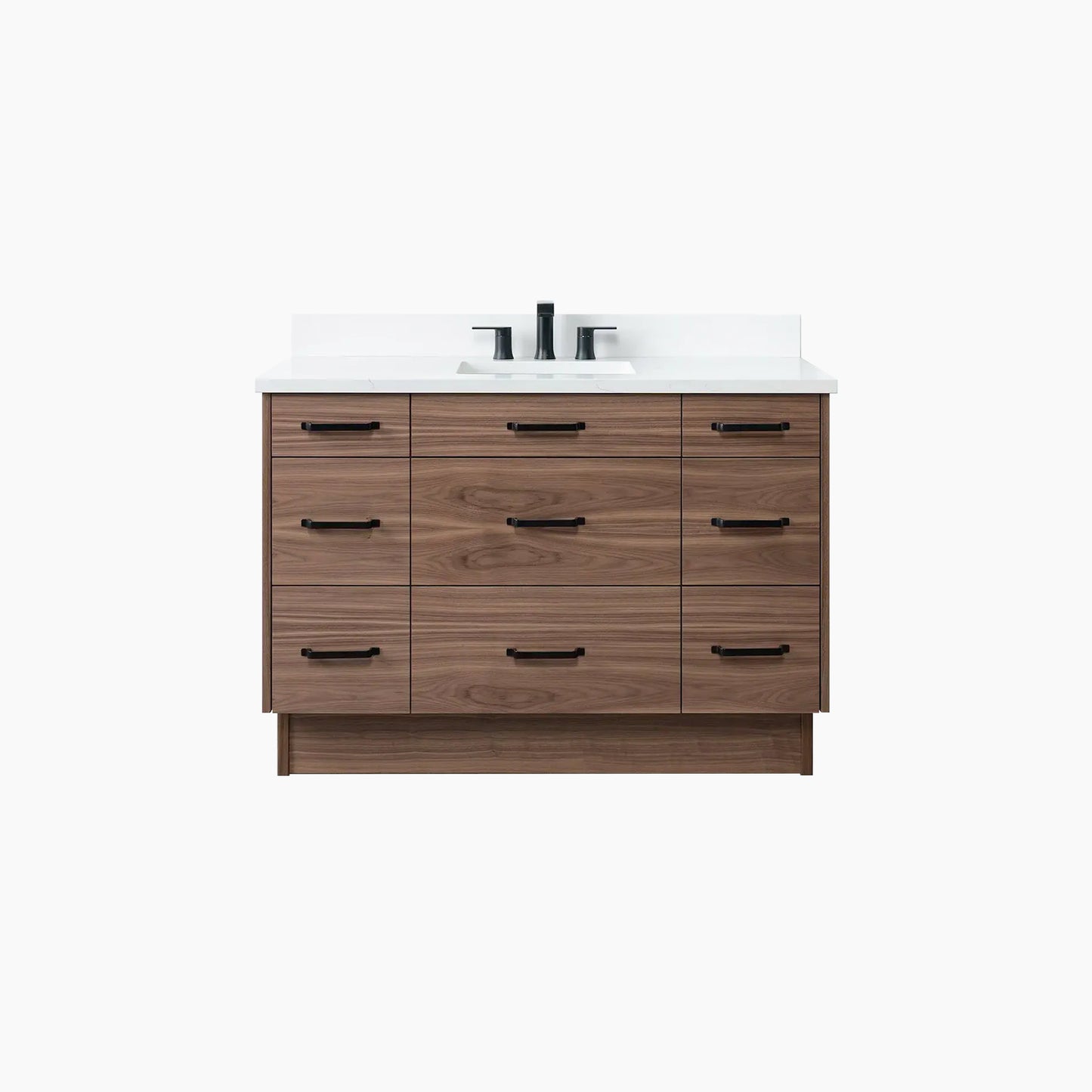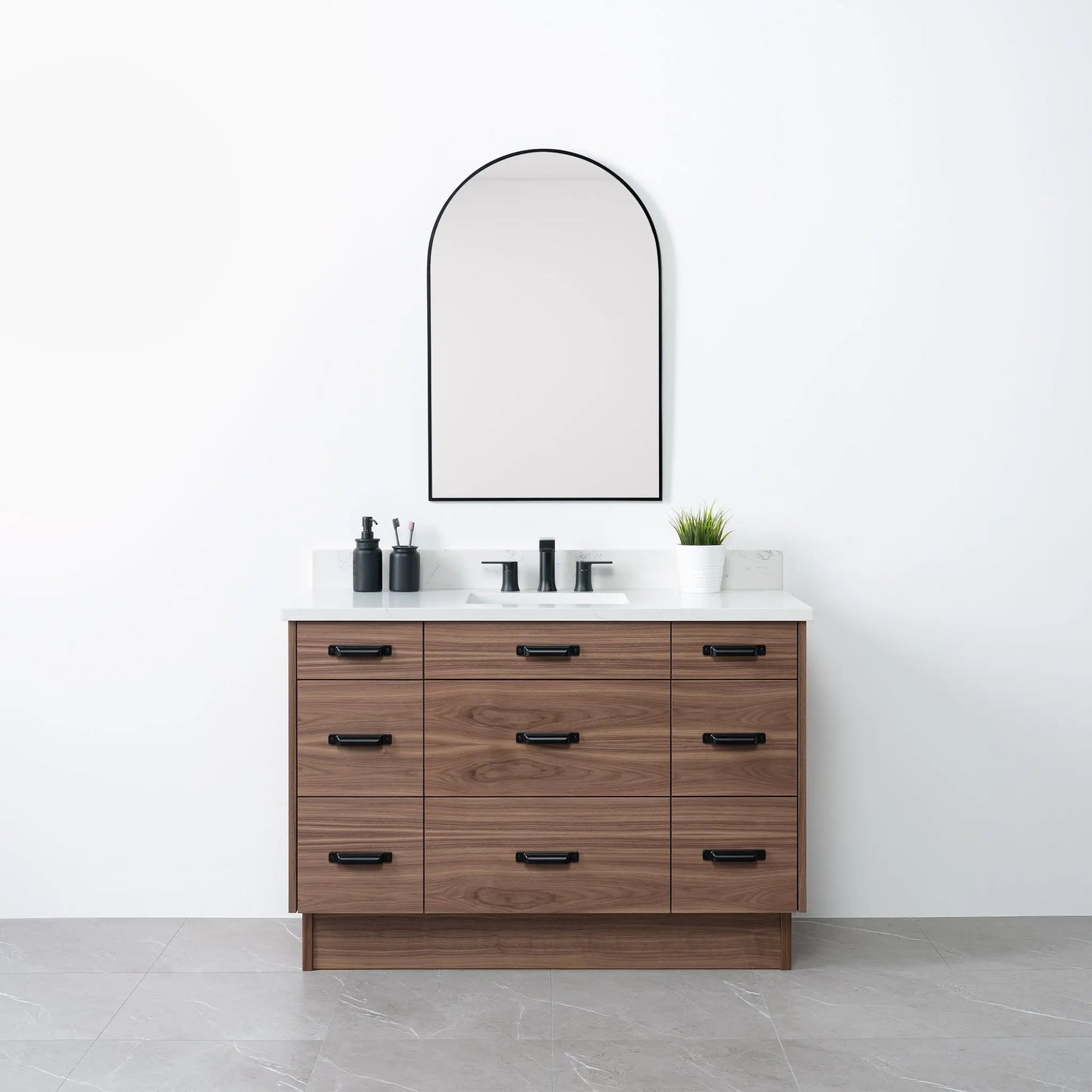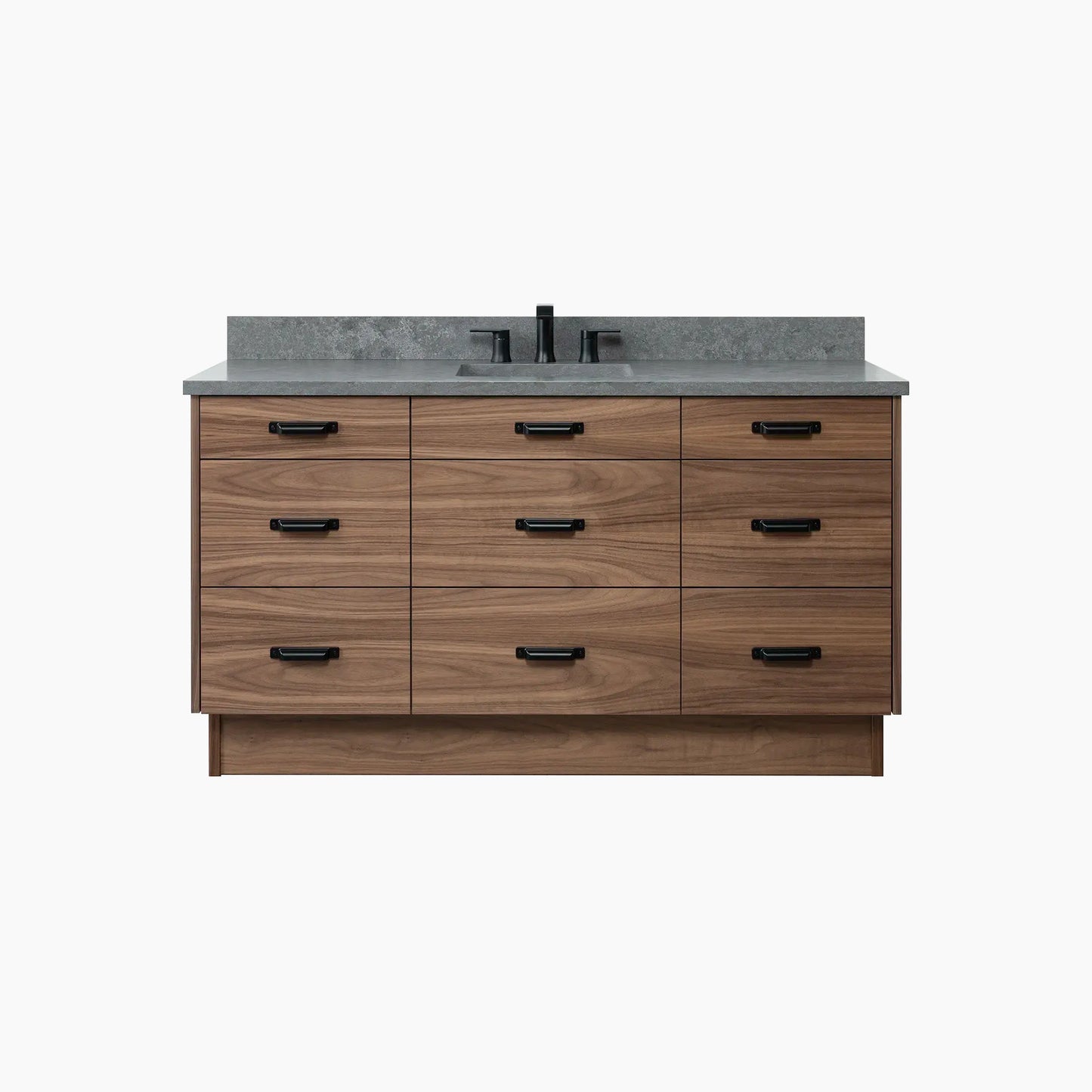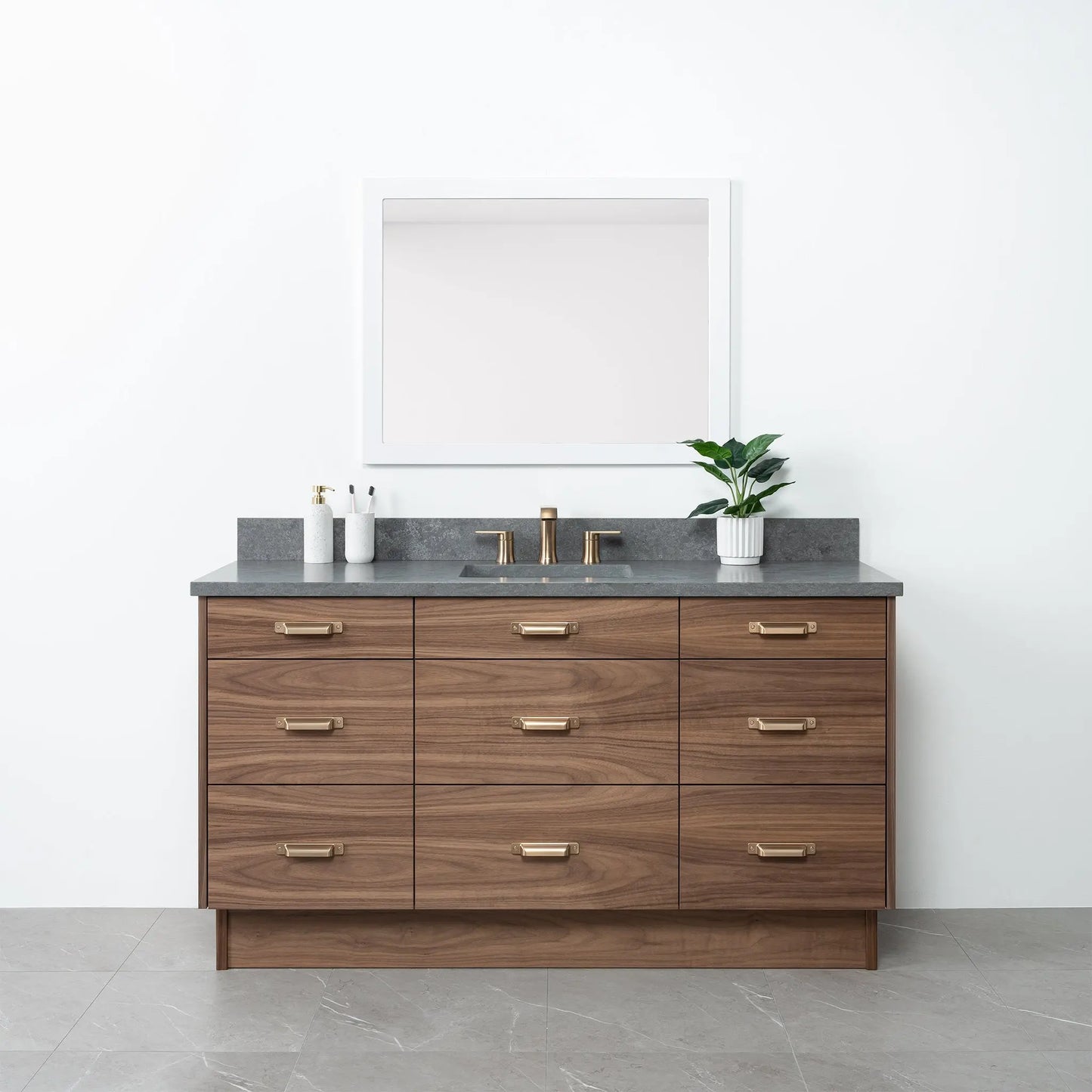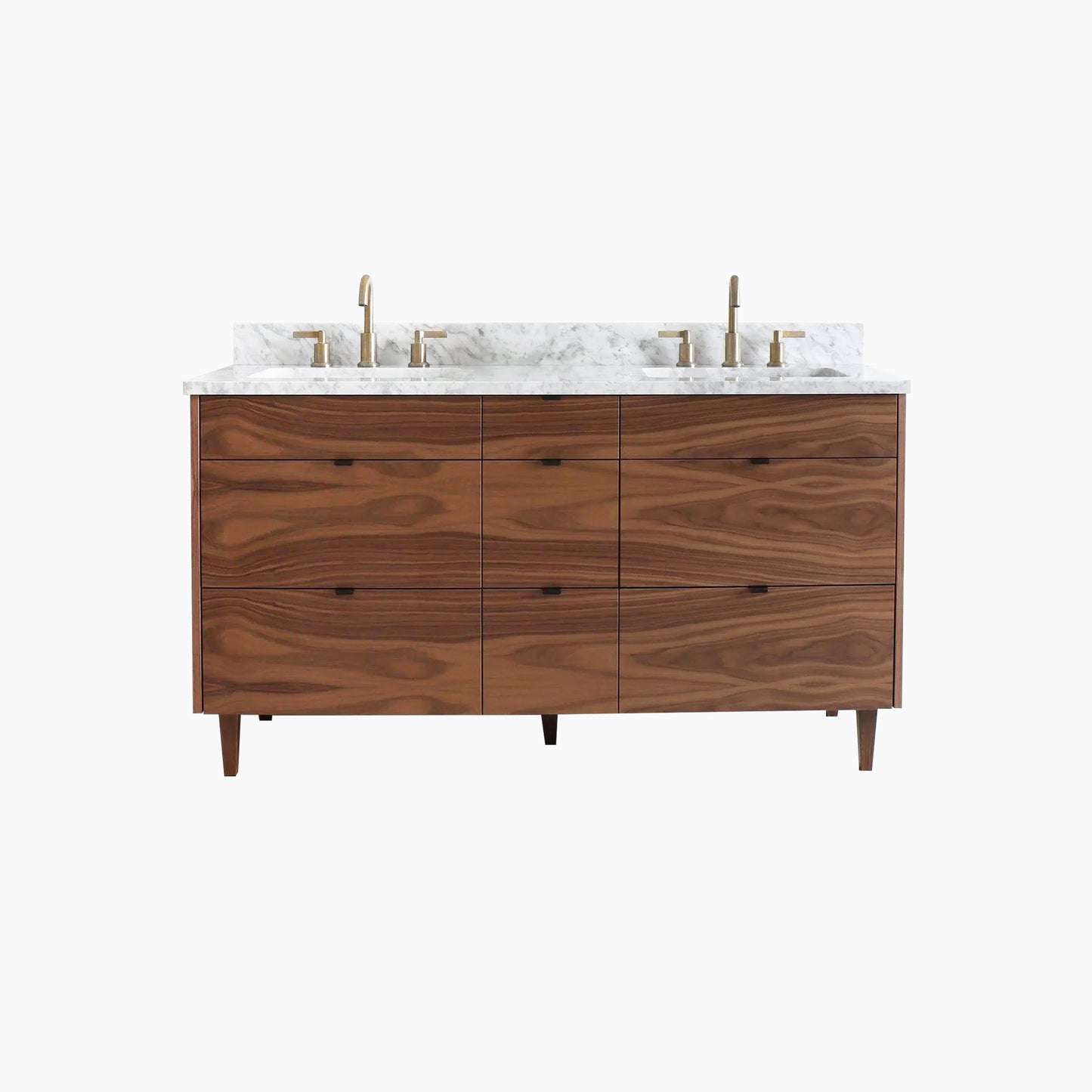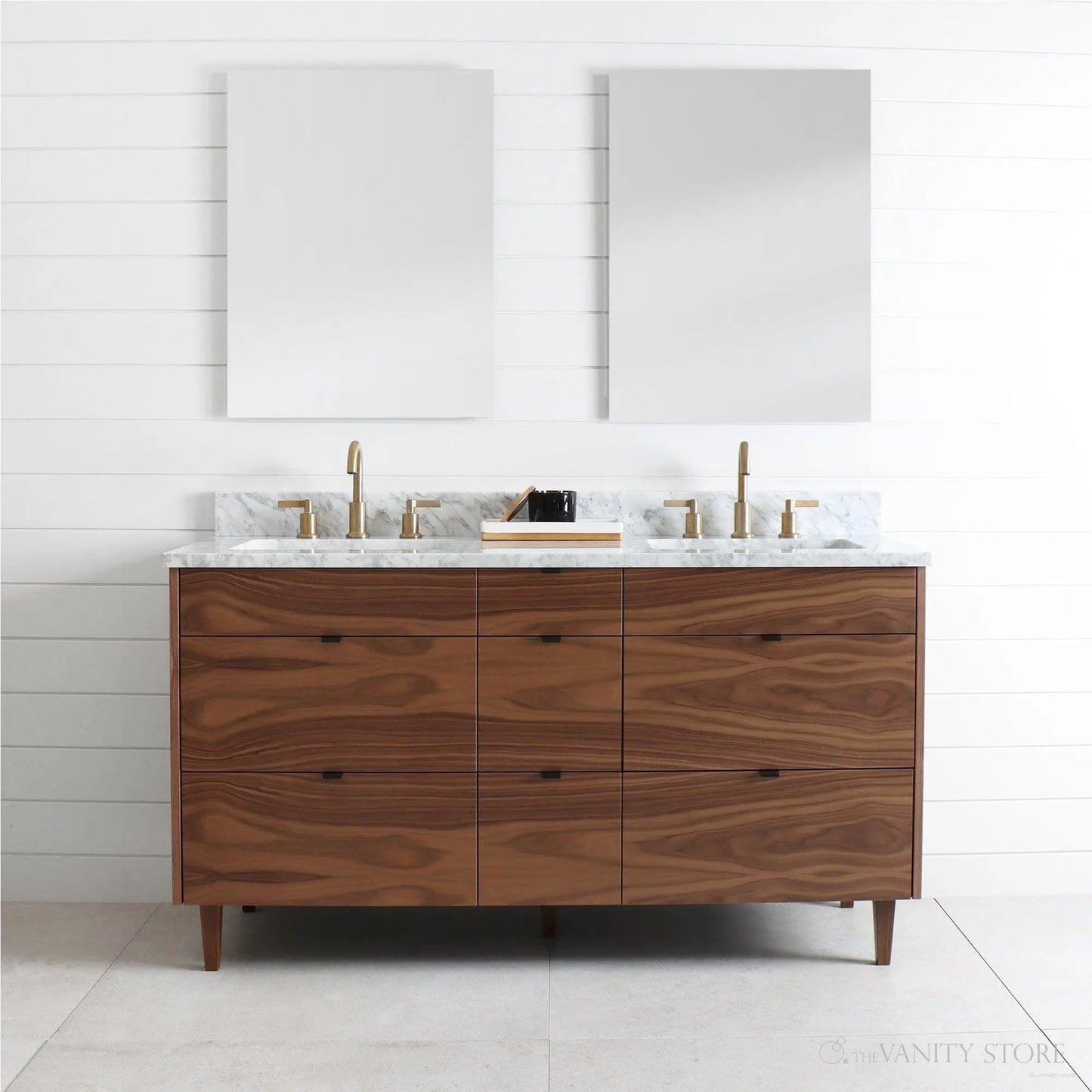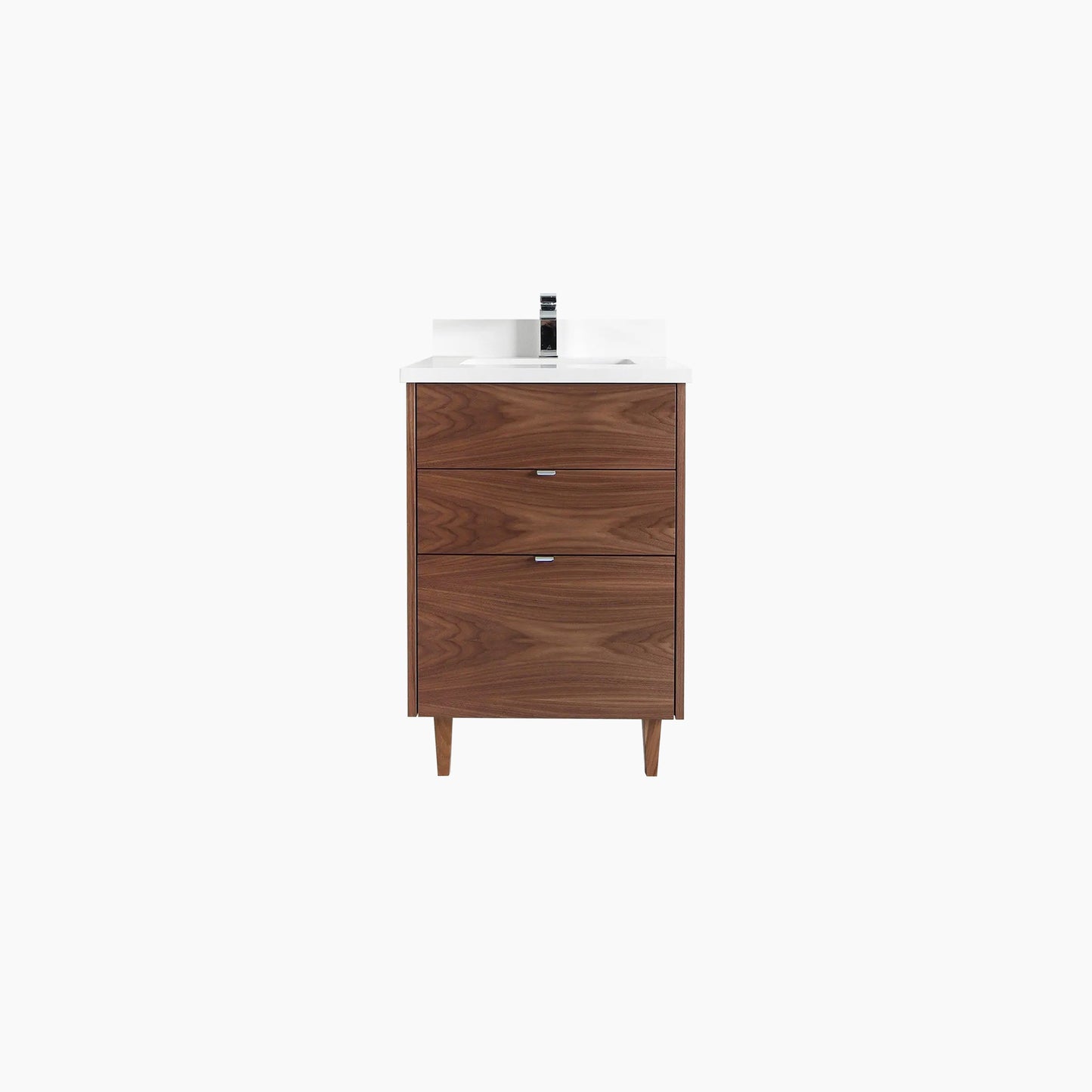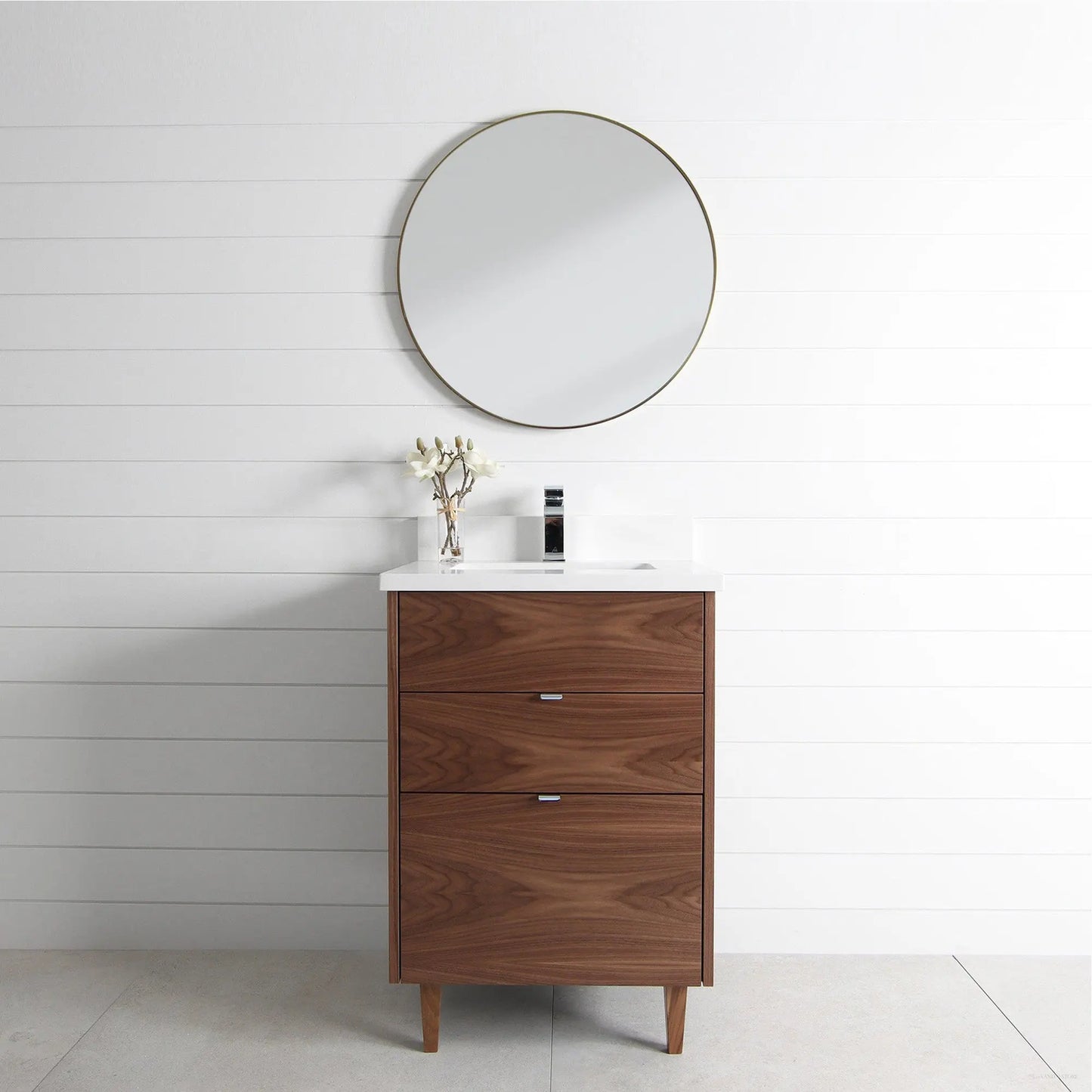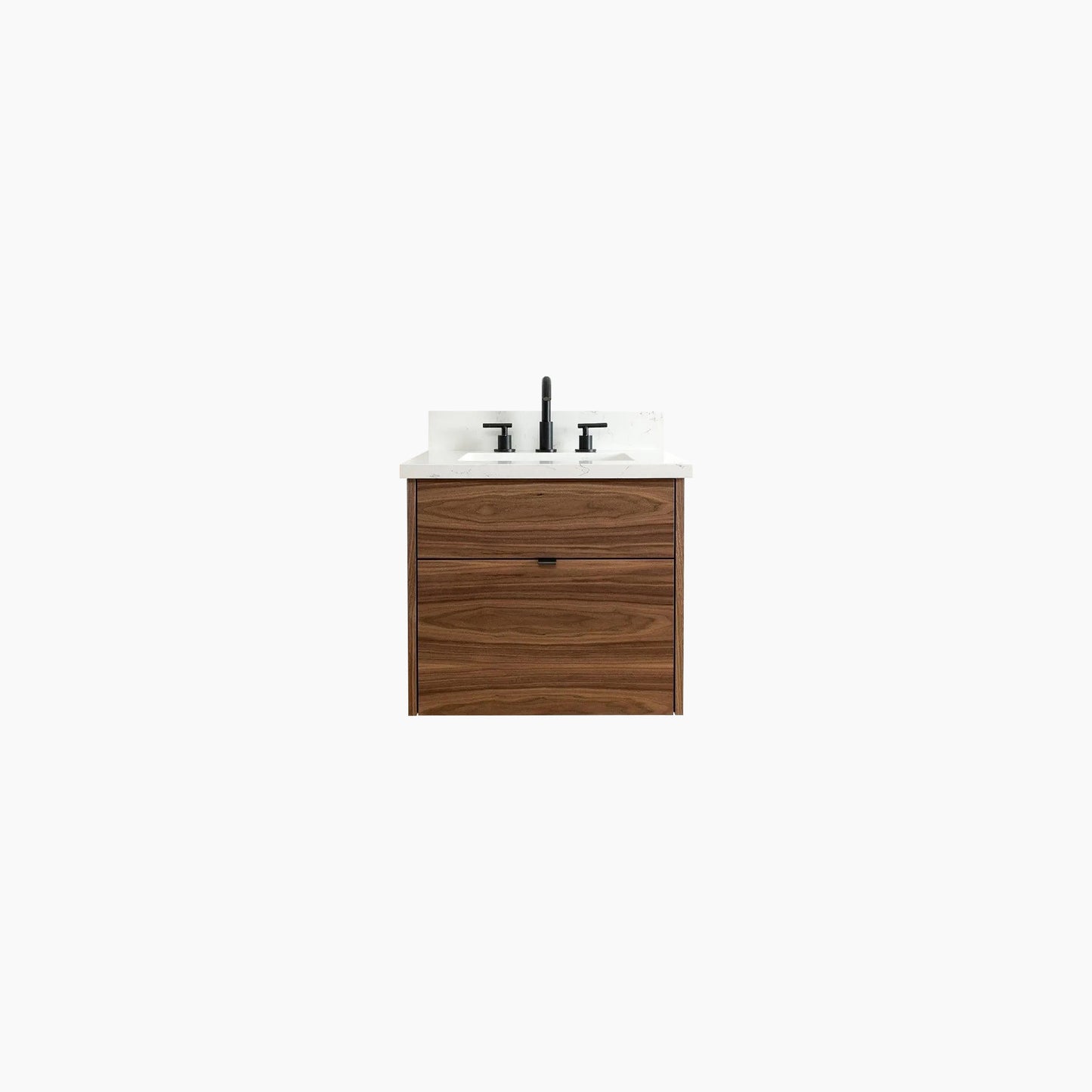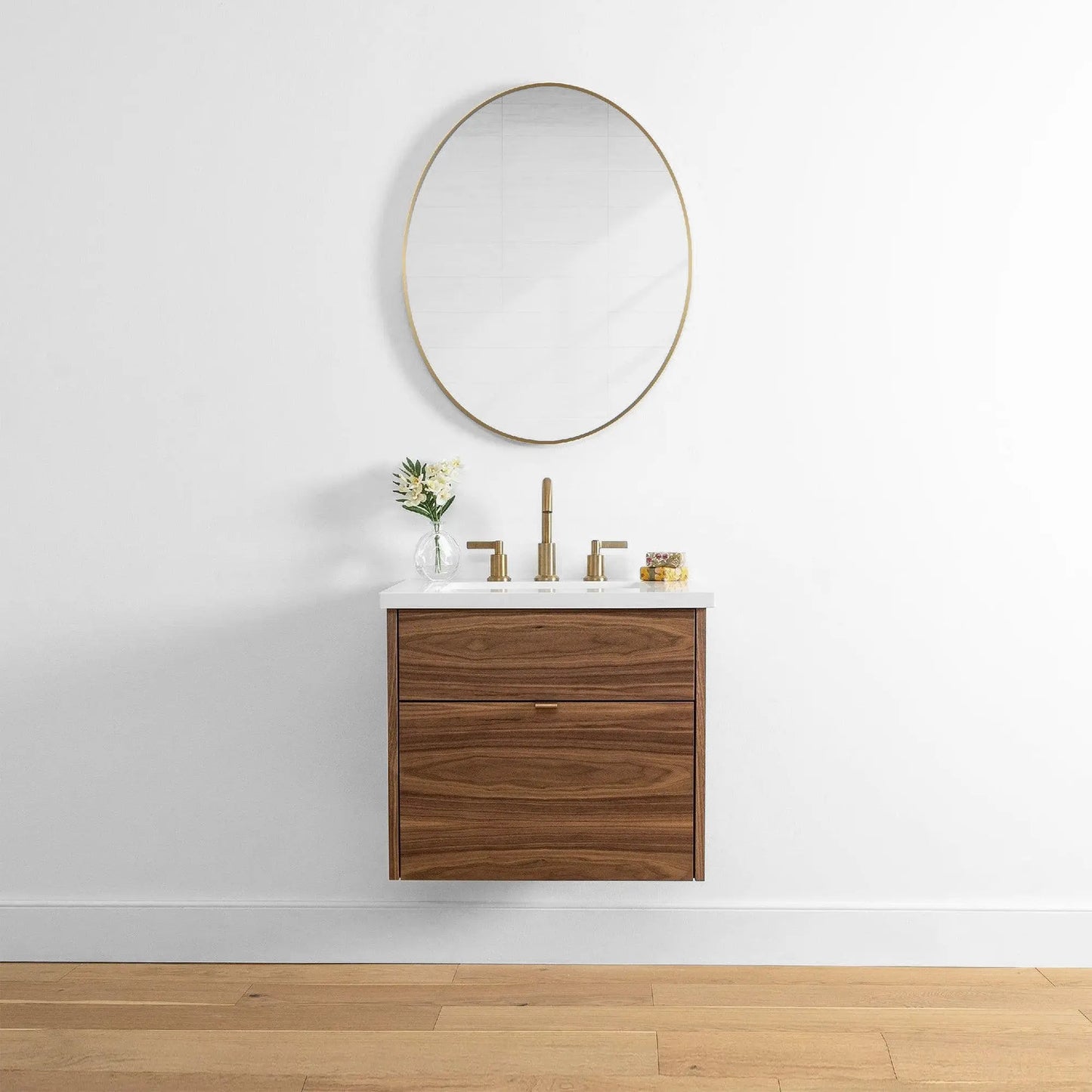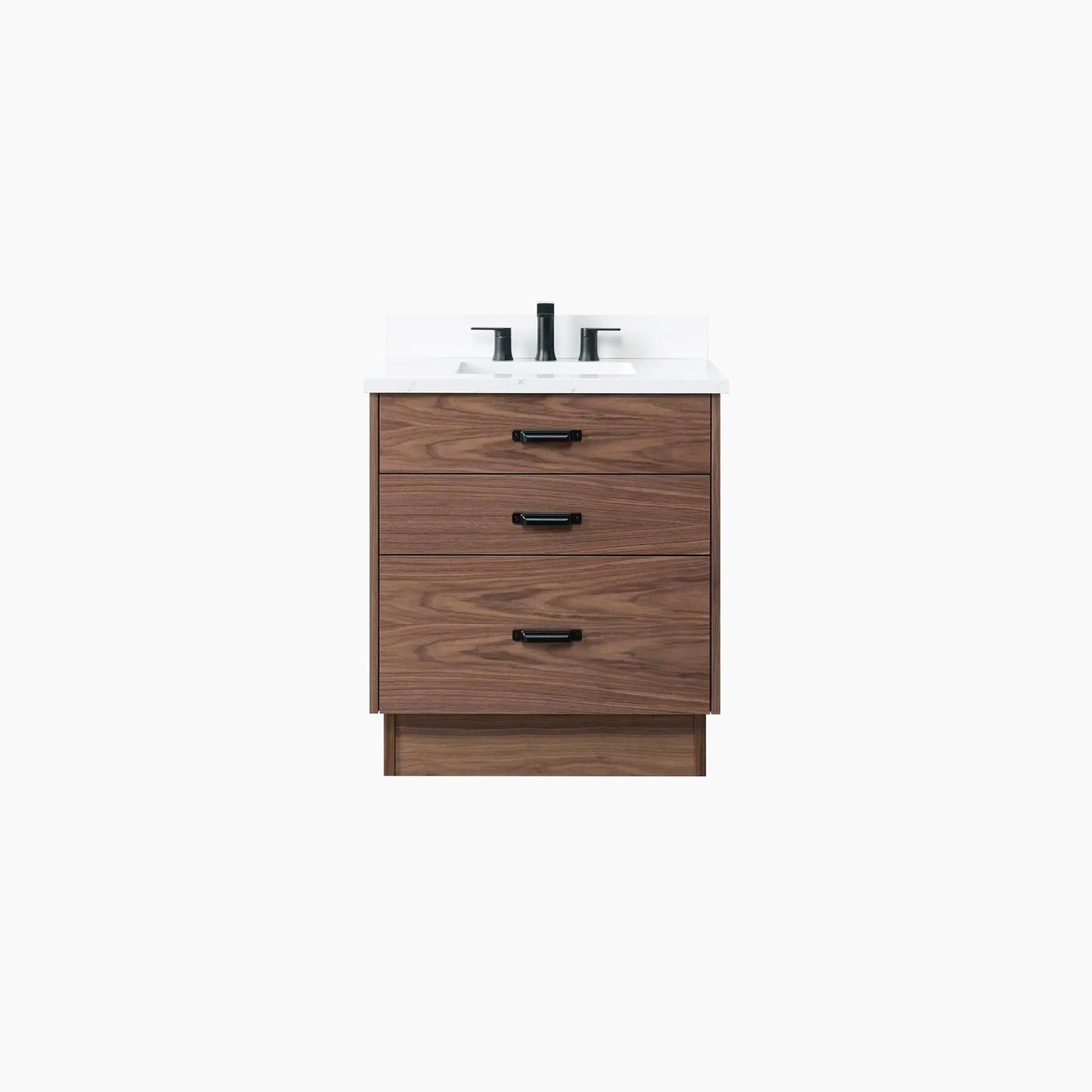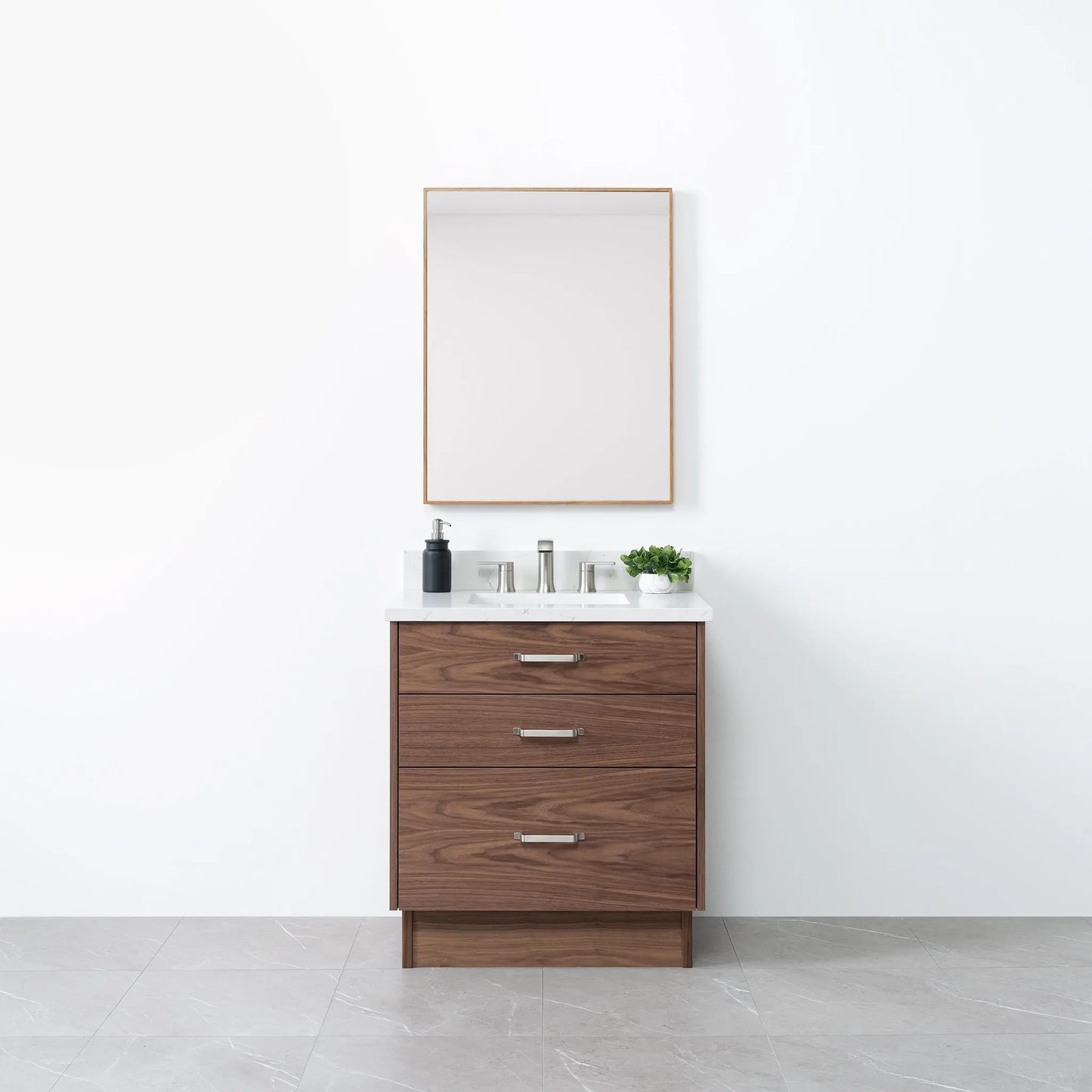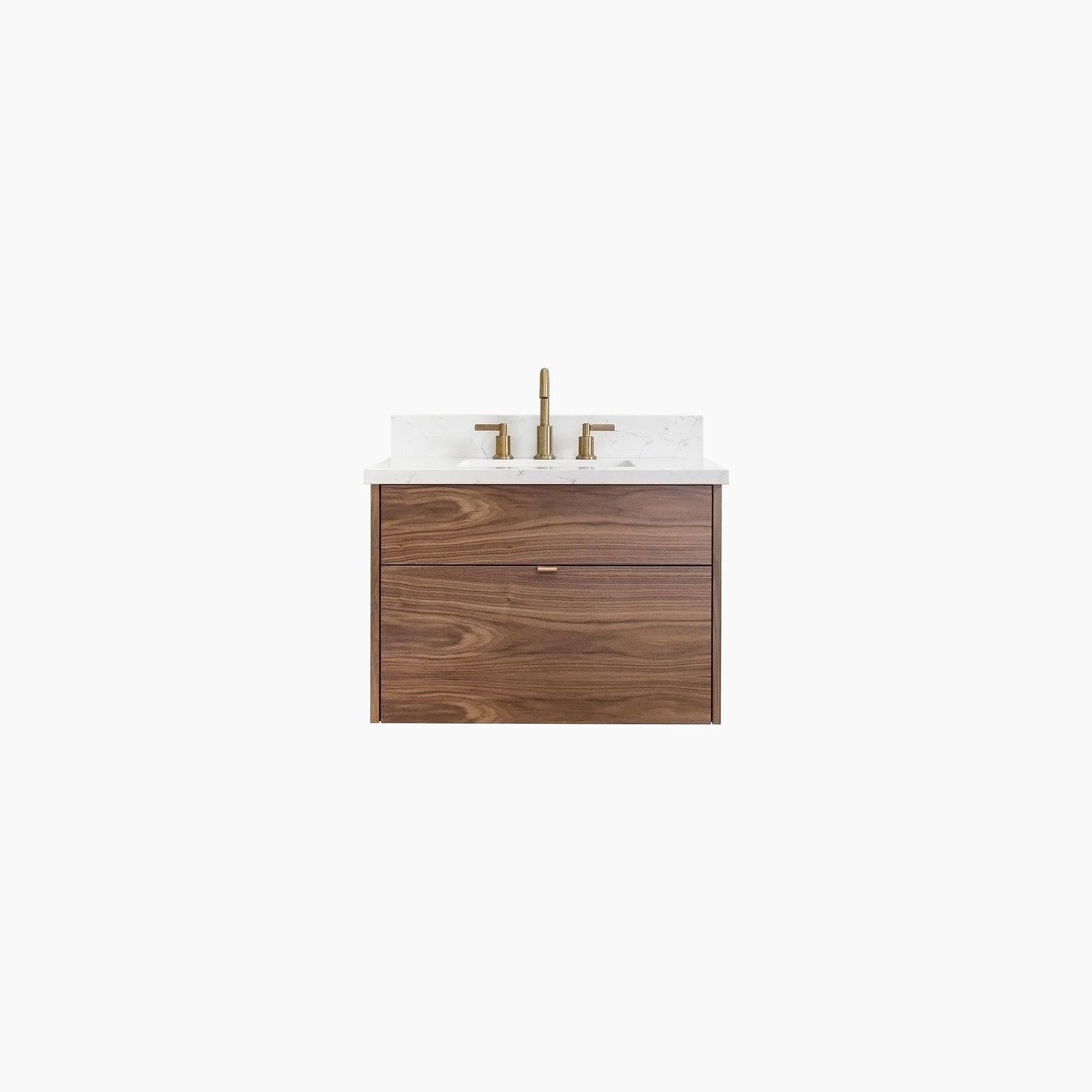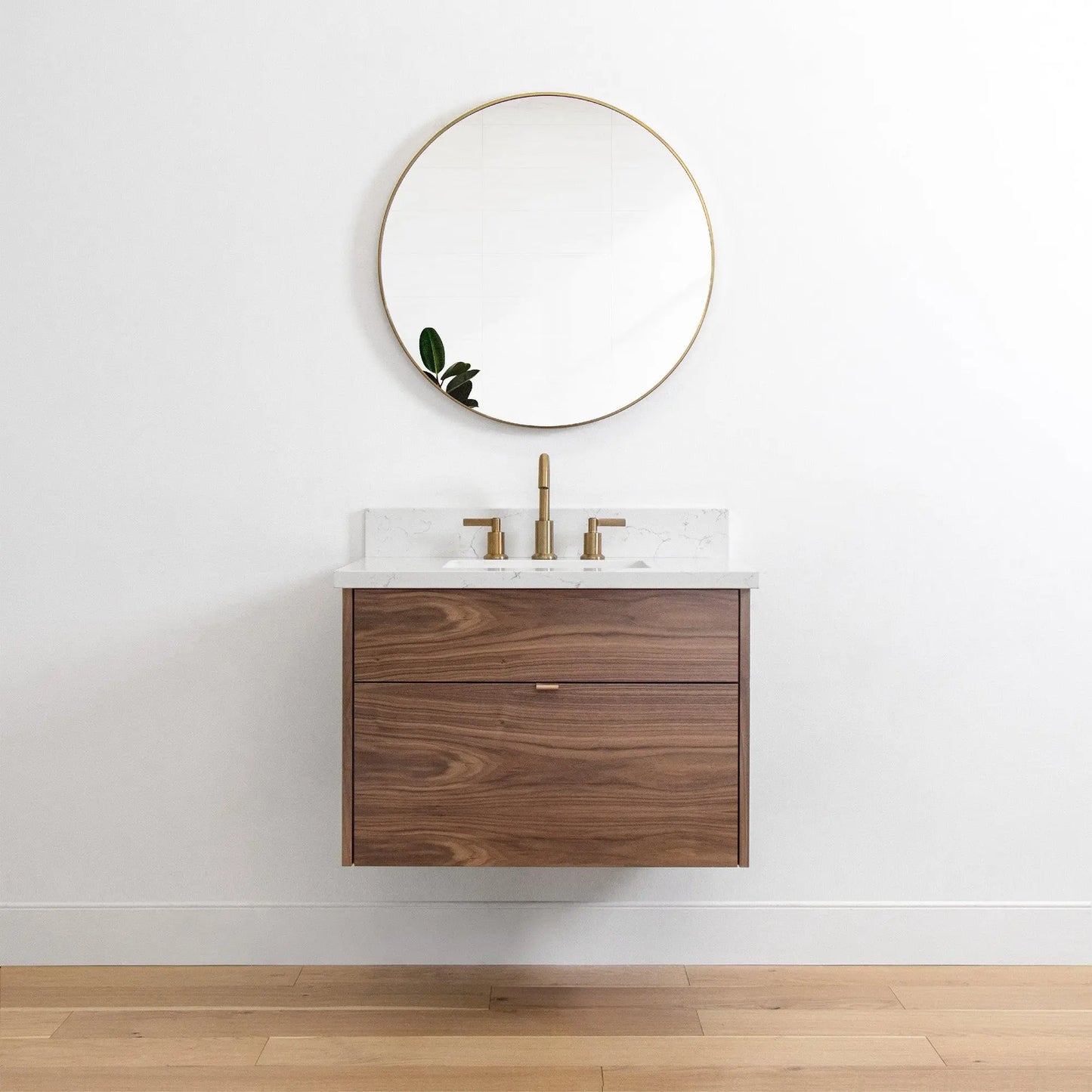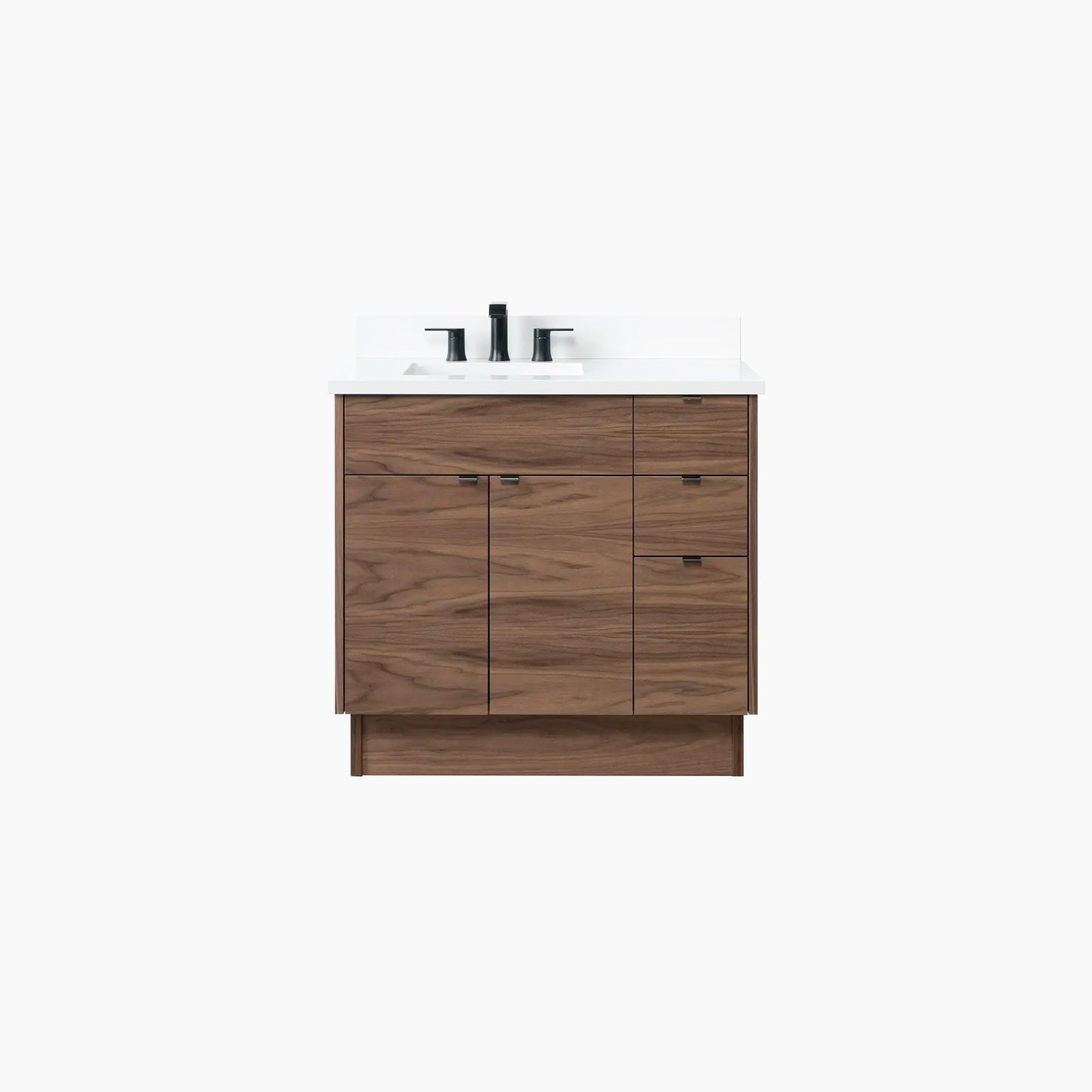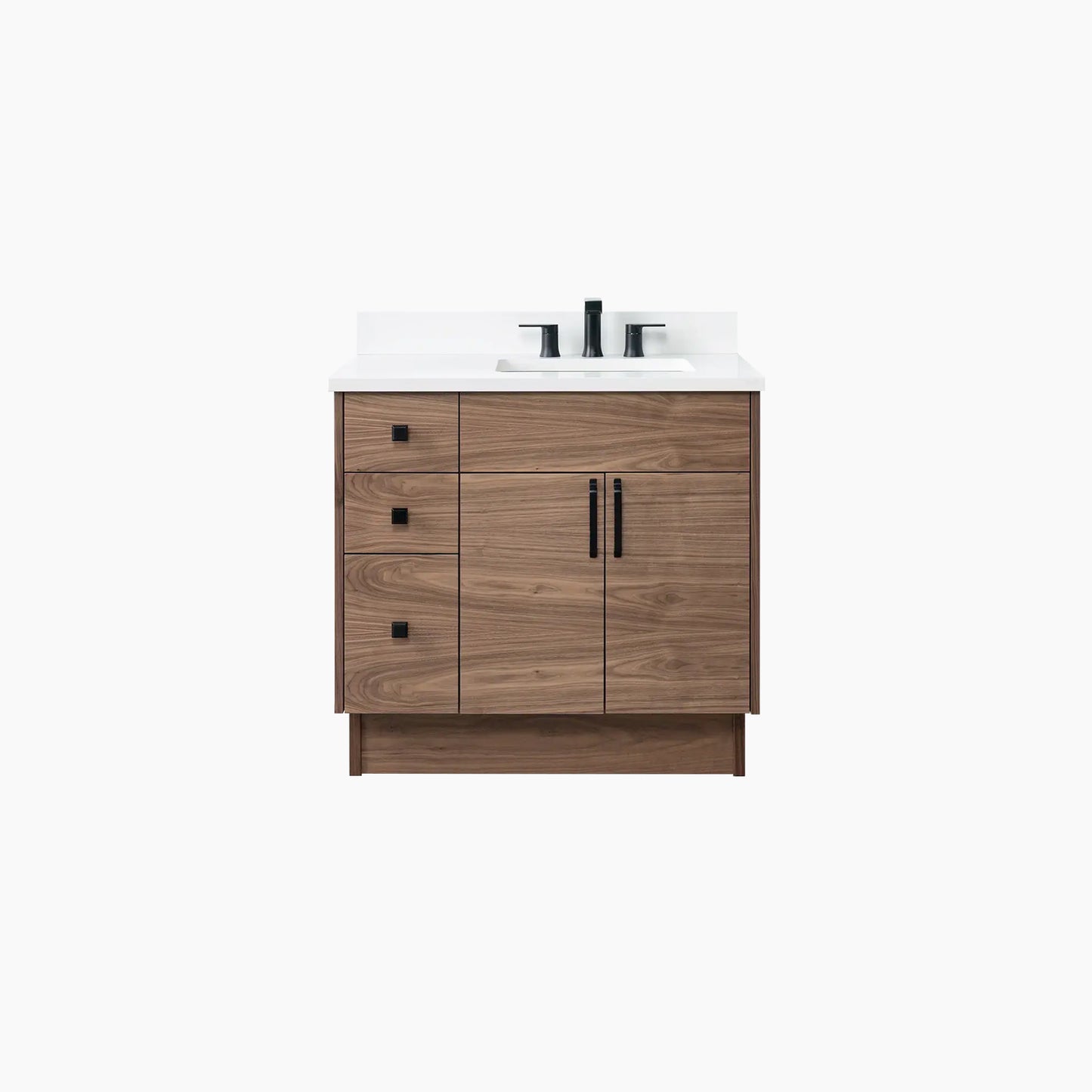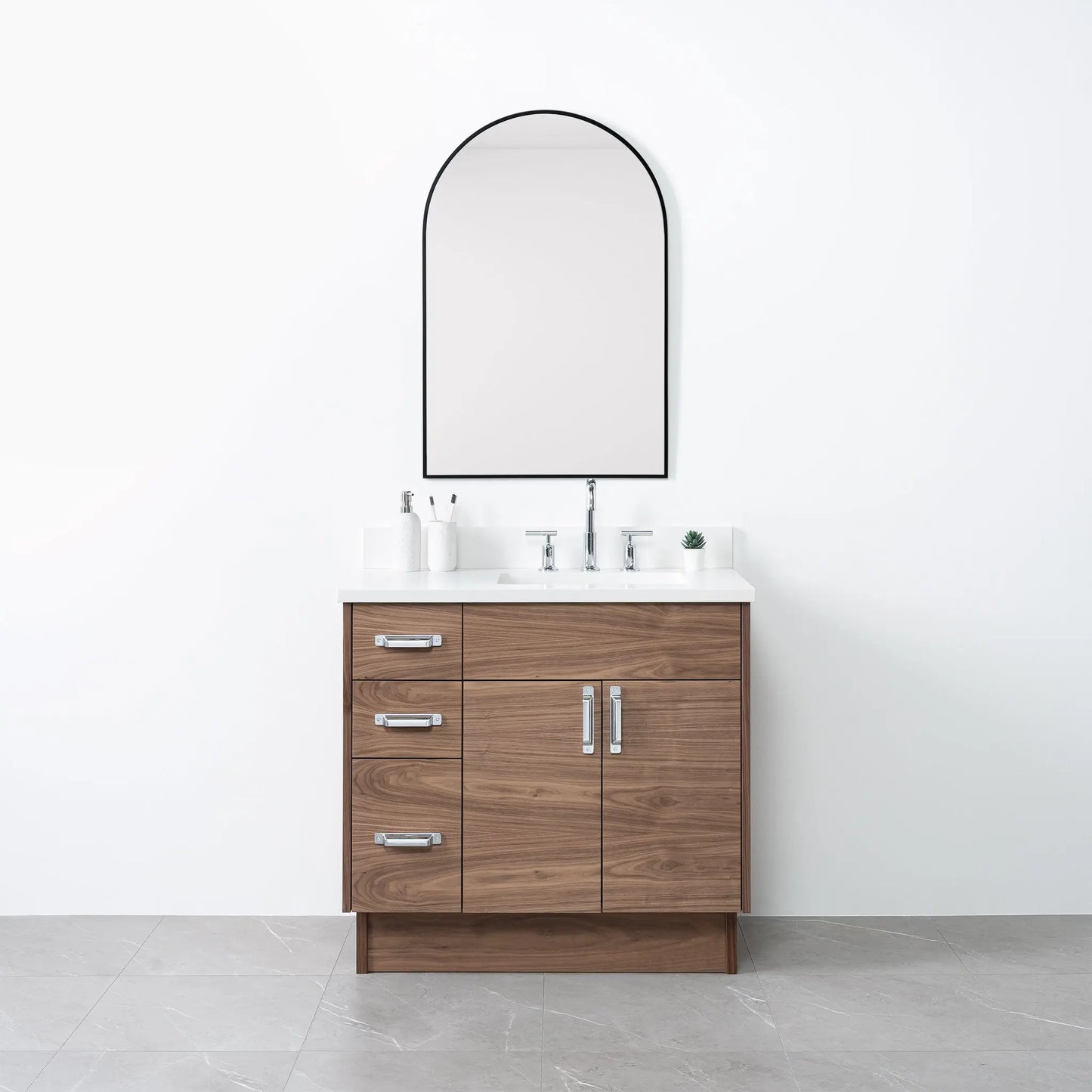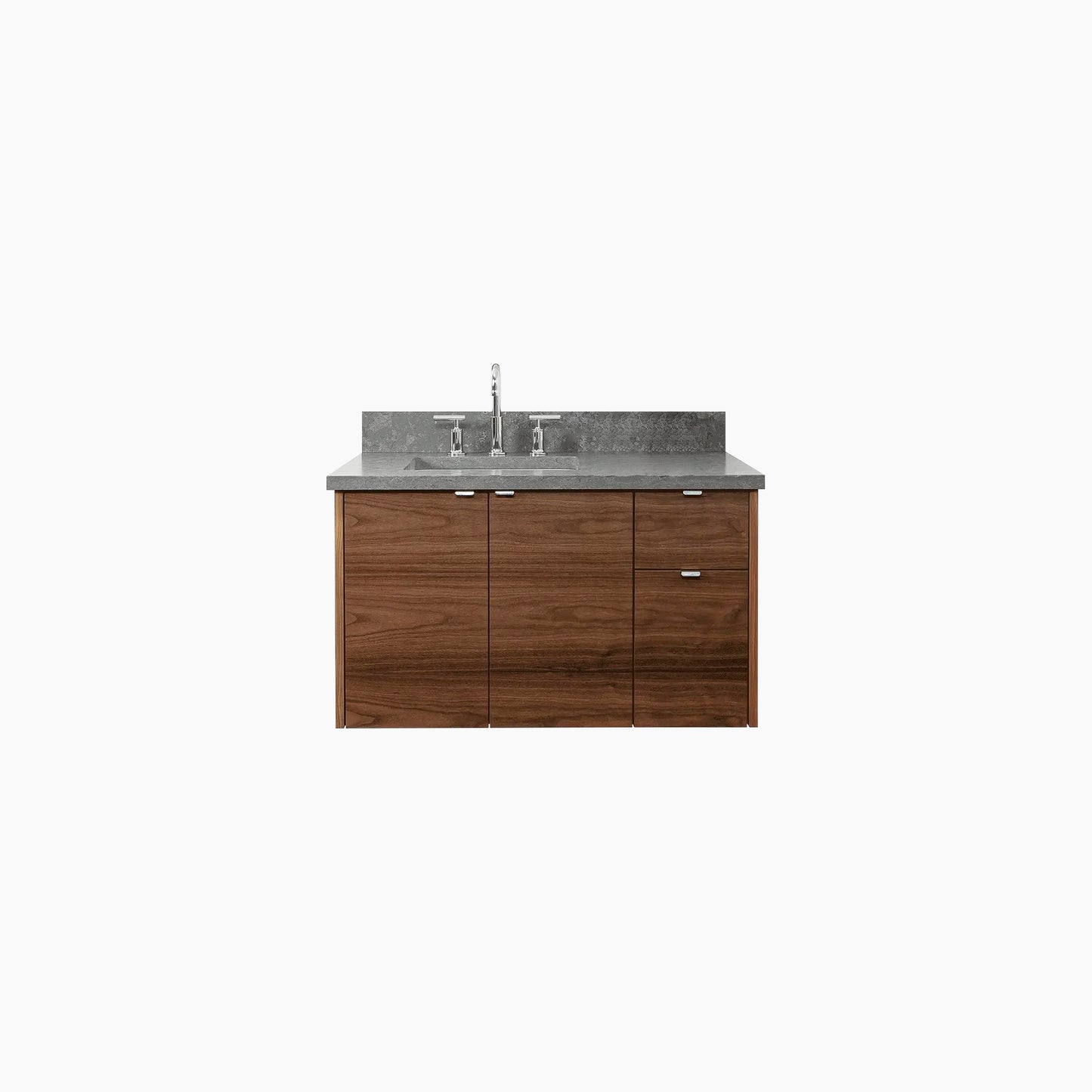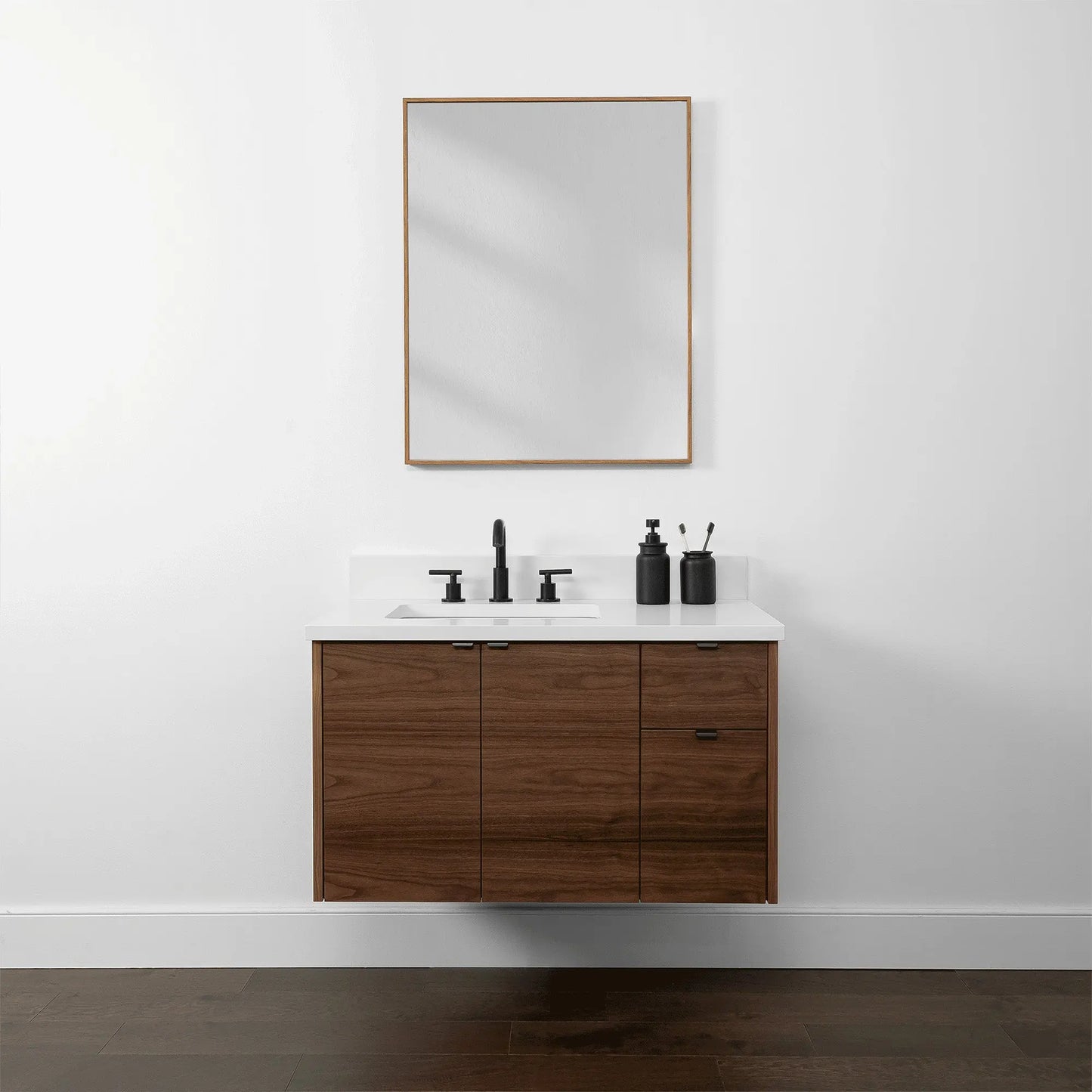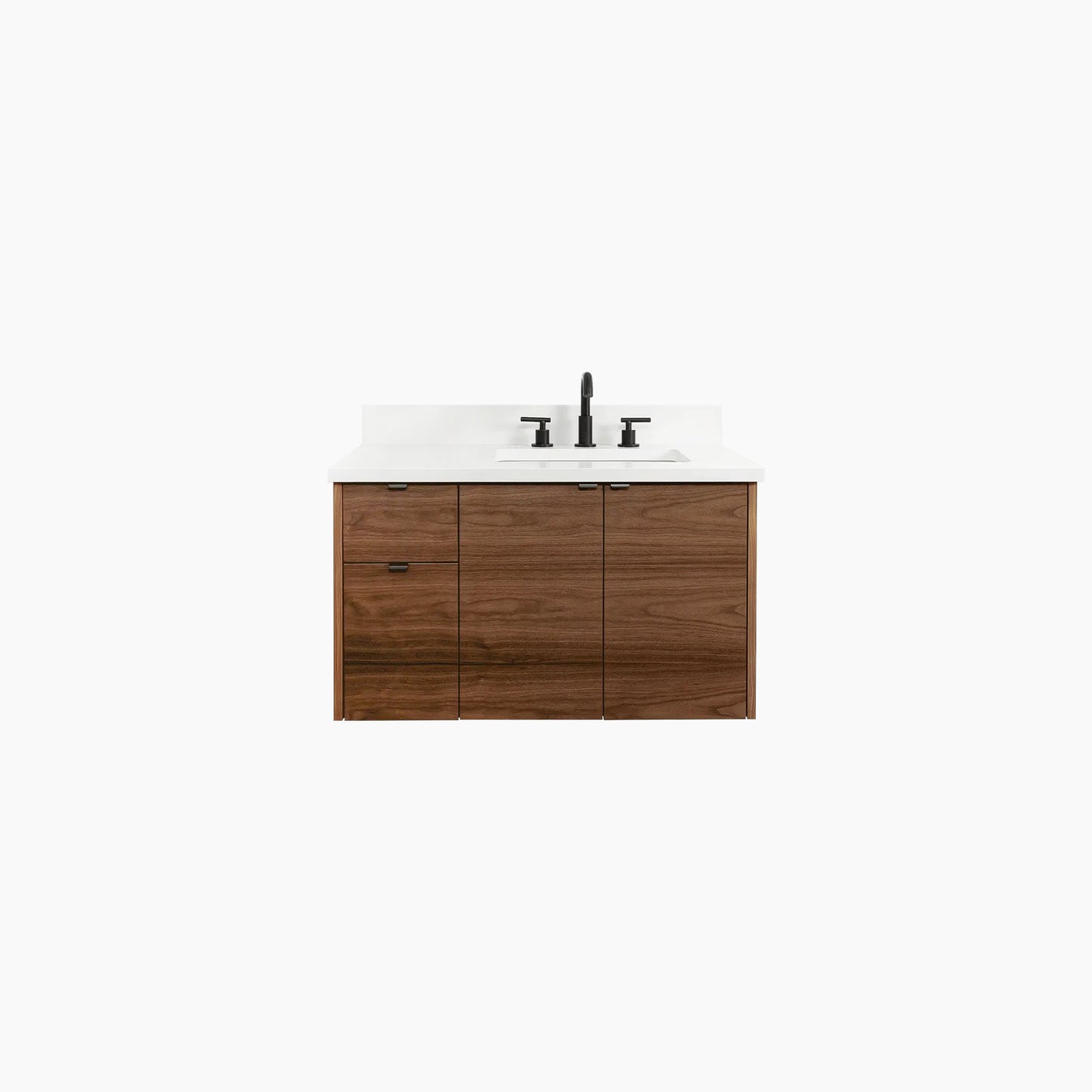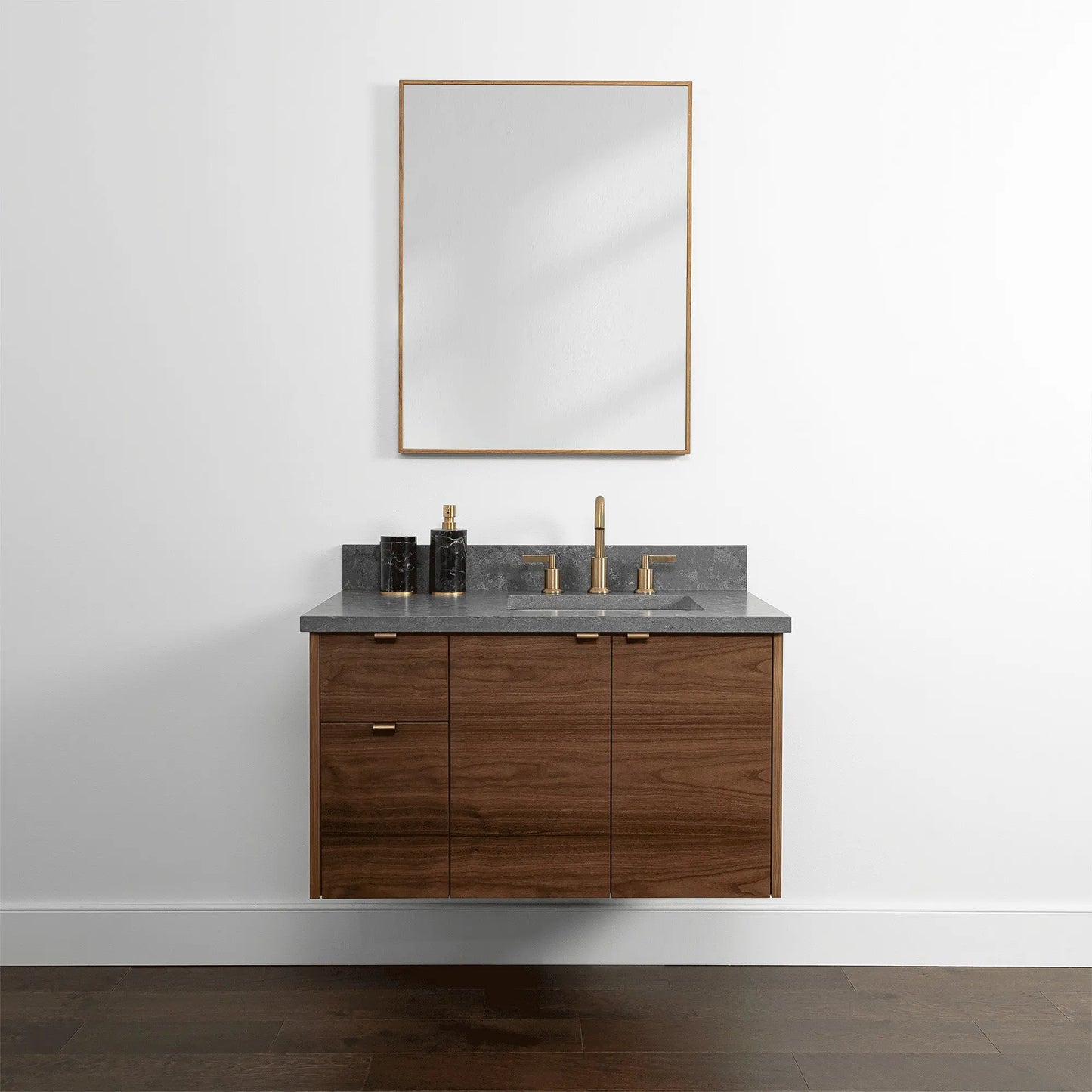Shopping for Canadian Bathroom Vanities? Here’s What to Know
Not sure which bathroom vanities will actually work in your space? Whether you’re updating a small powder room or starting a full renovation, this collection includes options that fit different layouts, no matter the size or setup. All of our vanities are made in Canada with solid wood, soft-close drawers and cabinets, and plenty of storage, so they’re not just made to look good, but to work with how you actually use your bathroom every day.
Not sure what size you need? One of the most common questions we get is whether a 60 or 72 inch double sink vanity will fit in a shared bathroom. It usually depends on your floor plan, but if two people use the space at the same time, double sink bathroom vanities can help you both get ready without waiting. For smaller layouts, single sink vanity options still give you storage and counter space without making the room feel tight.
Floating vanities are a good choice if you want the bathroom to feel more open. They free up floor space and are easier to clean around, especially in tight areas. If you’re going for something more classic, freestanding styles are available too.
Another common question is how to keep a modern bathroom vanity from looking too plain. It usually comes down to the right finish and layout. Our modern styles are practical and clean-looking, with options like white oak, black walnut, matte black, and satin white, making it easier to coordinate with the materials you already have. And if you’re updating more than one bathroom, there’s enough variation to keep things coordinated without everything looking identical.
Wondering if vanities come with countertops? All of our bath vanities have the option to include a quartz top, or you can skip it if you already have something in mind. To complete the setup, we also offer matching accessories like a bathroom mirror, wall cabinet, or linen cabinet to help you get the storage and look you want.
We offer free shipping anywhere in Canada, so getting a new bathroom vanity delivered is simple. If you’re not sure which size, layout, or finish will work best in your bathroom, our team’s here to help you sort through the options.
